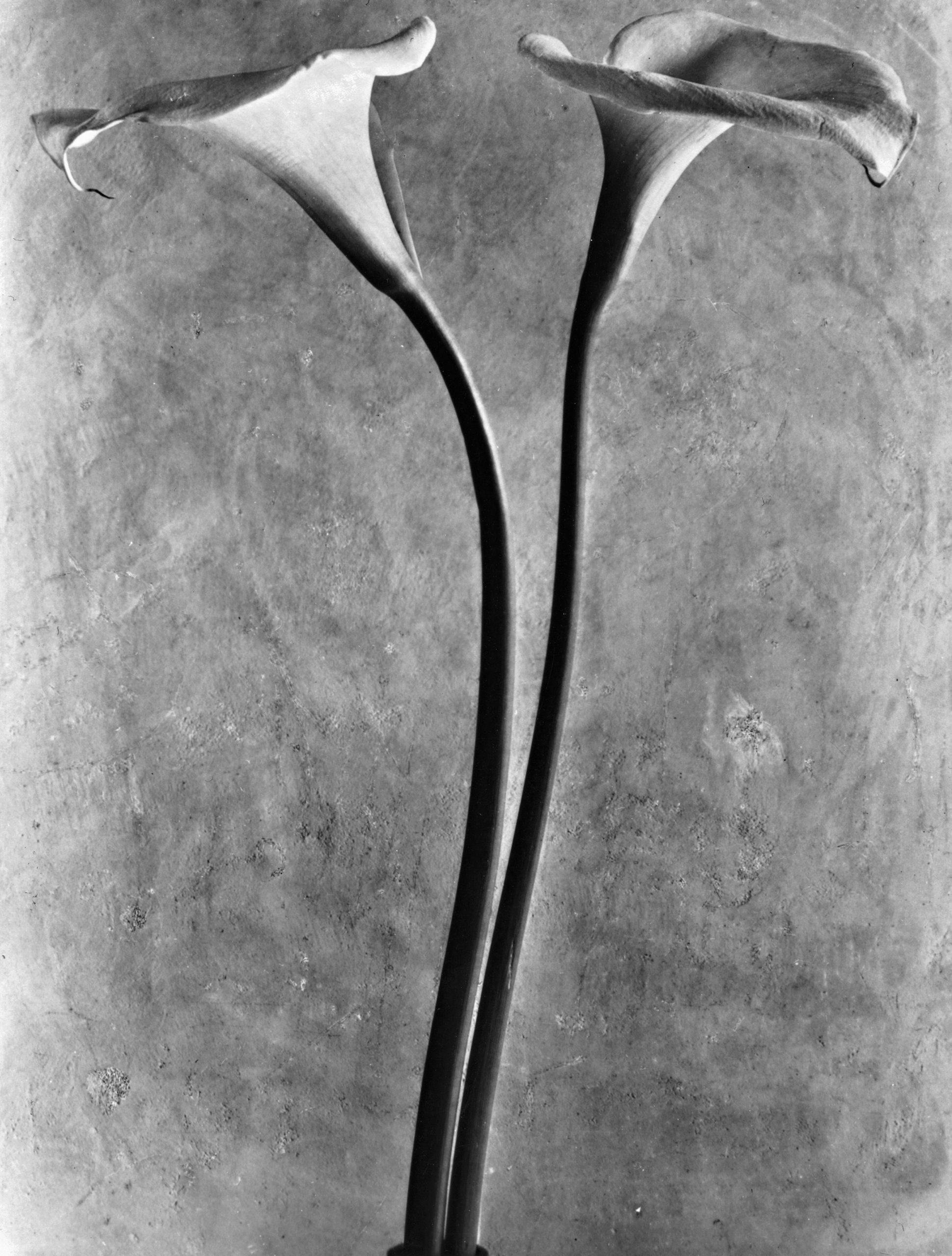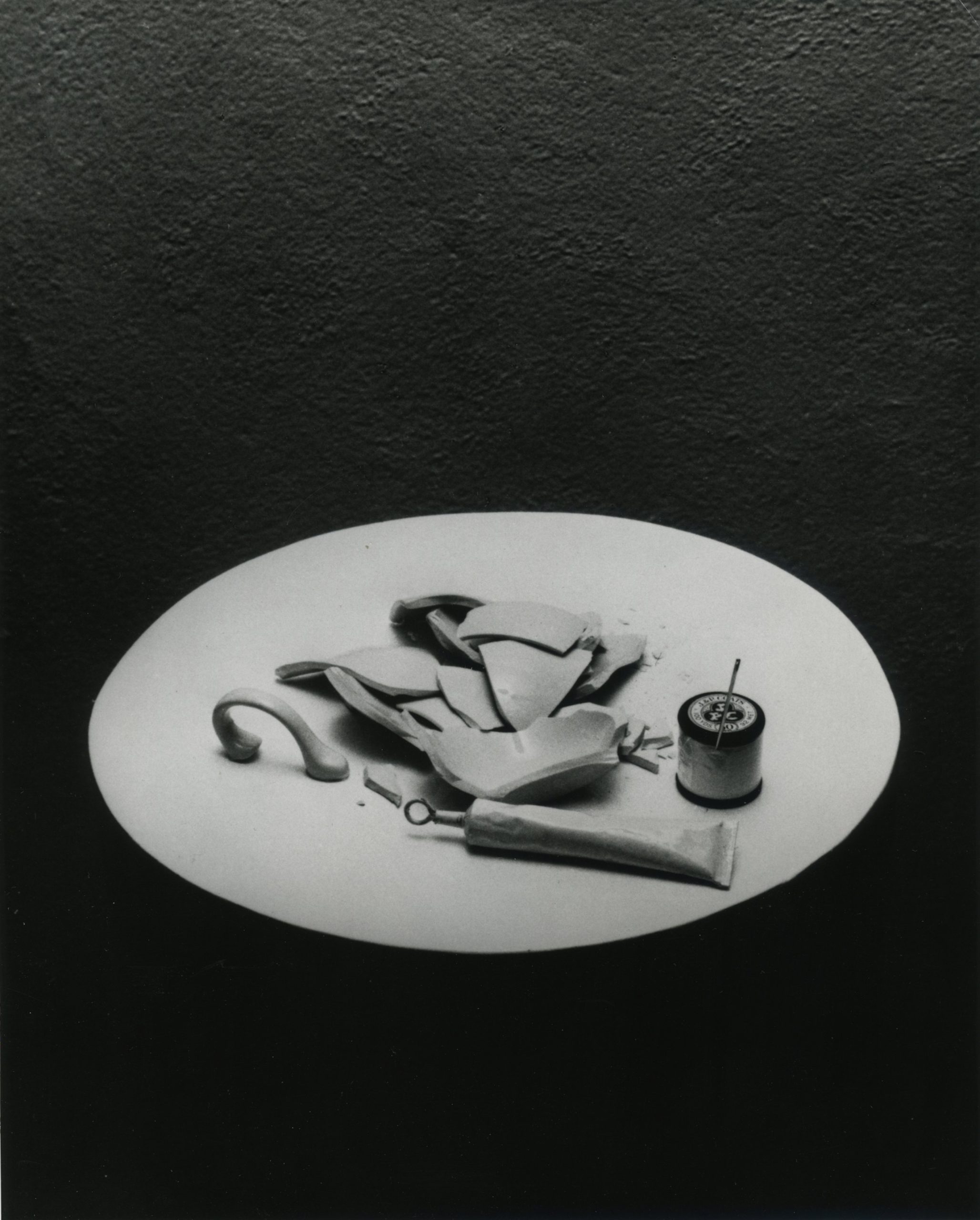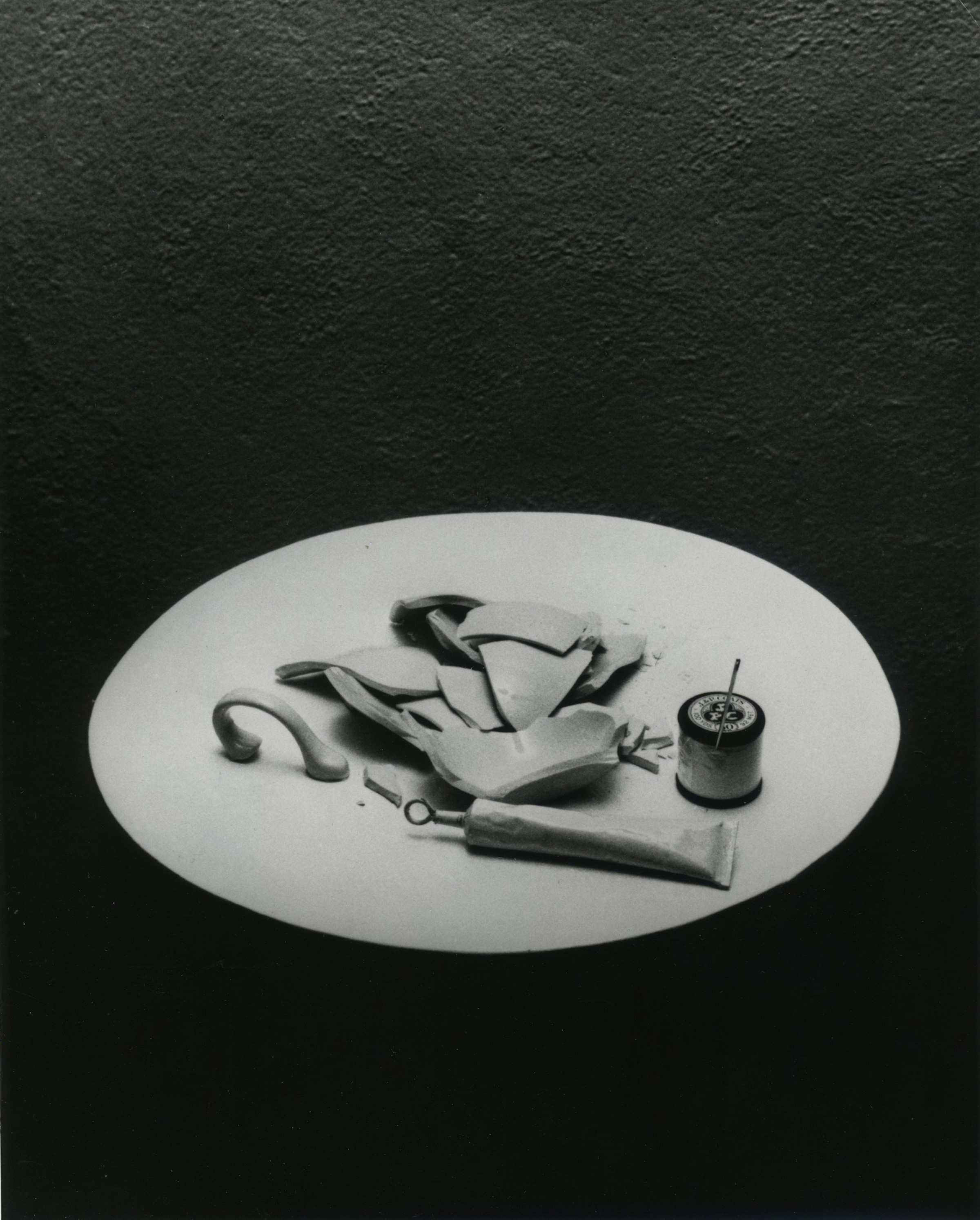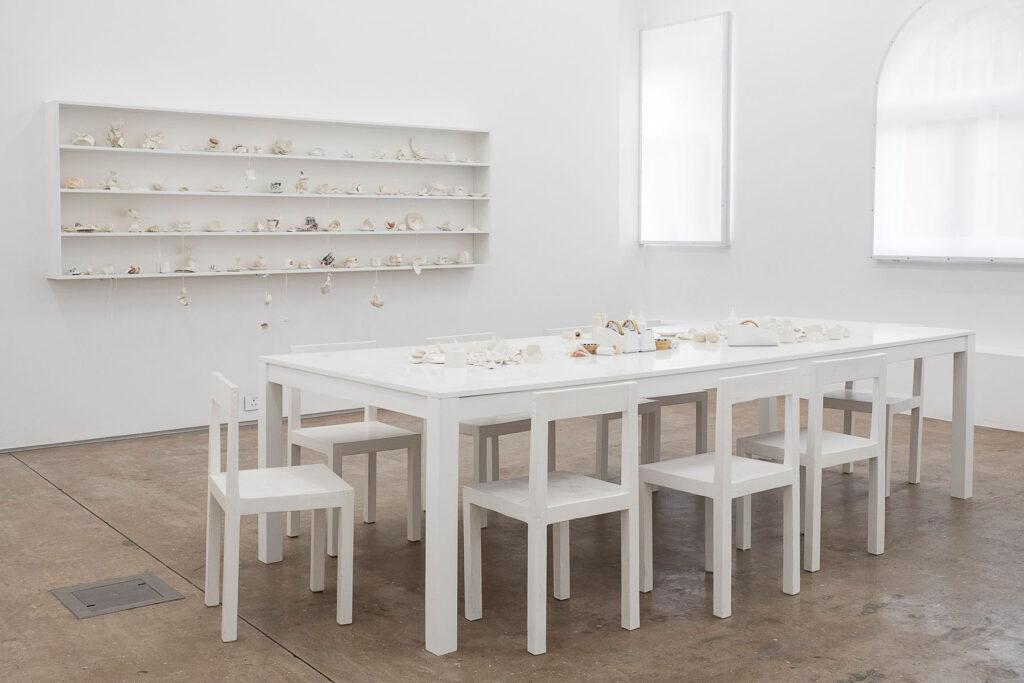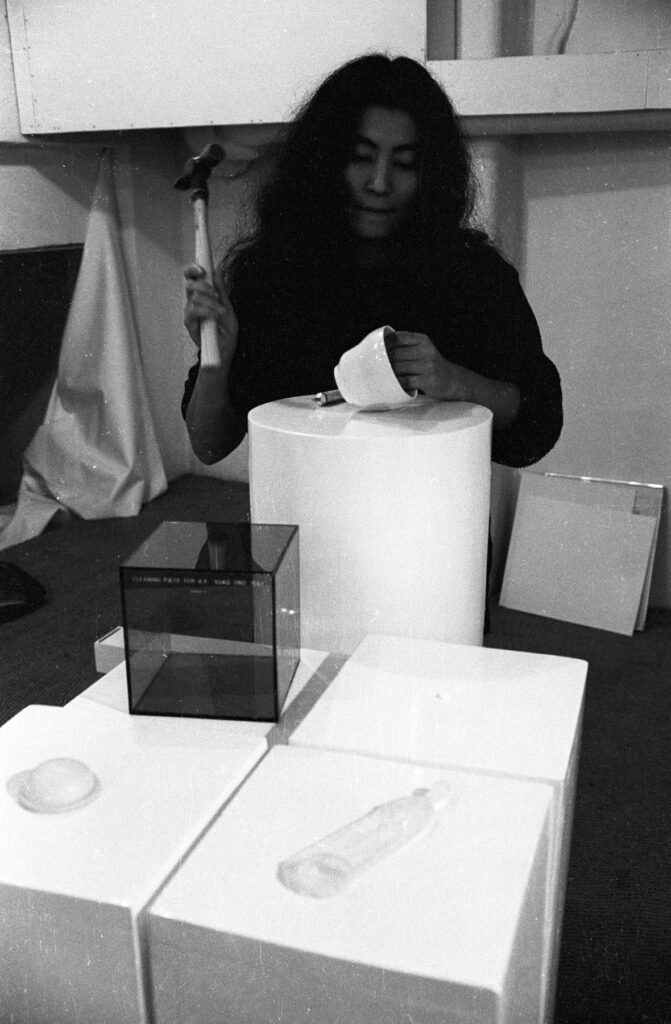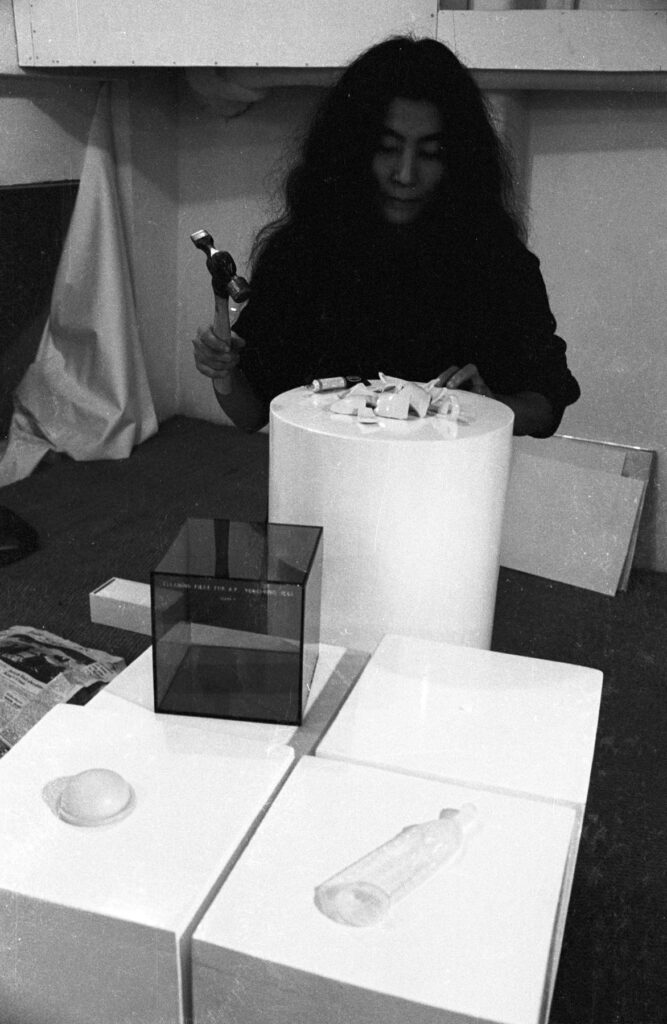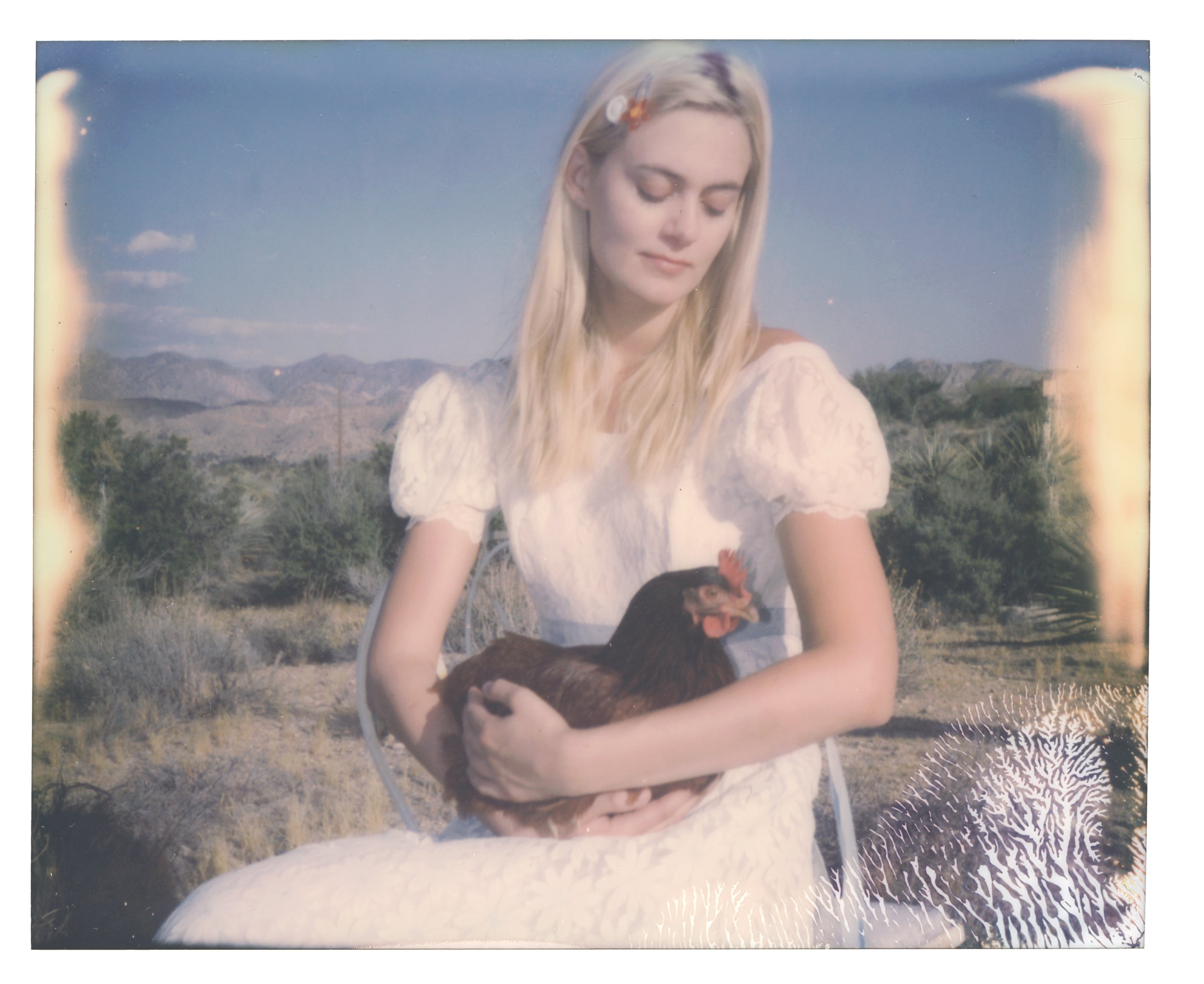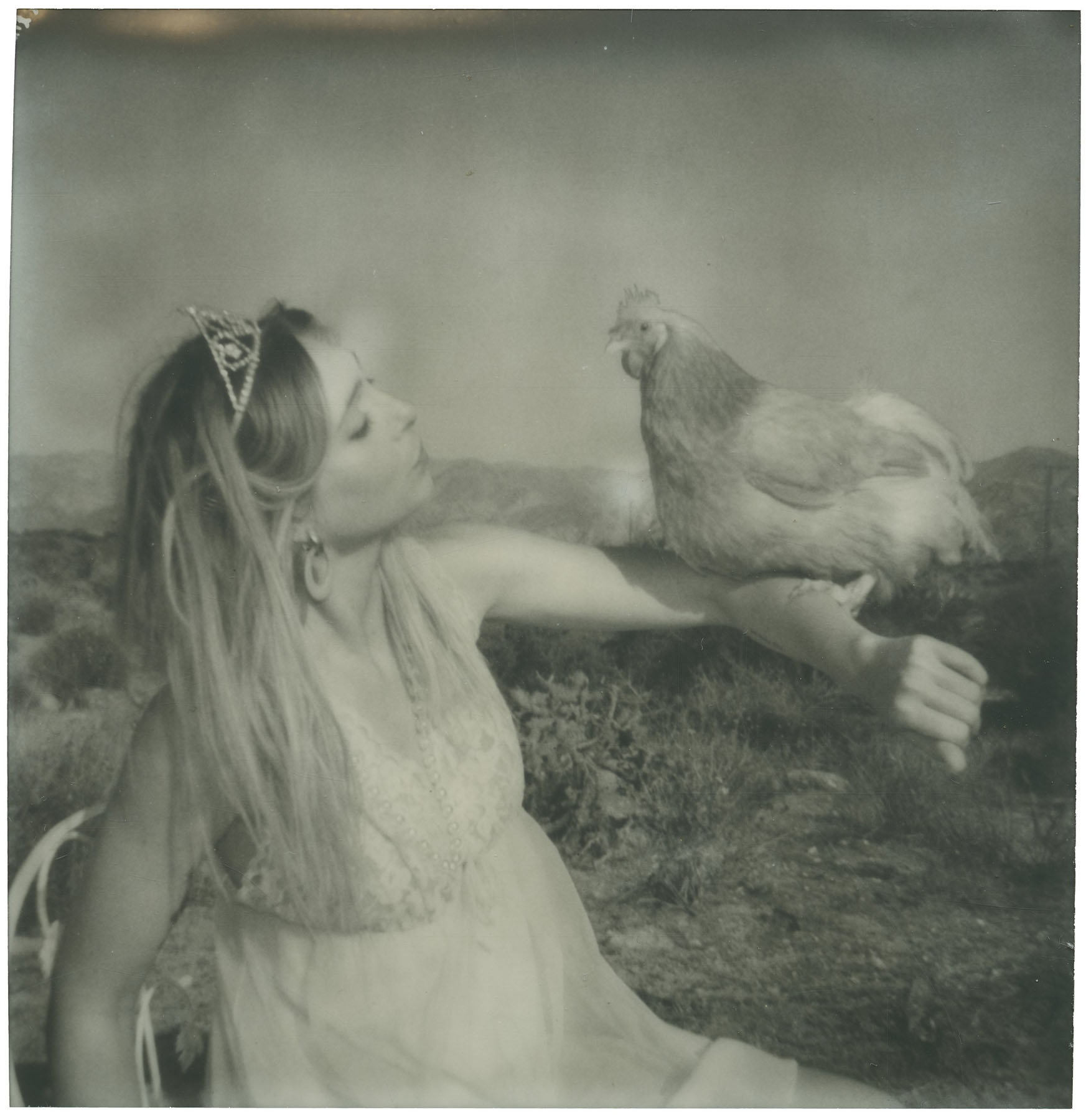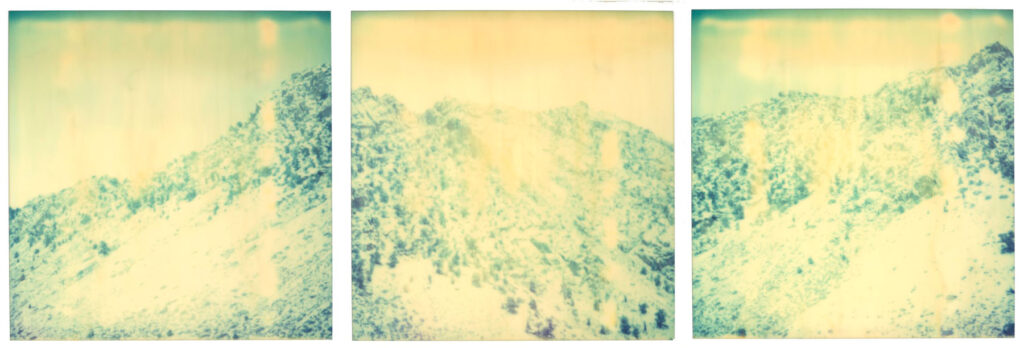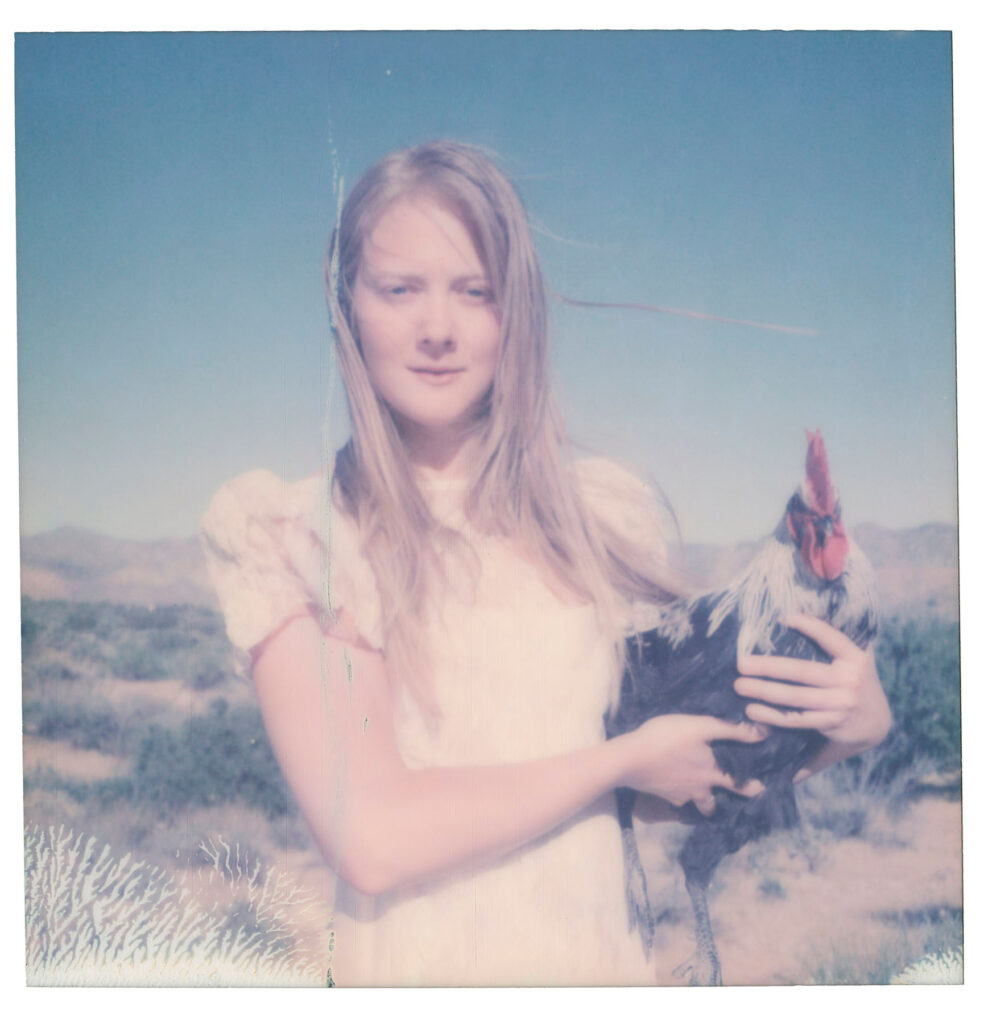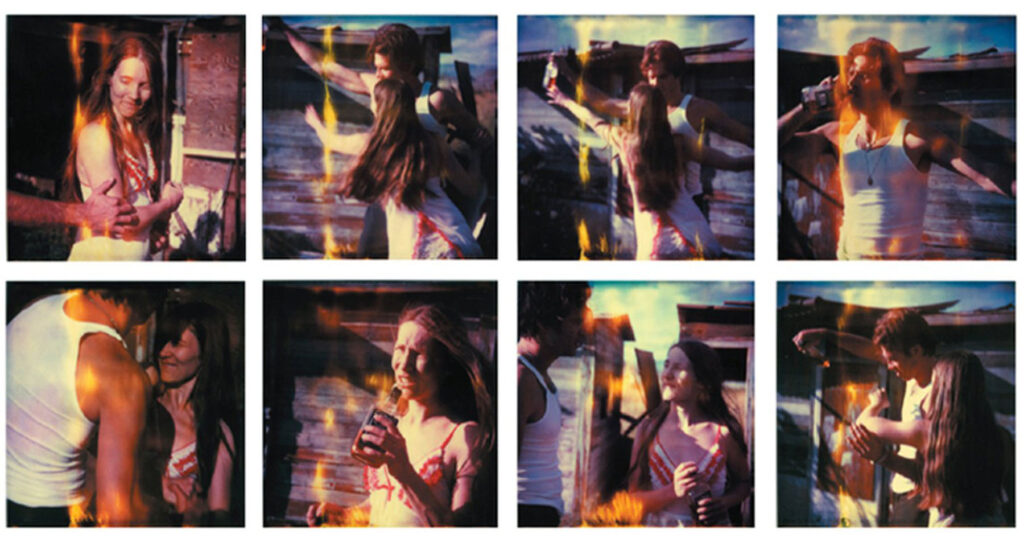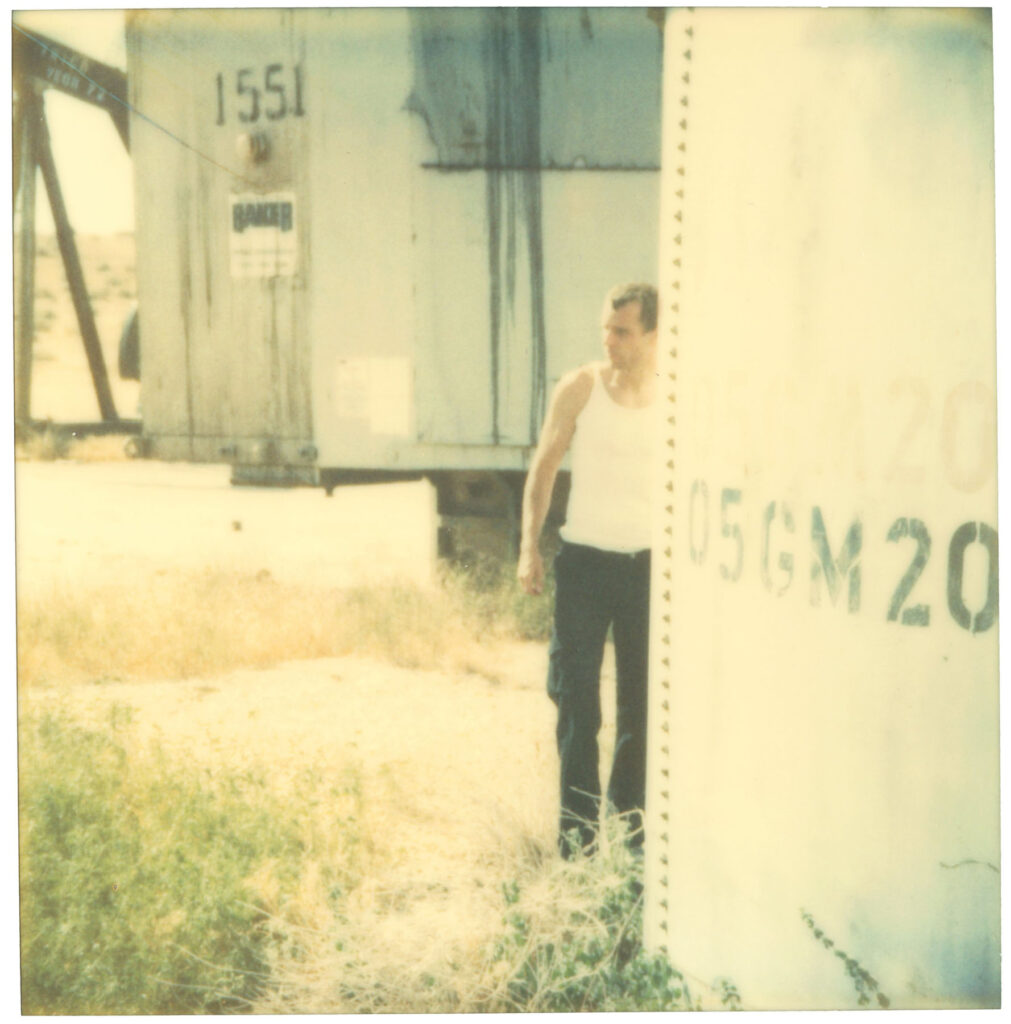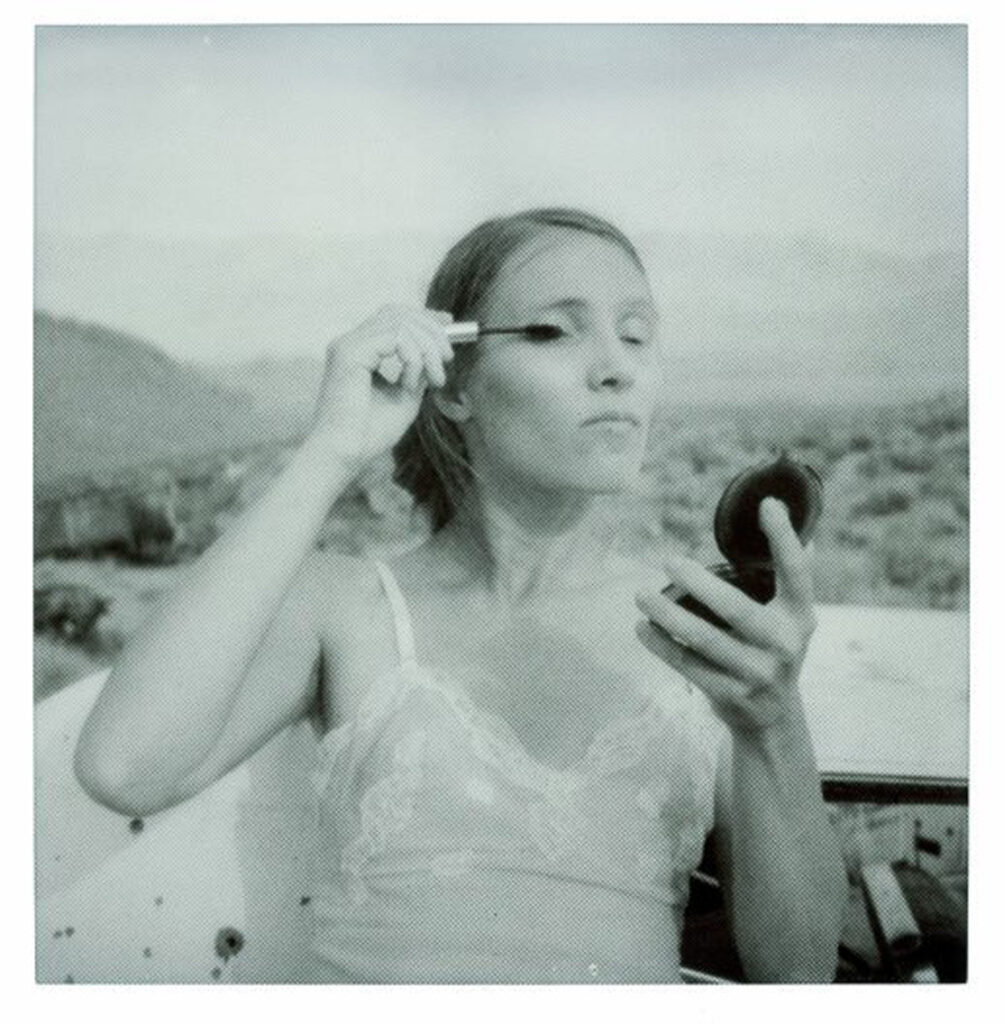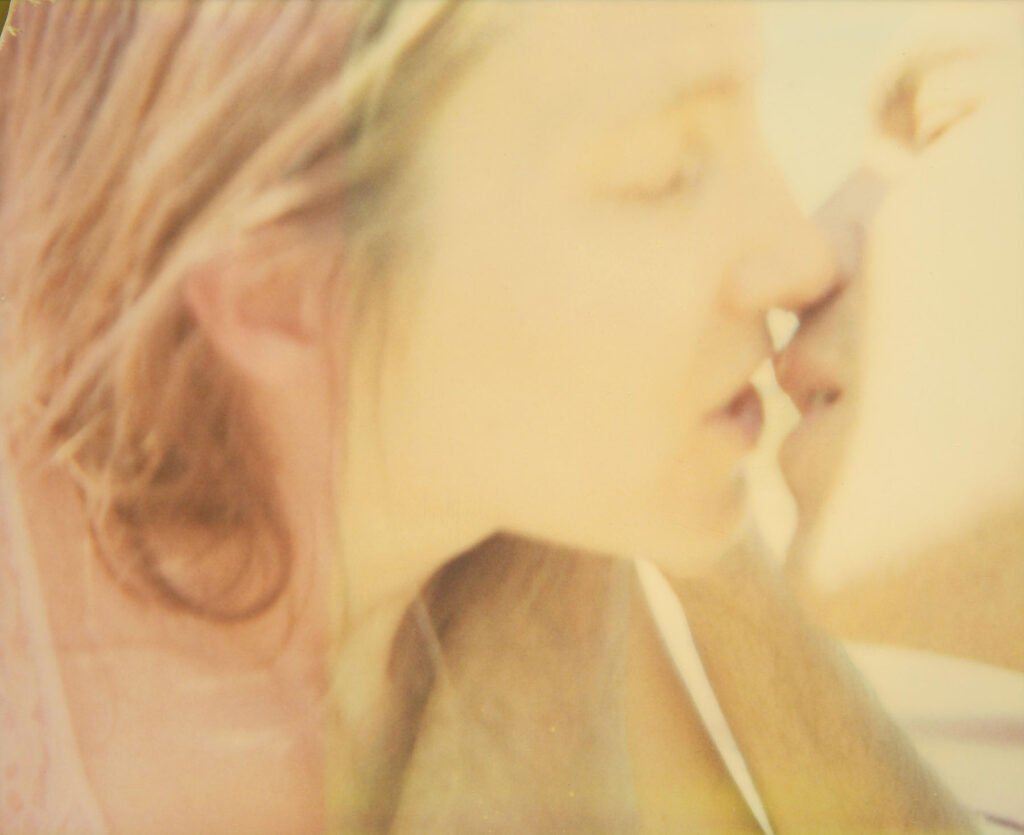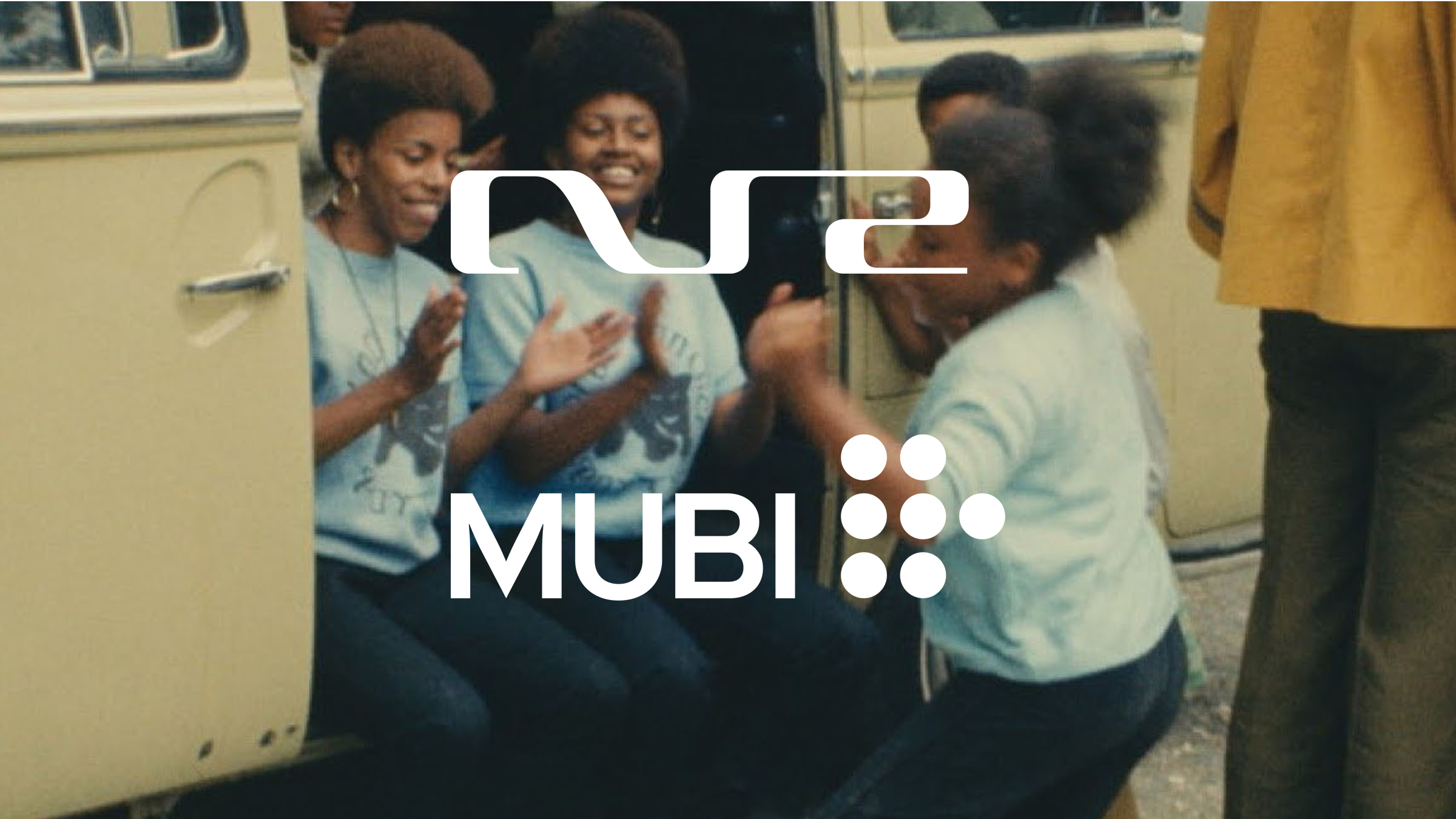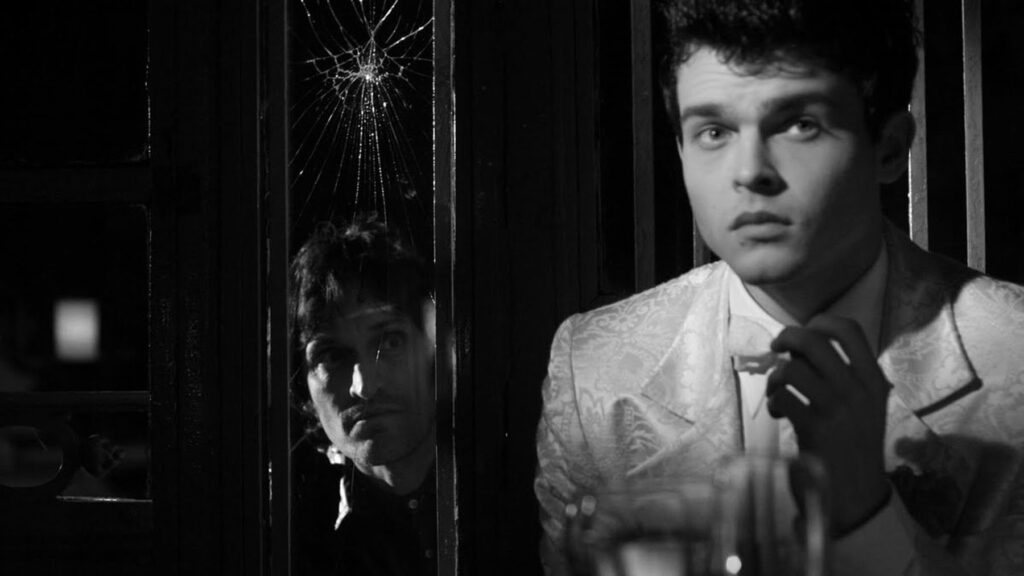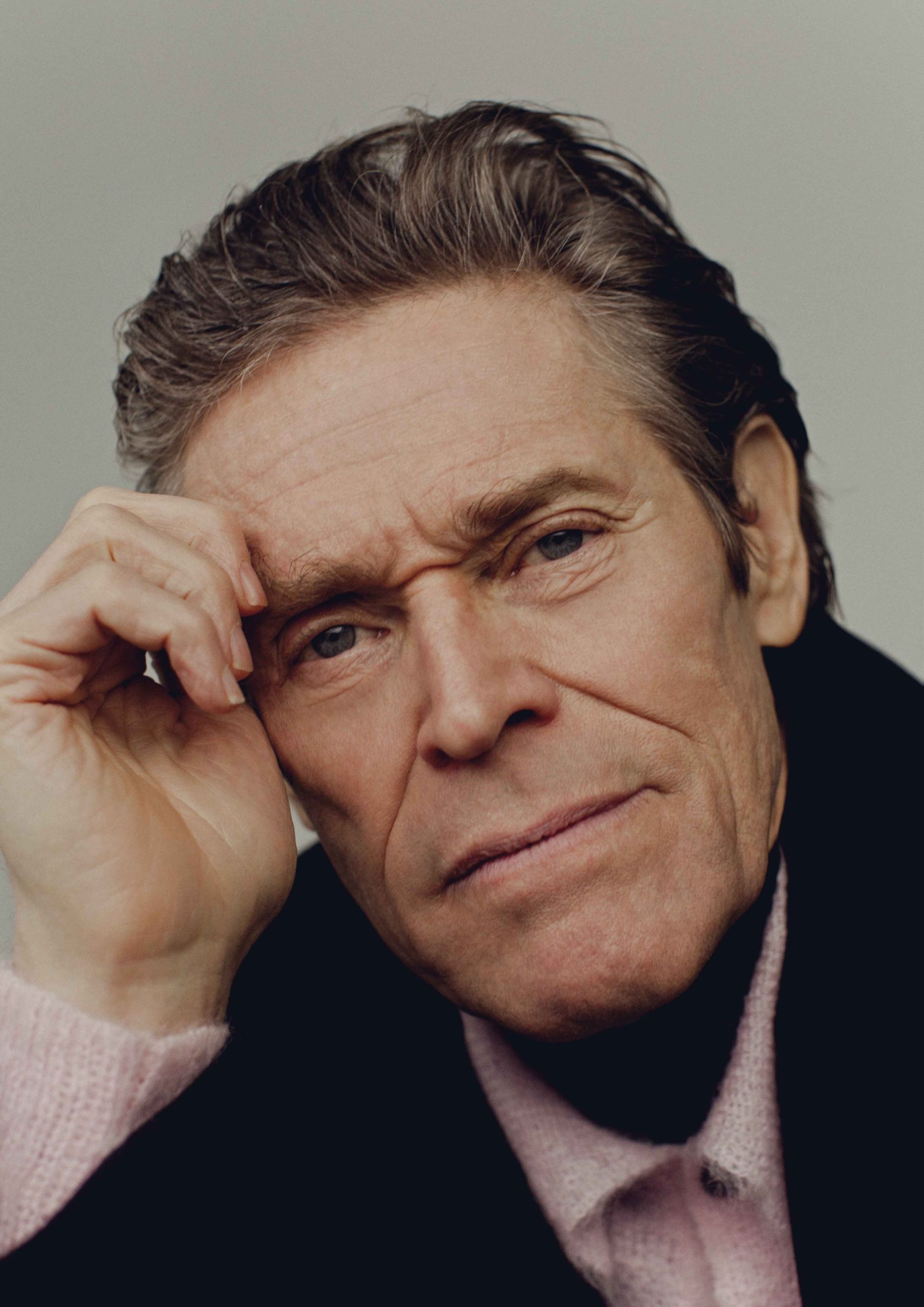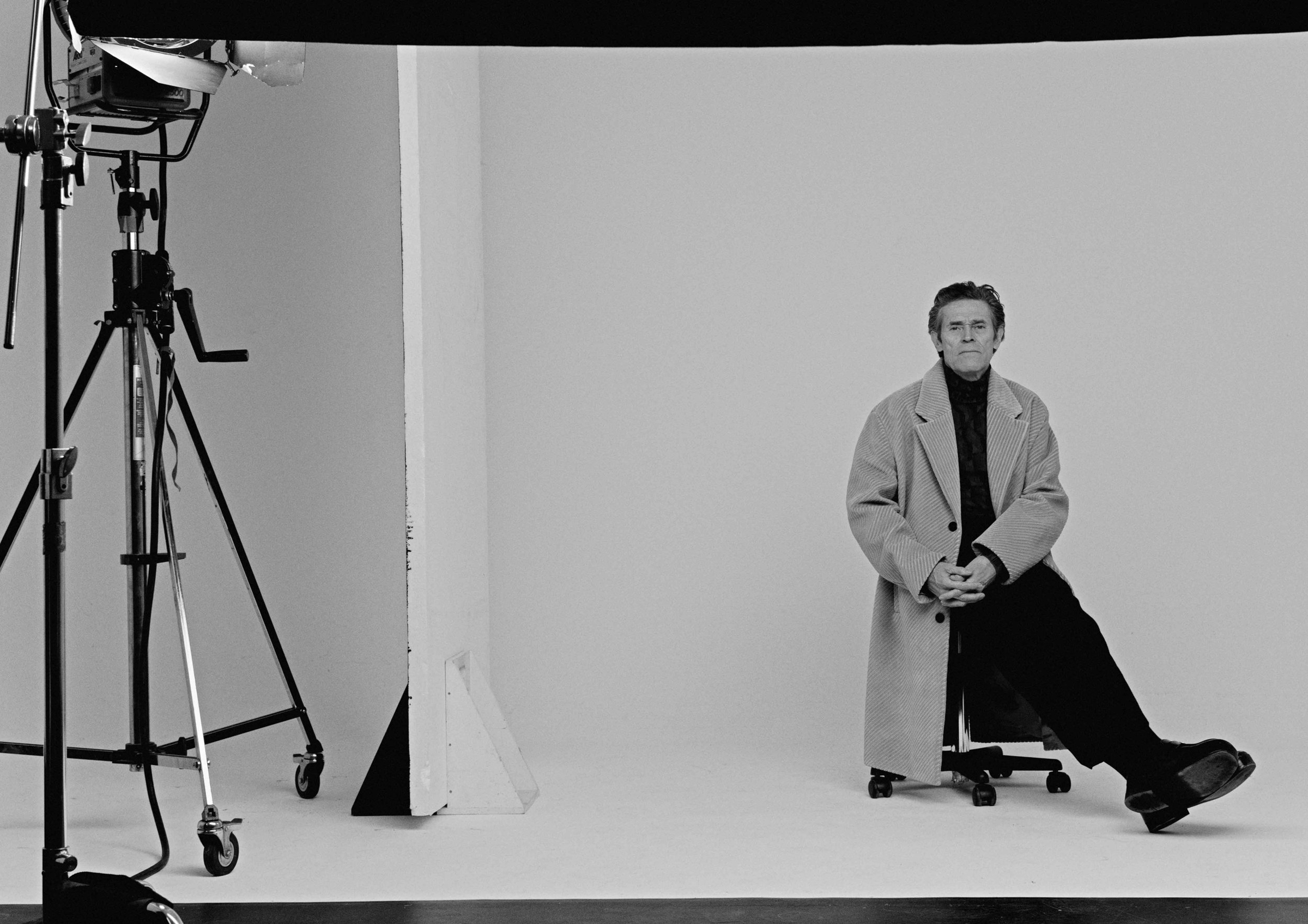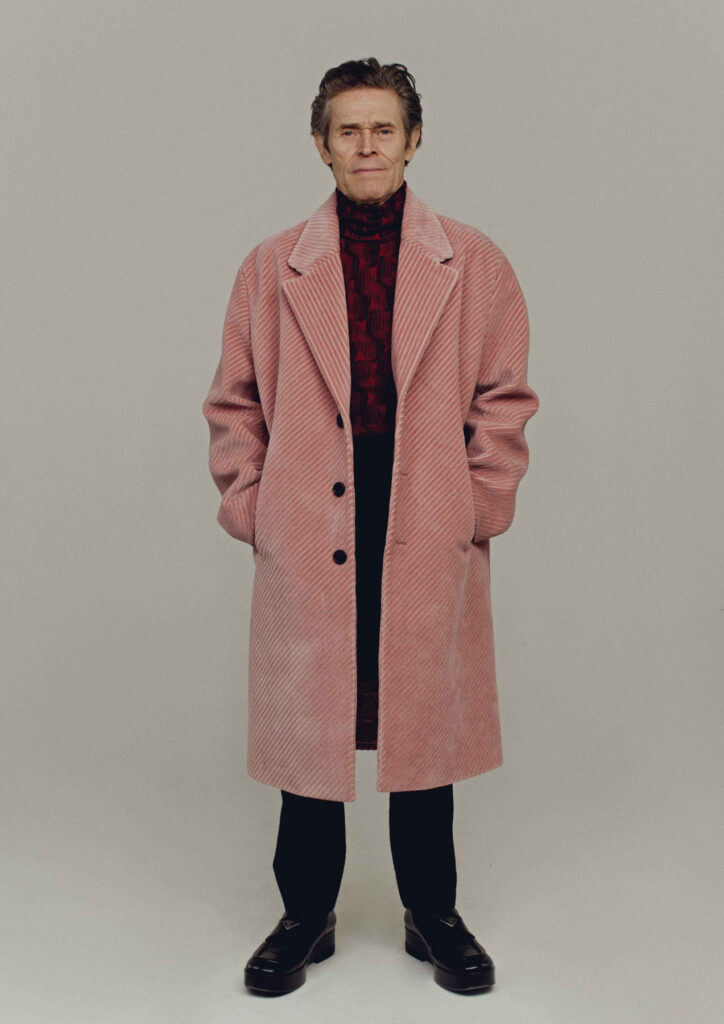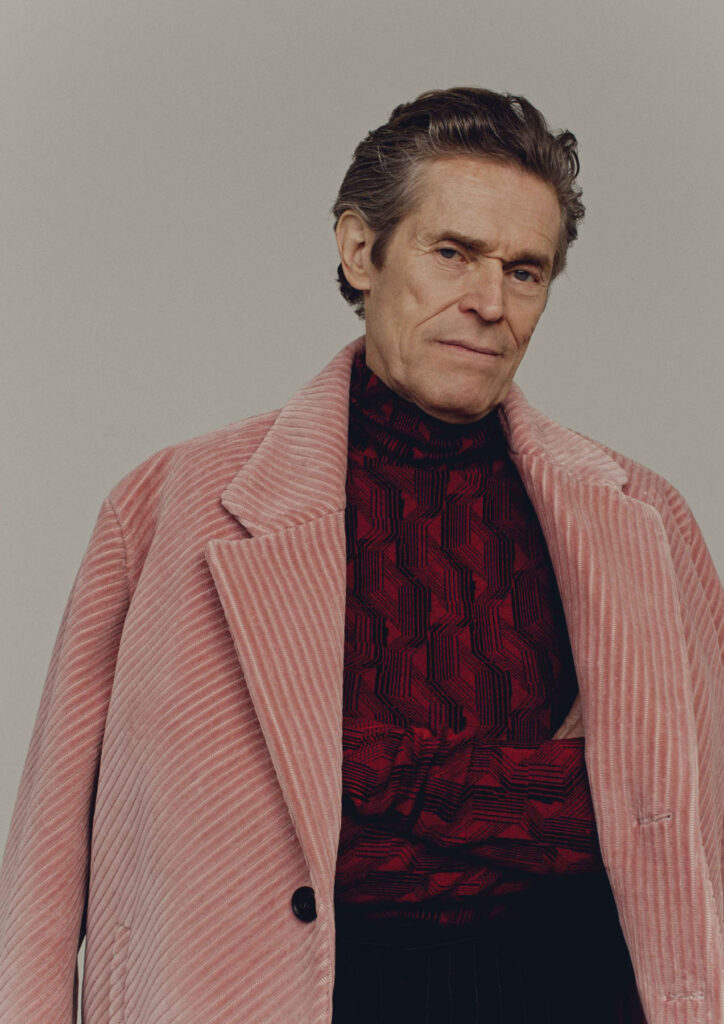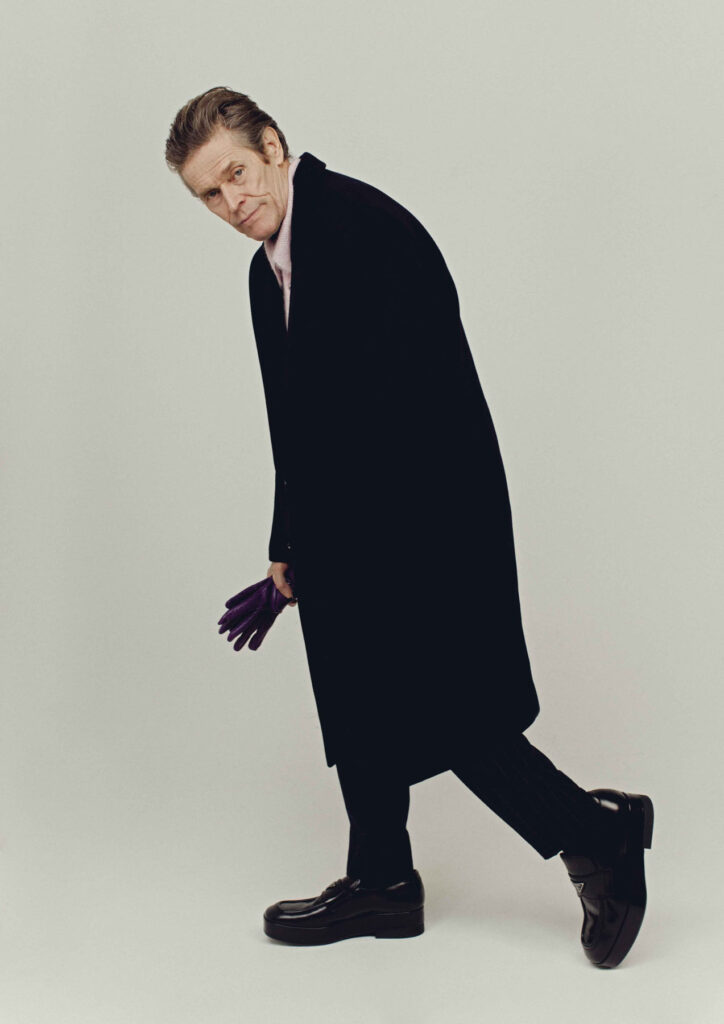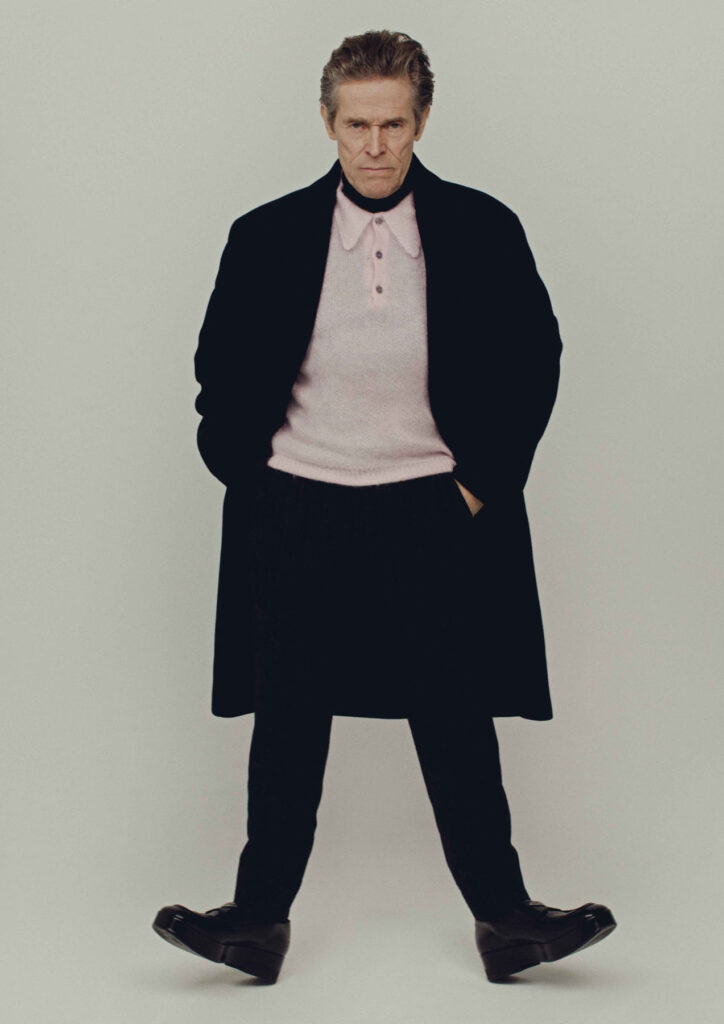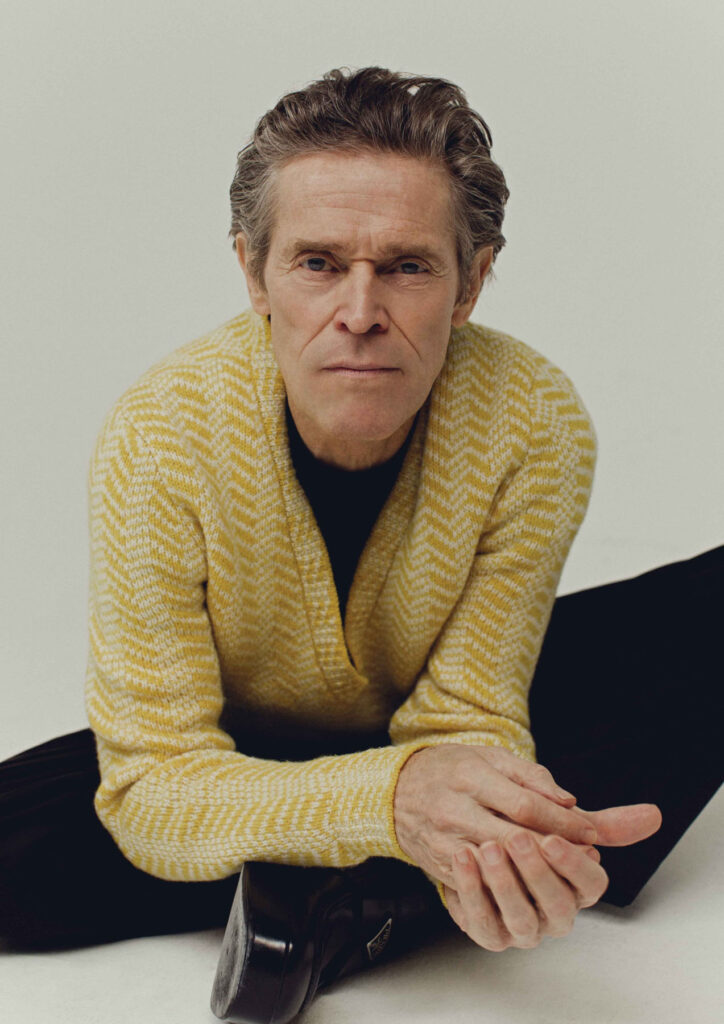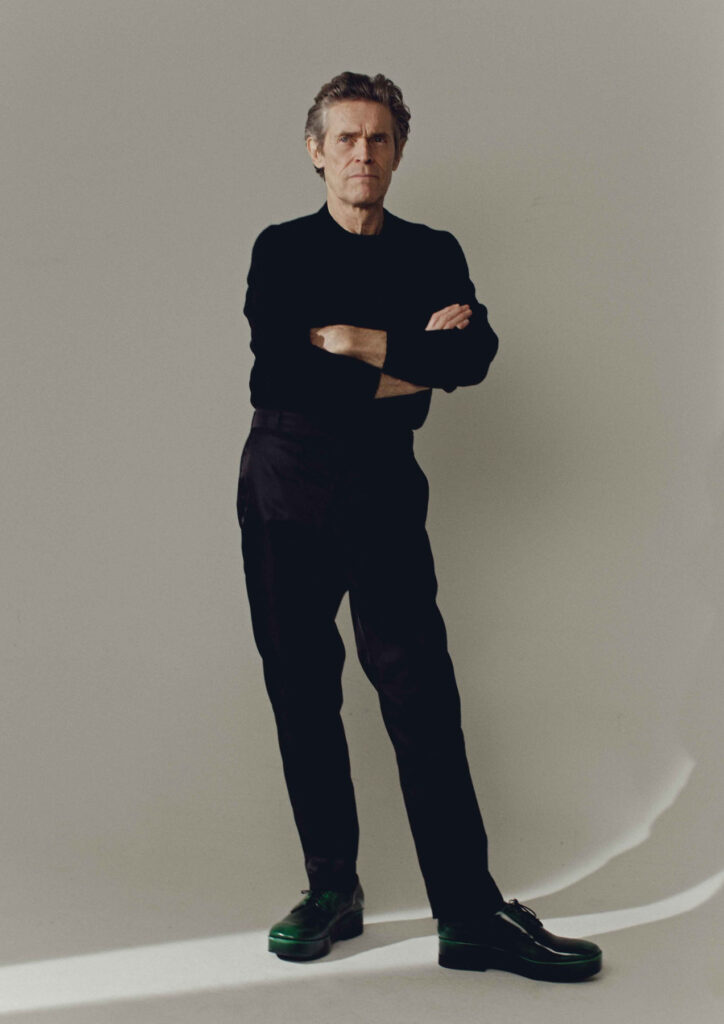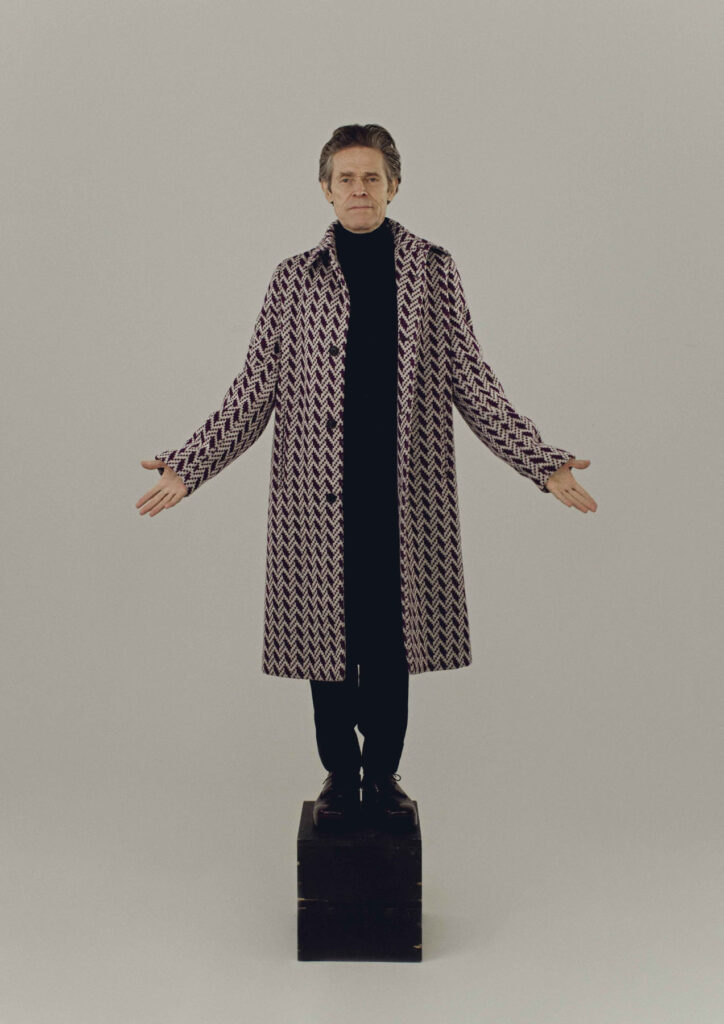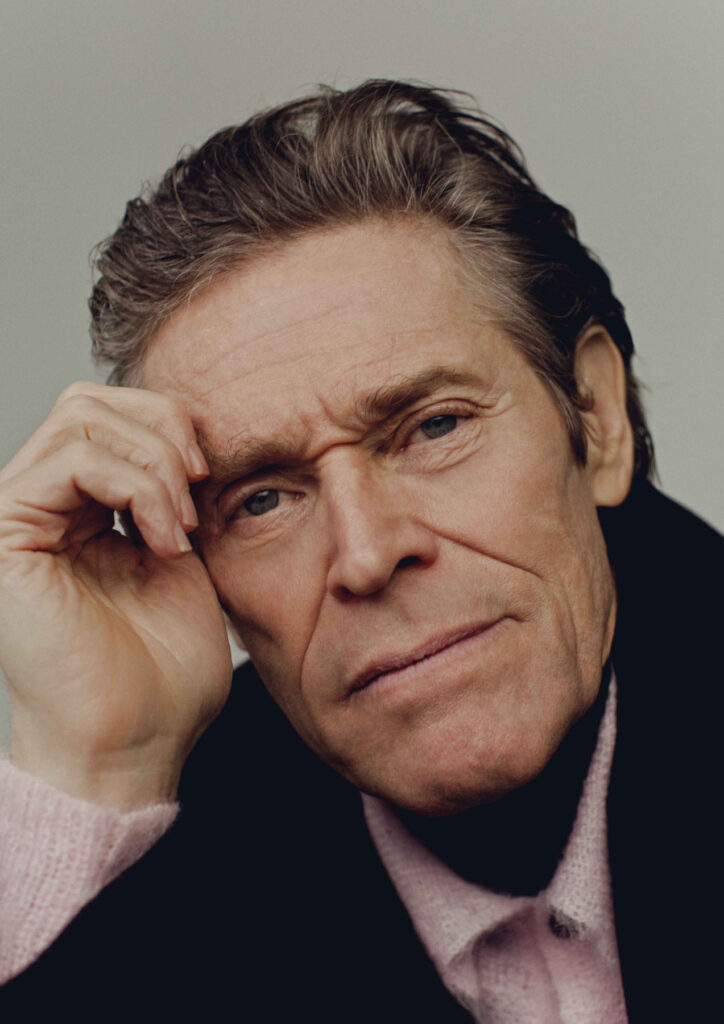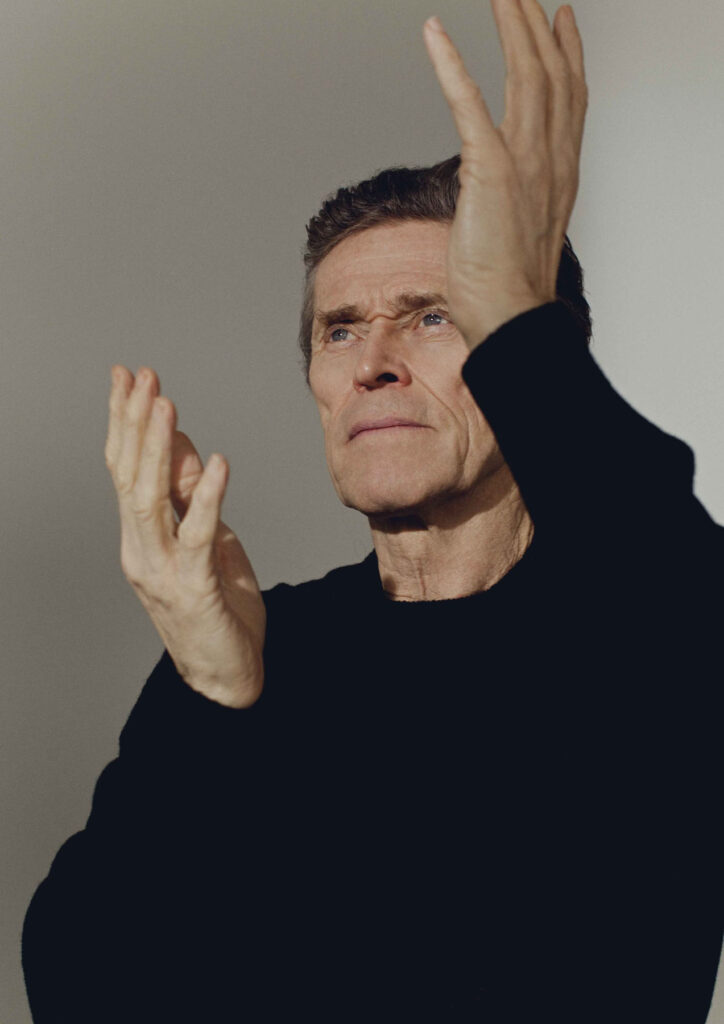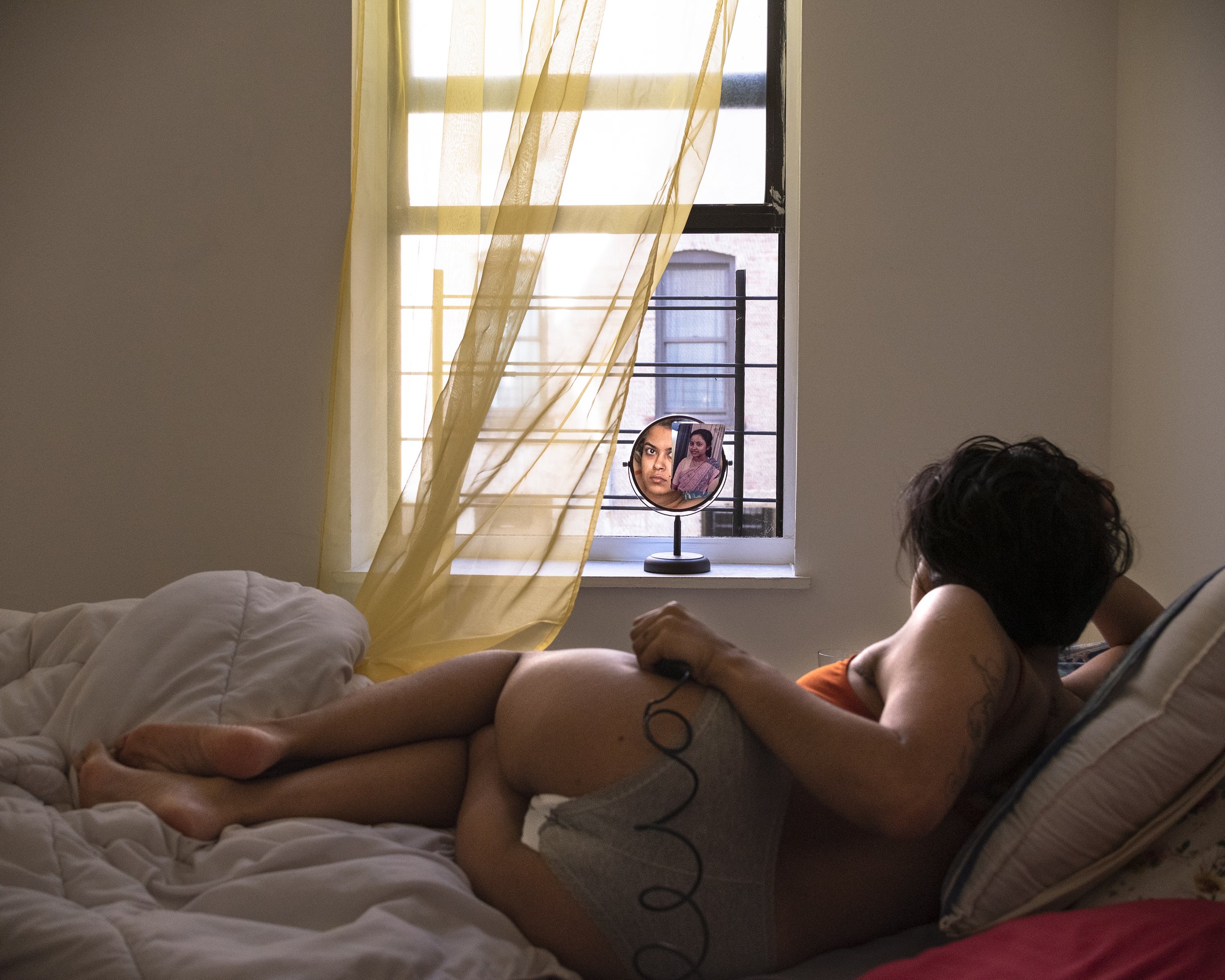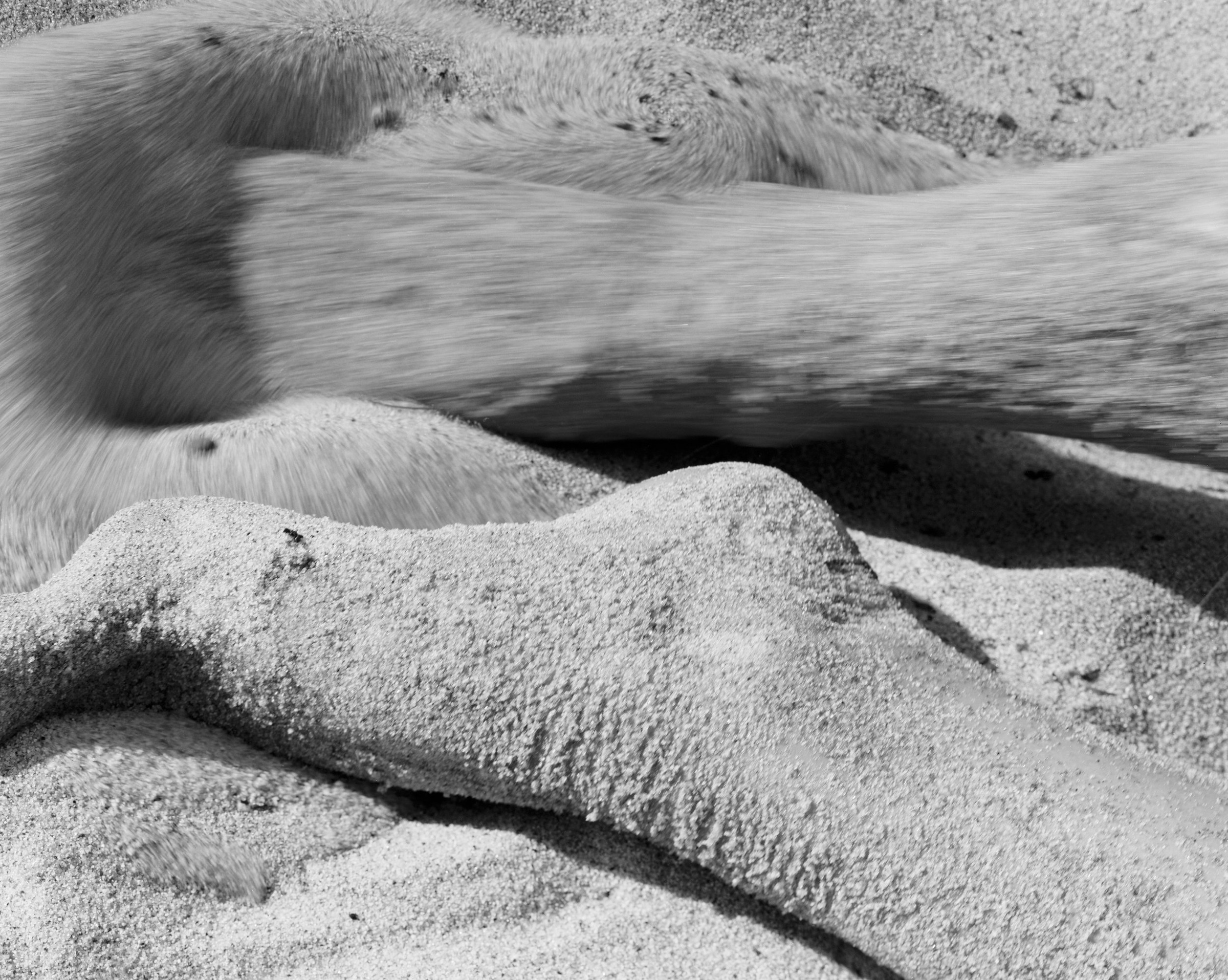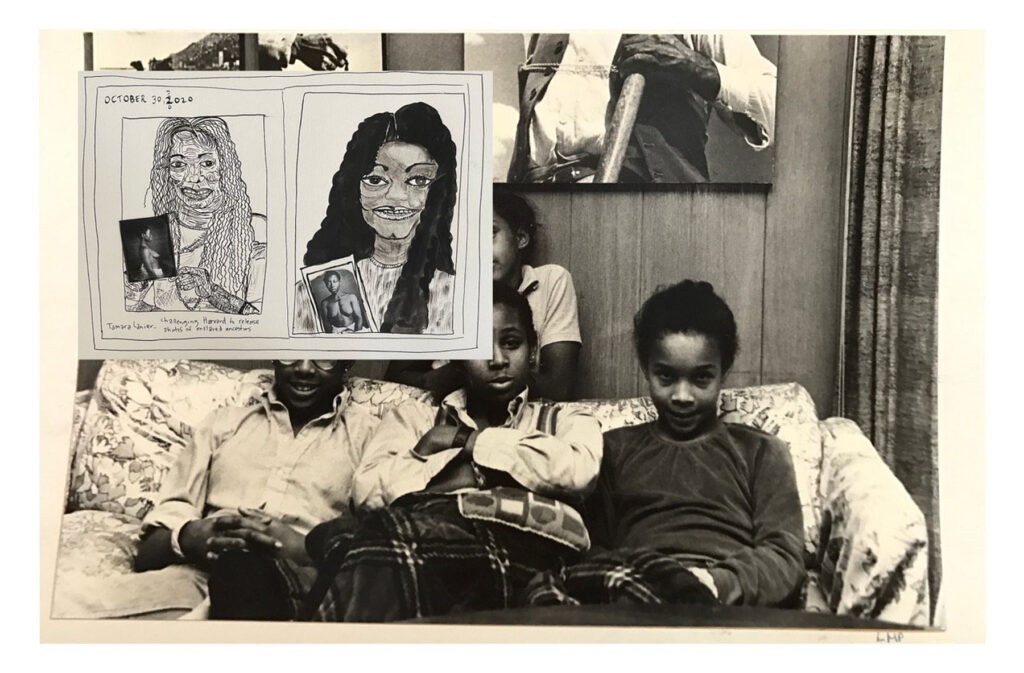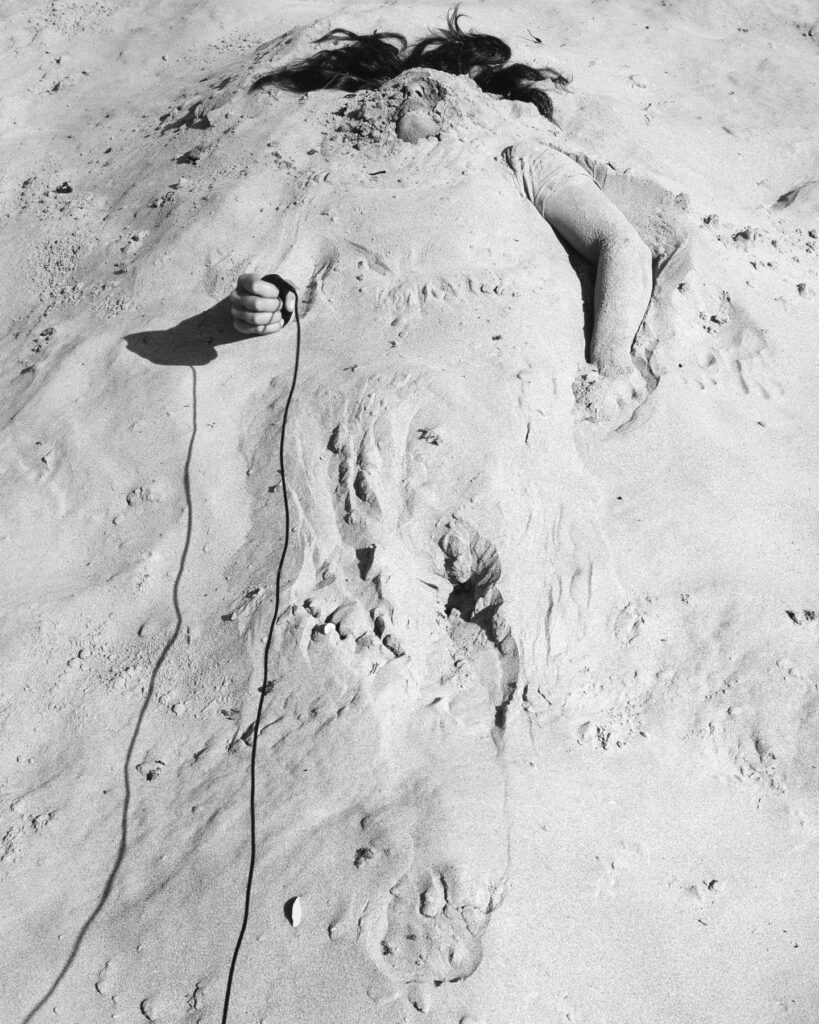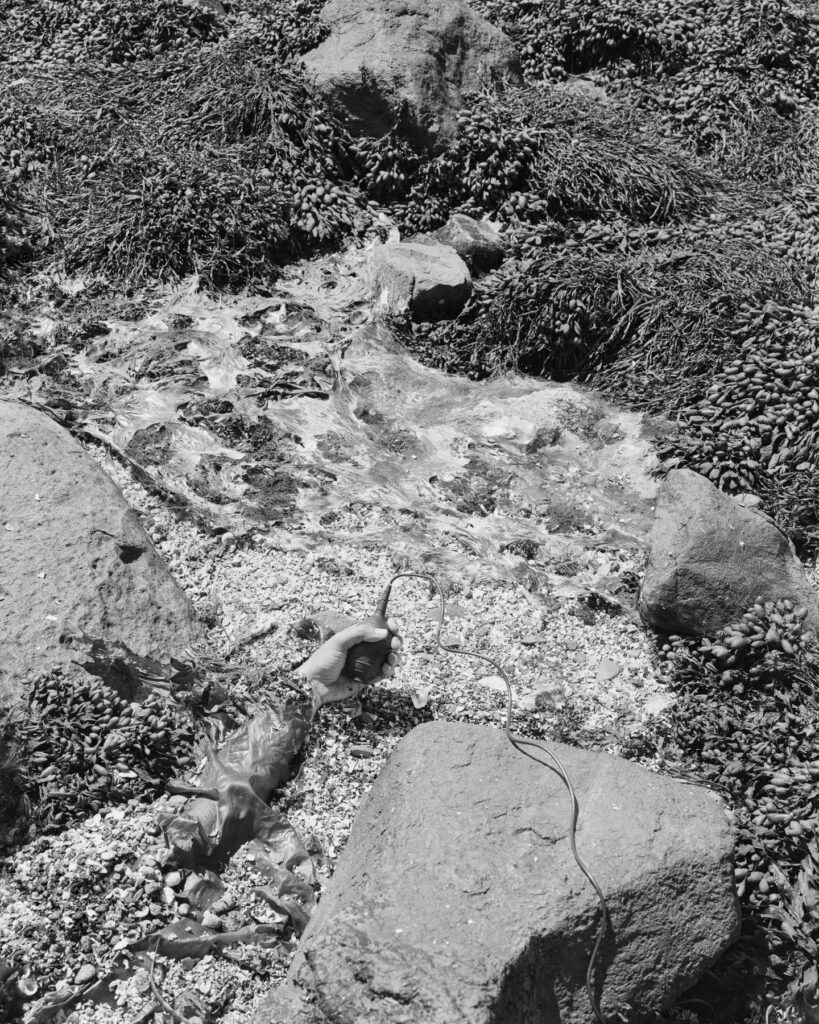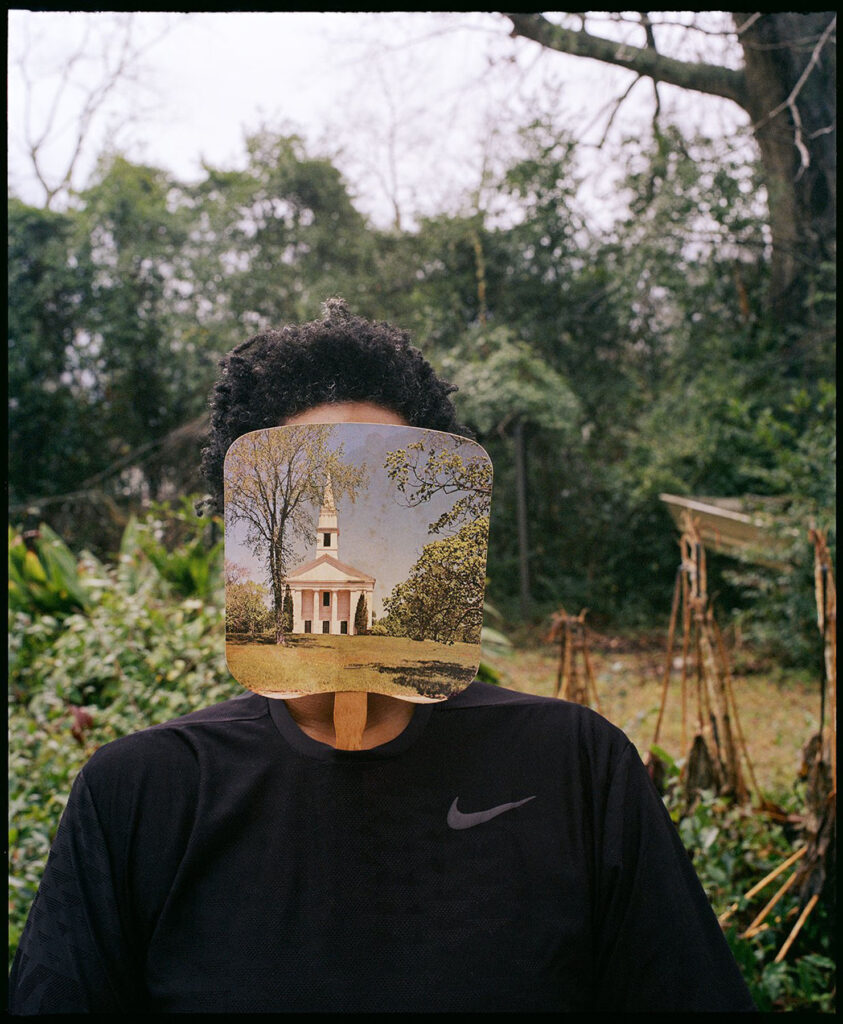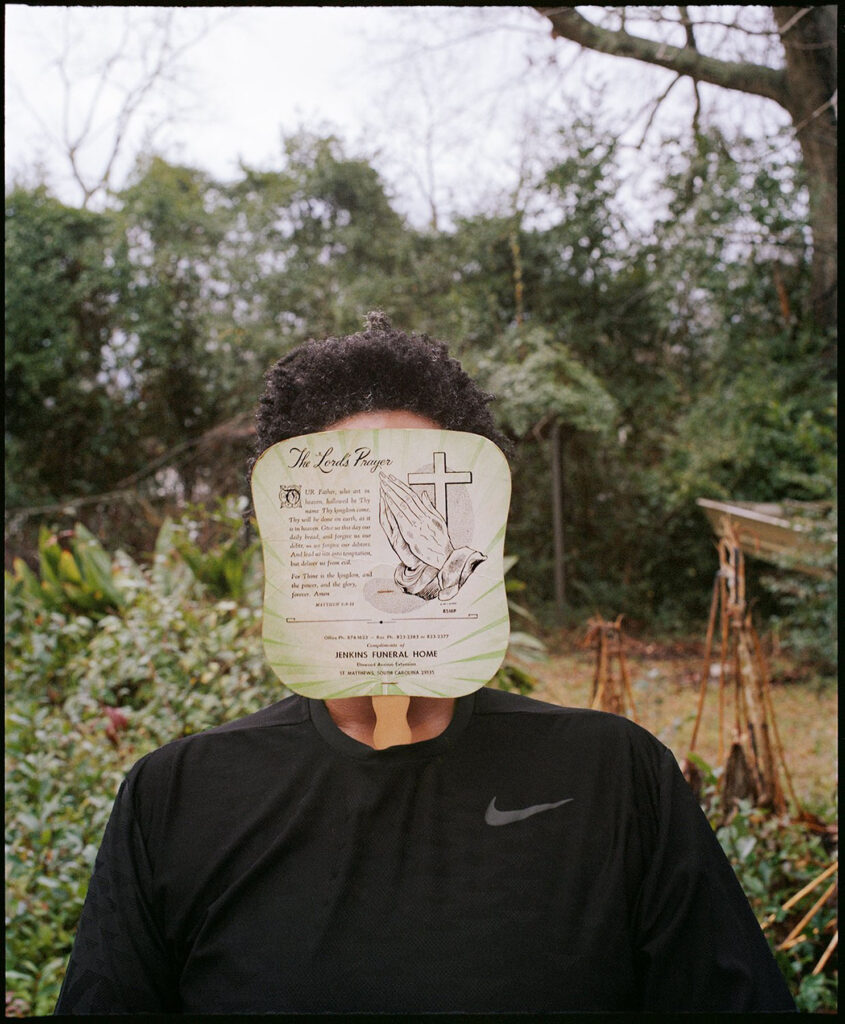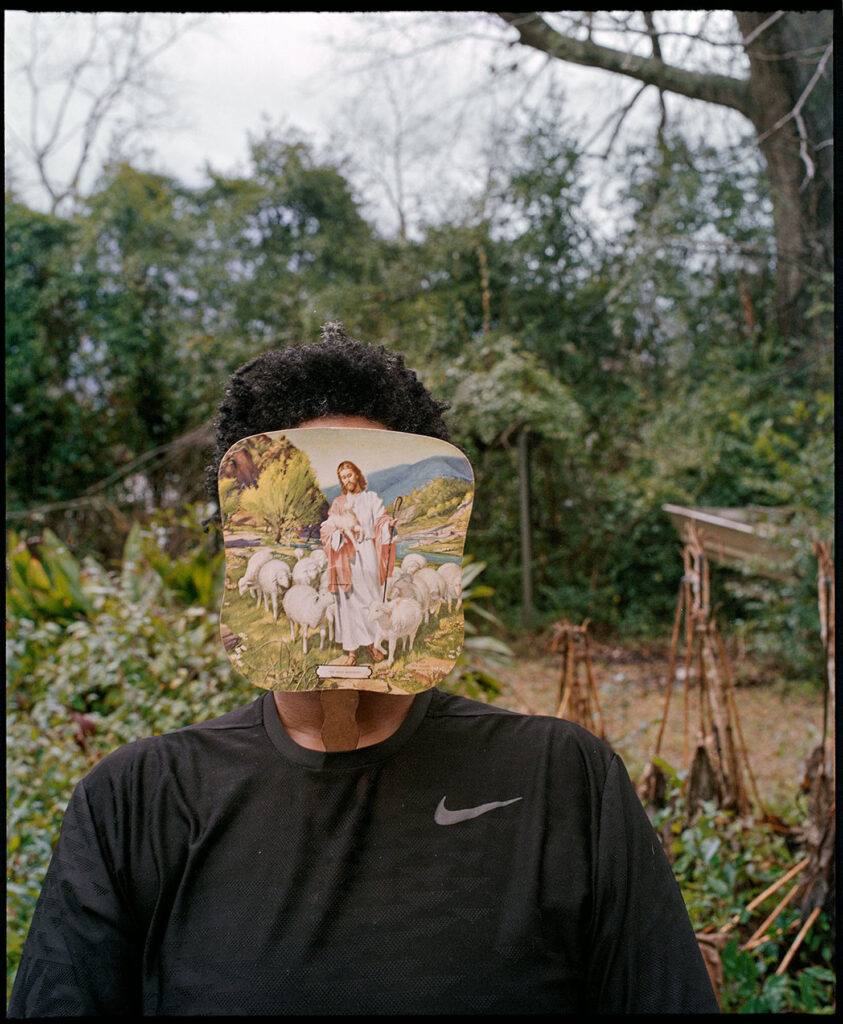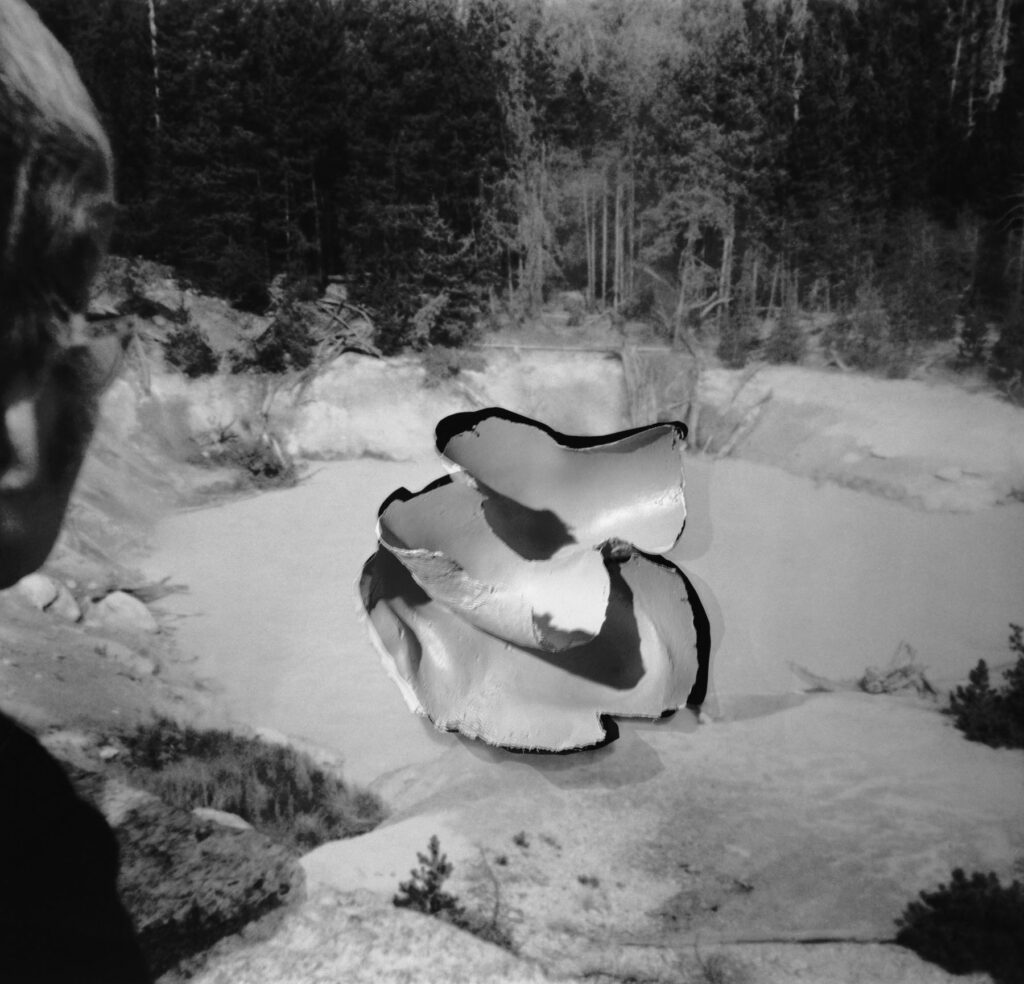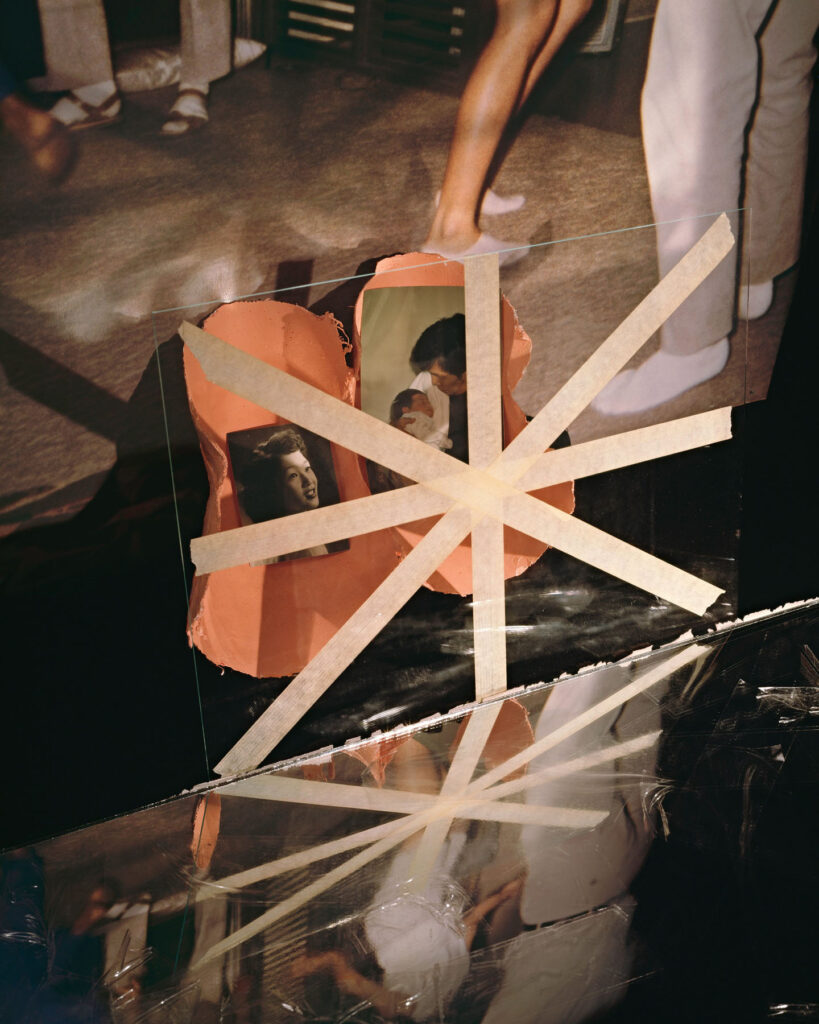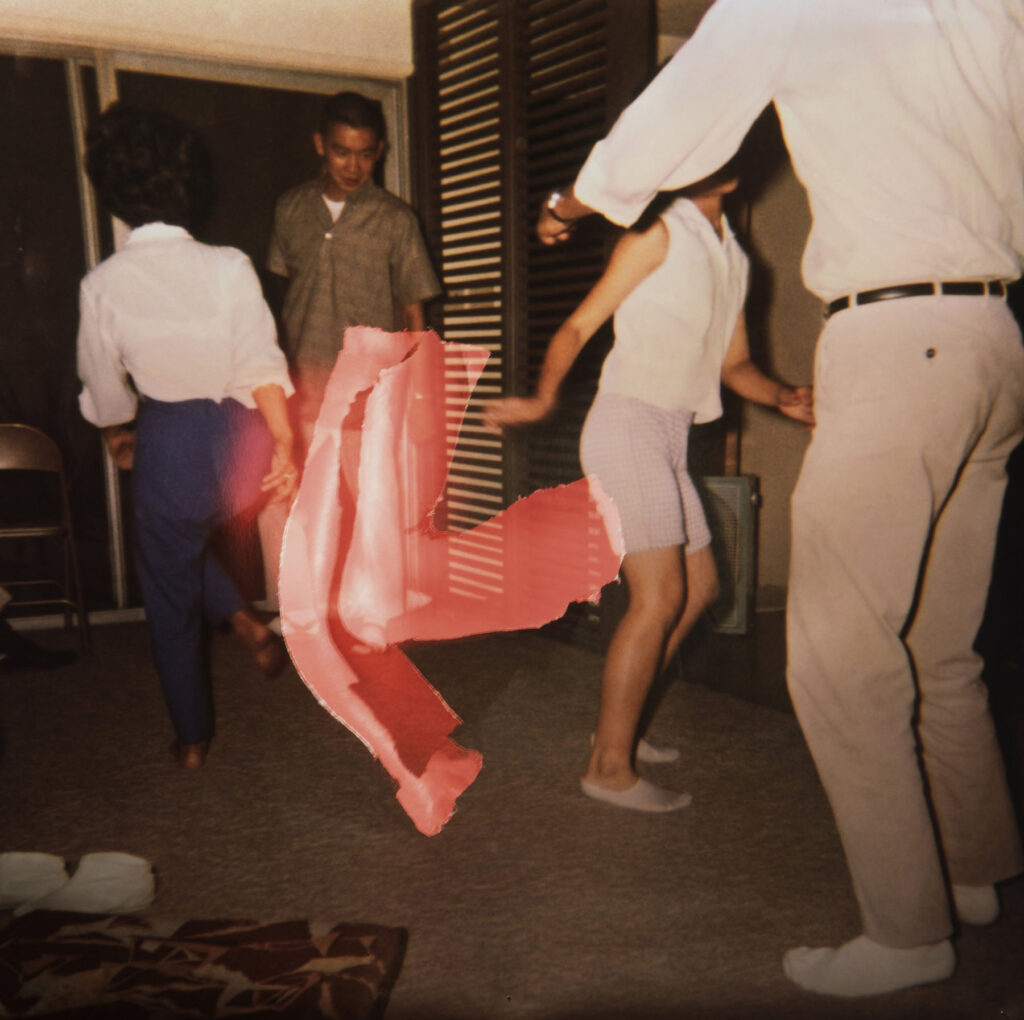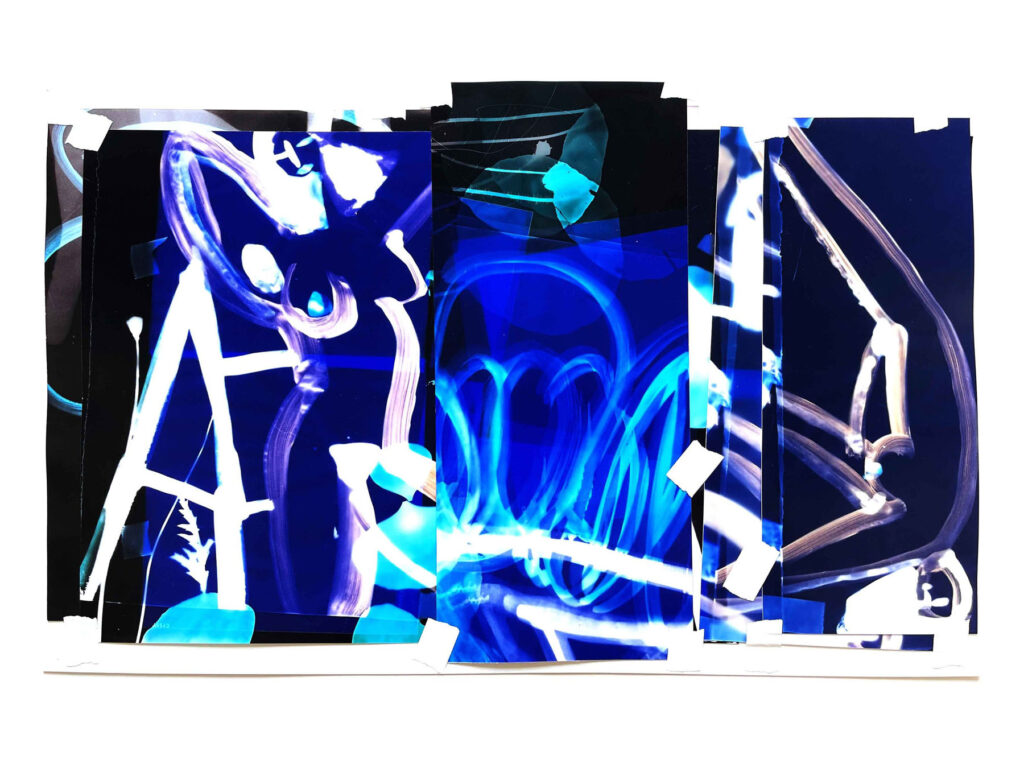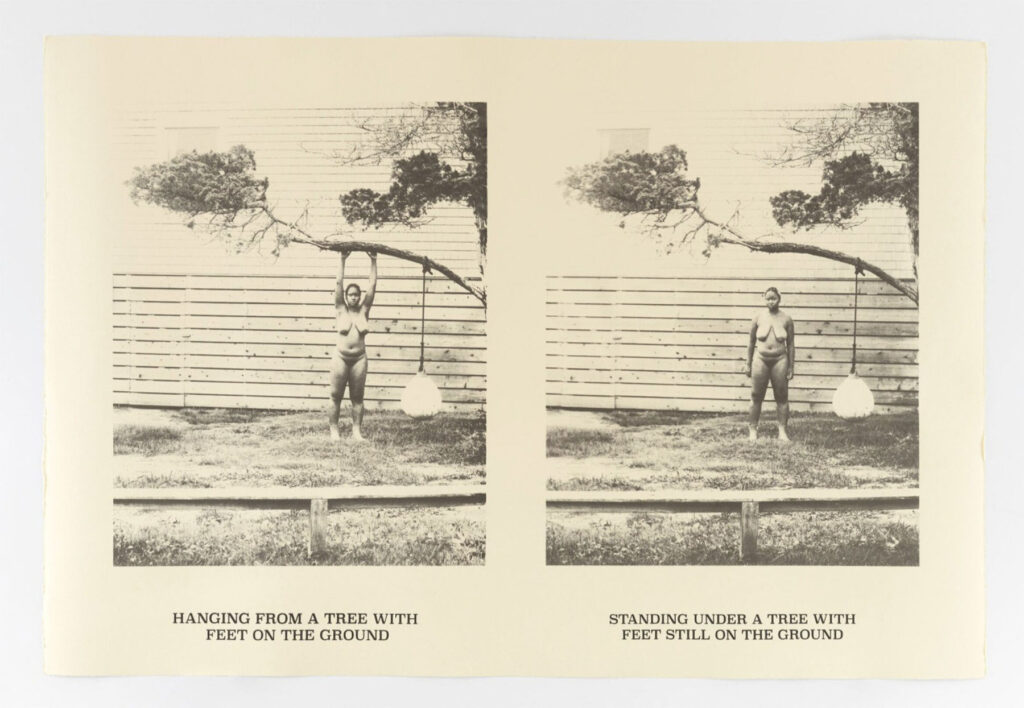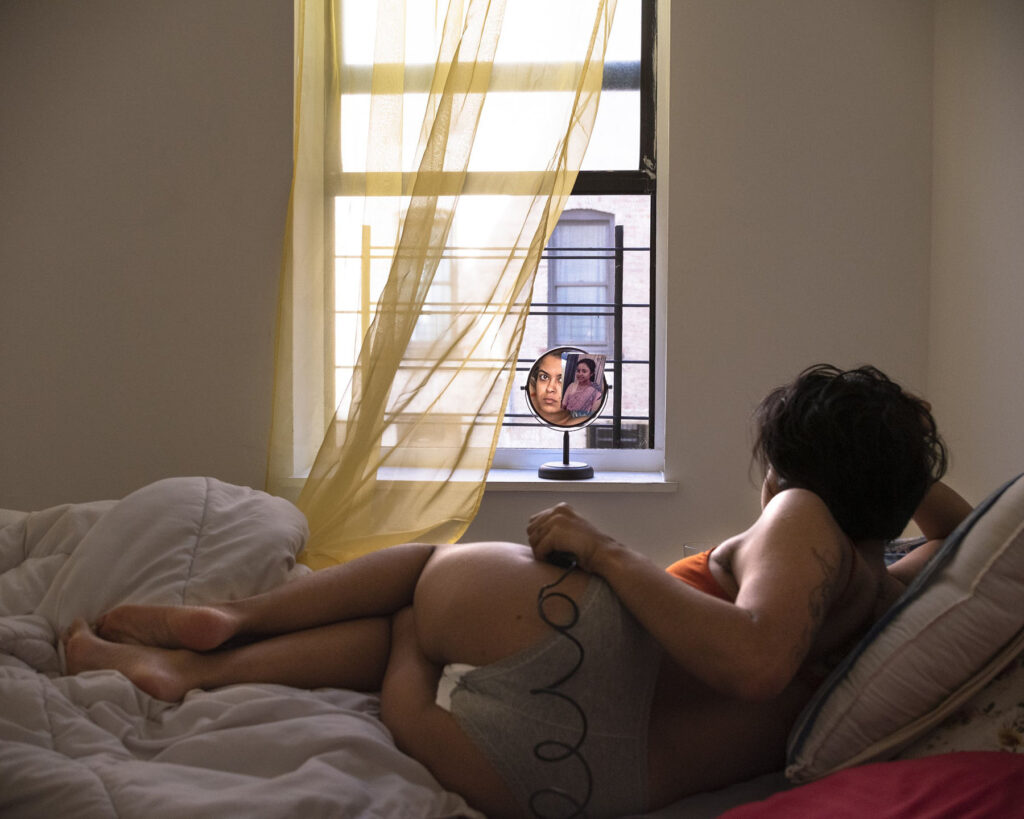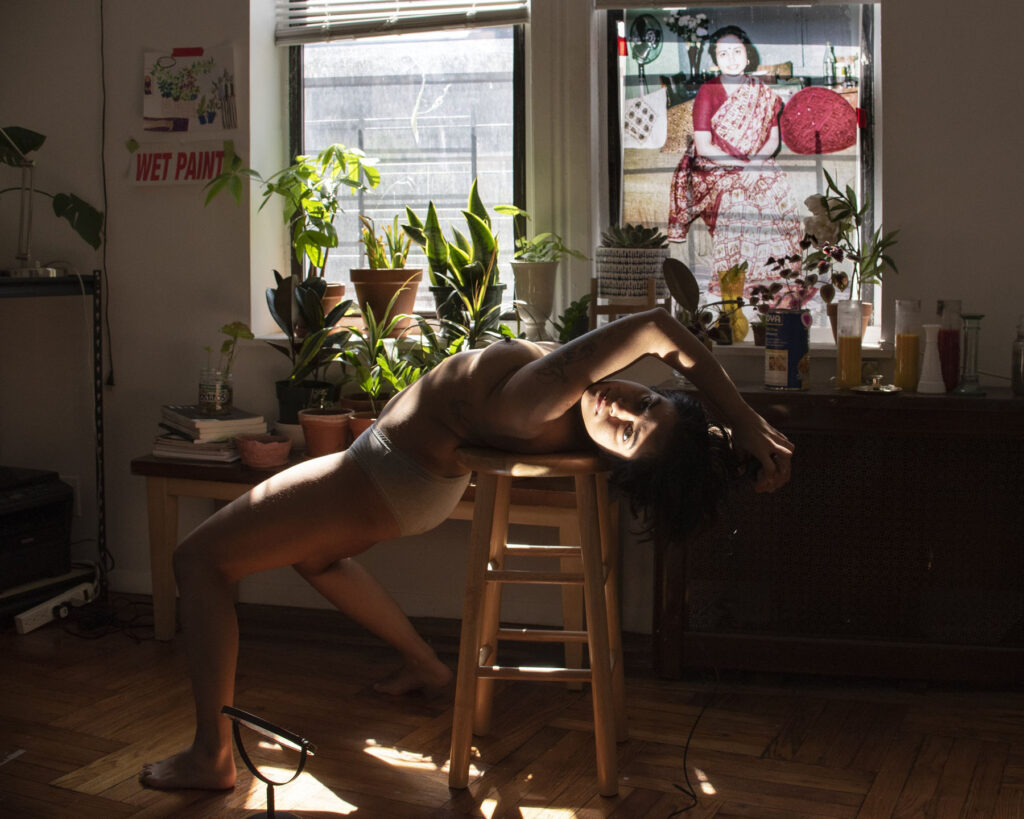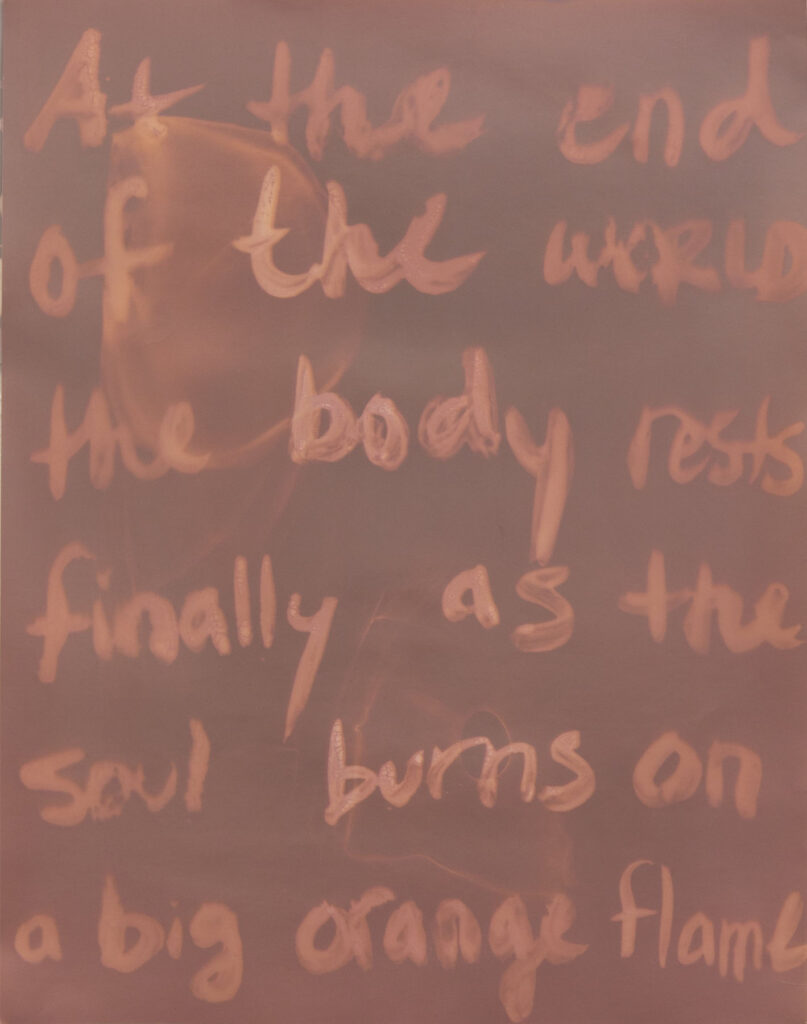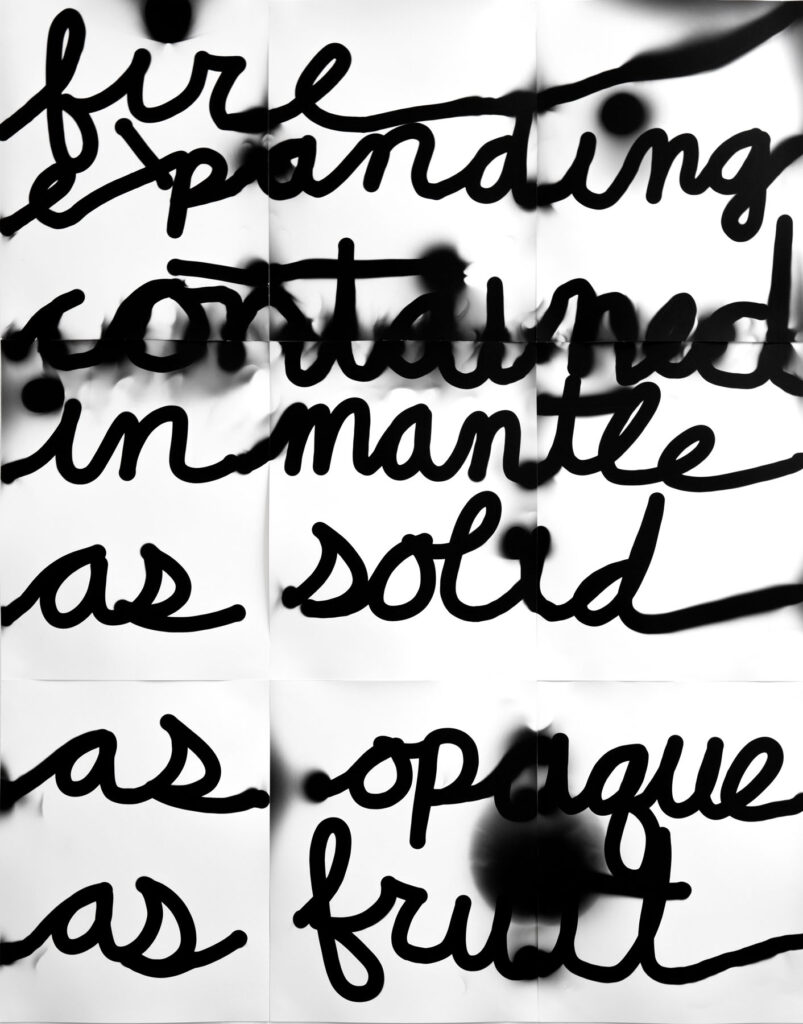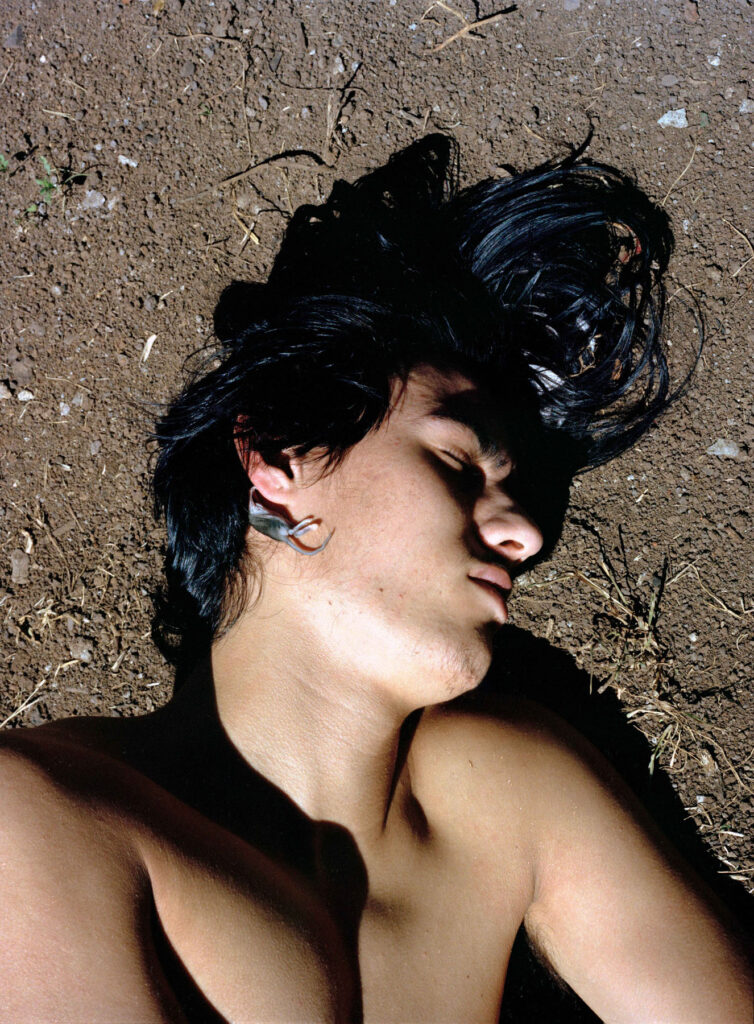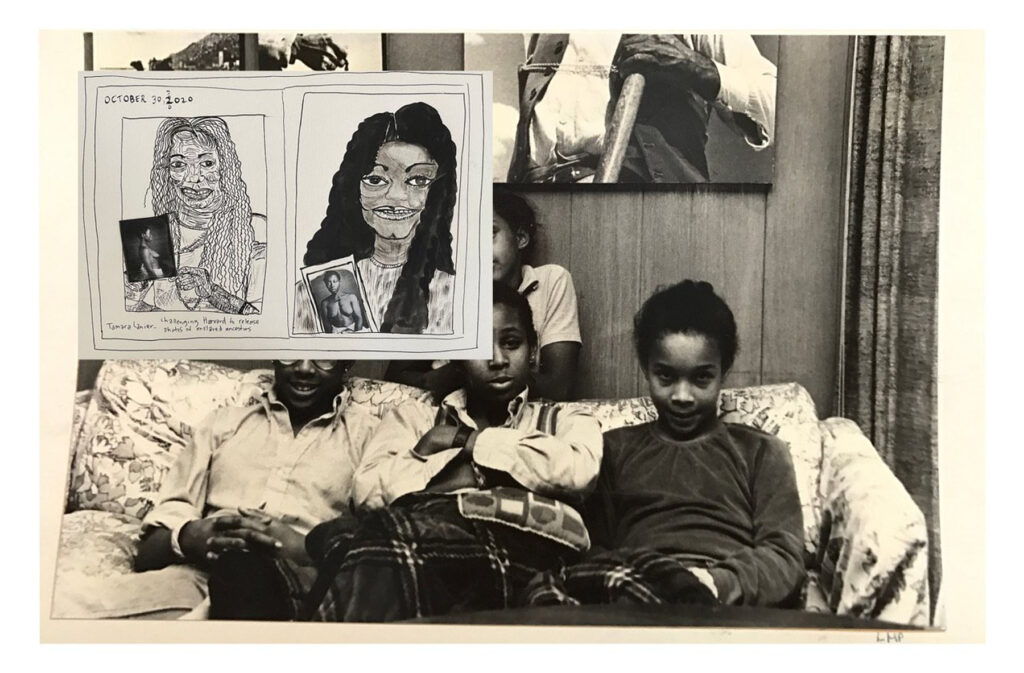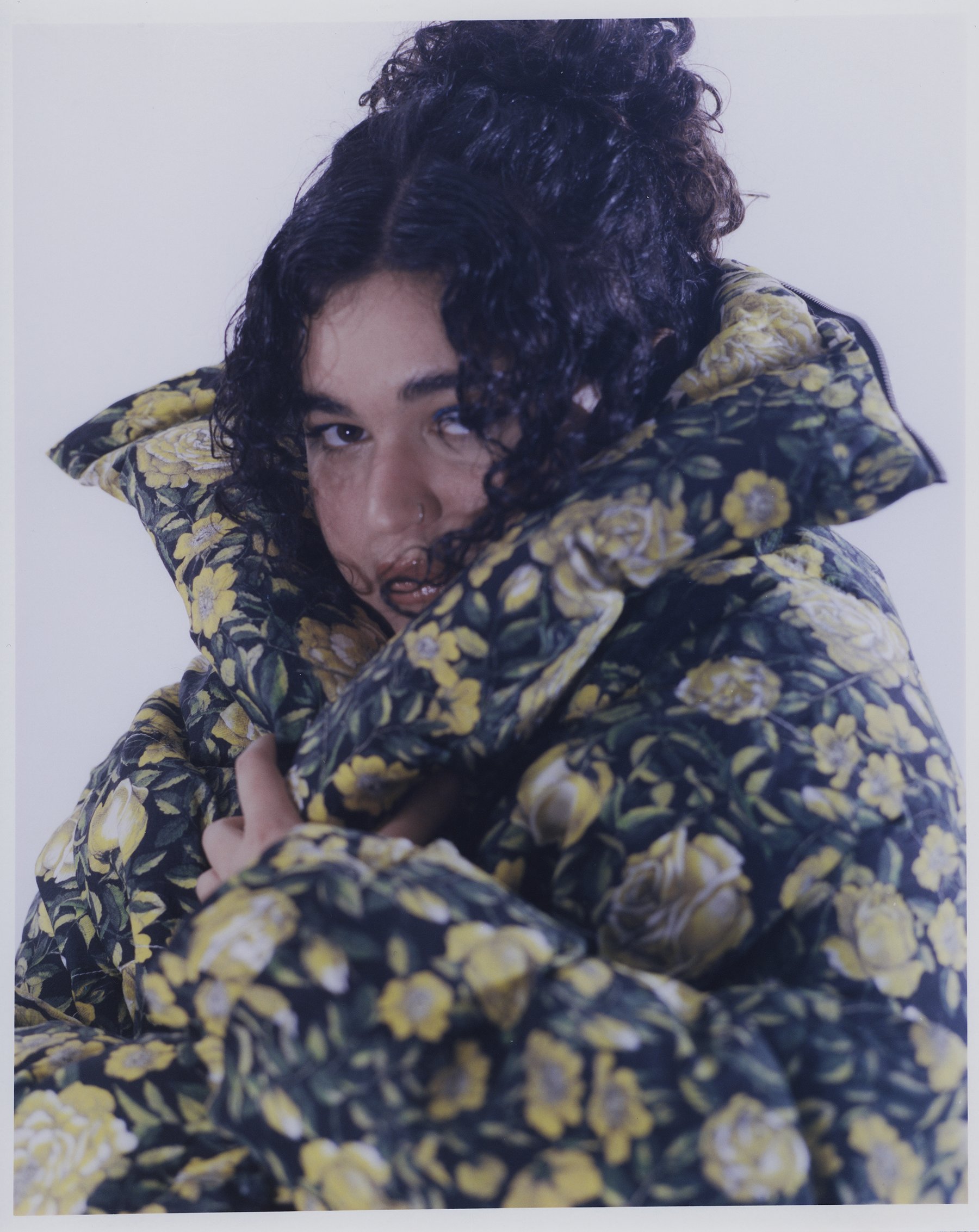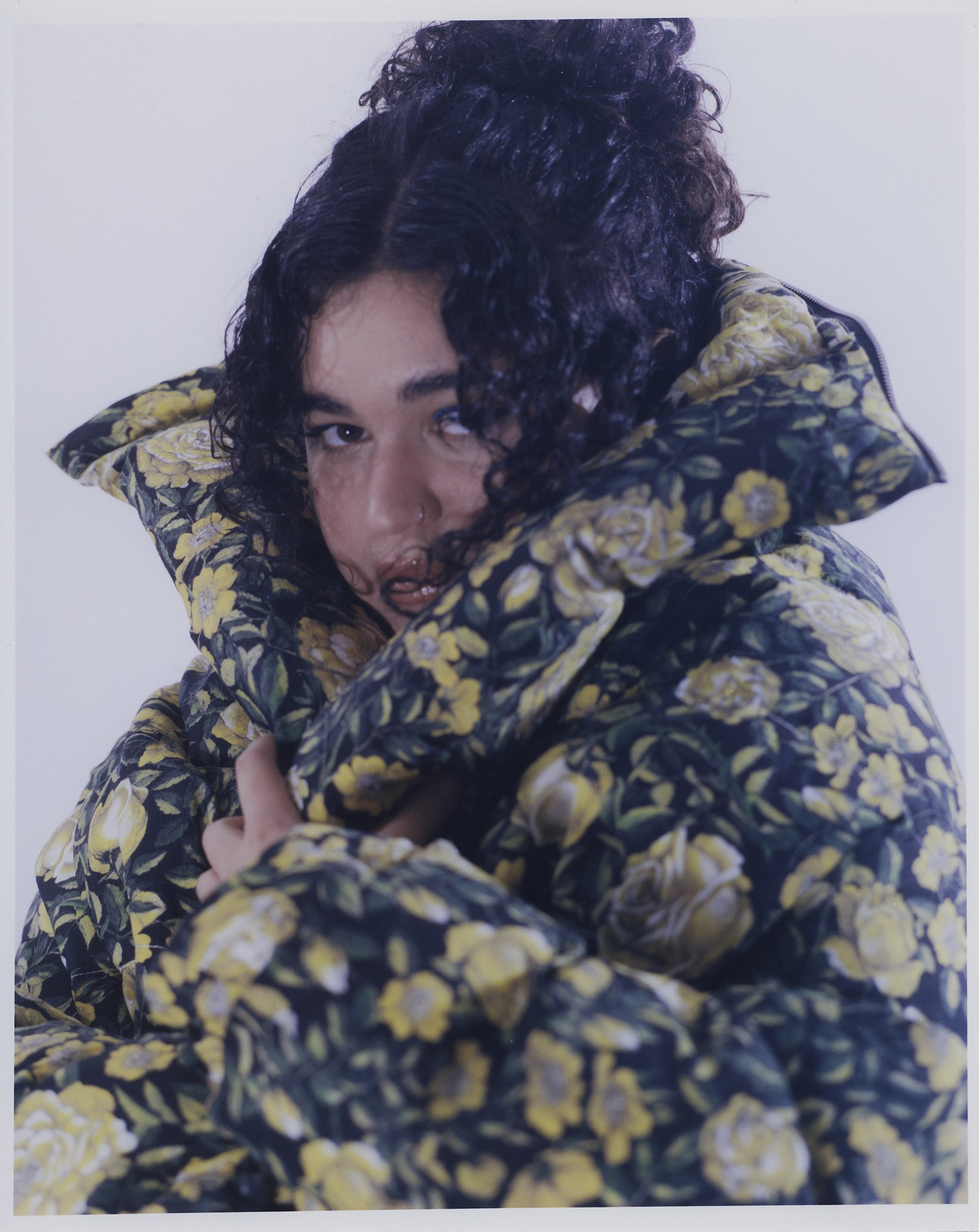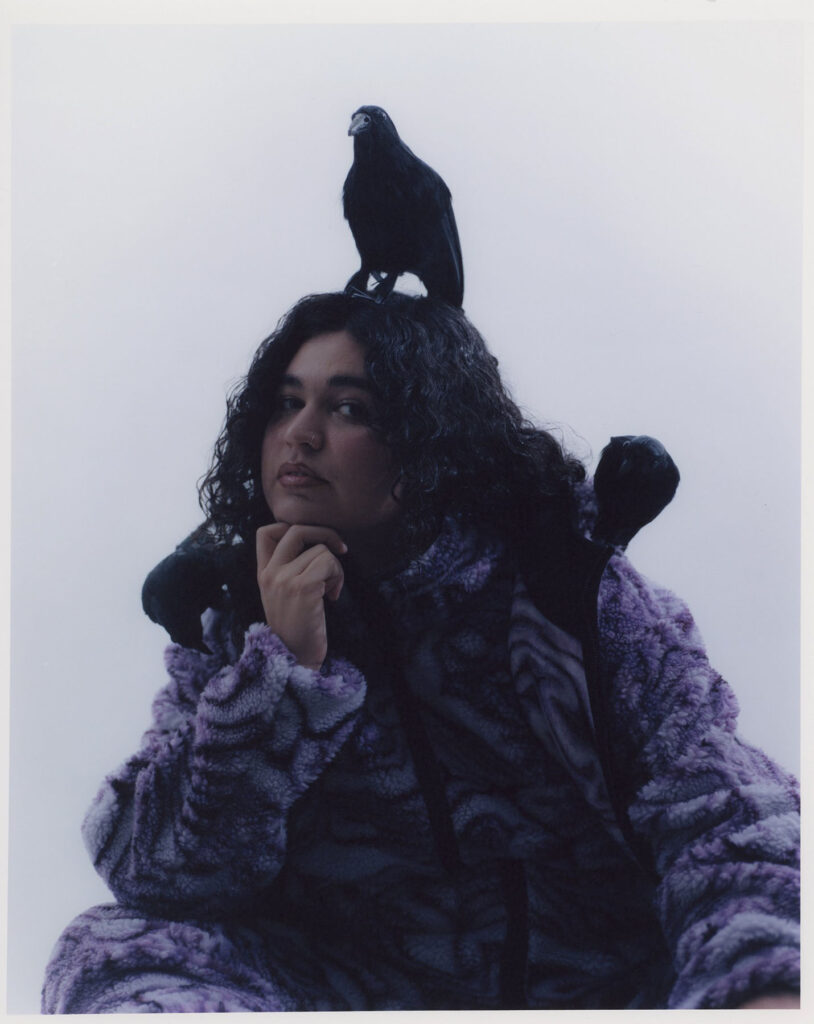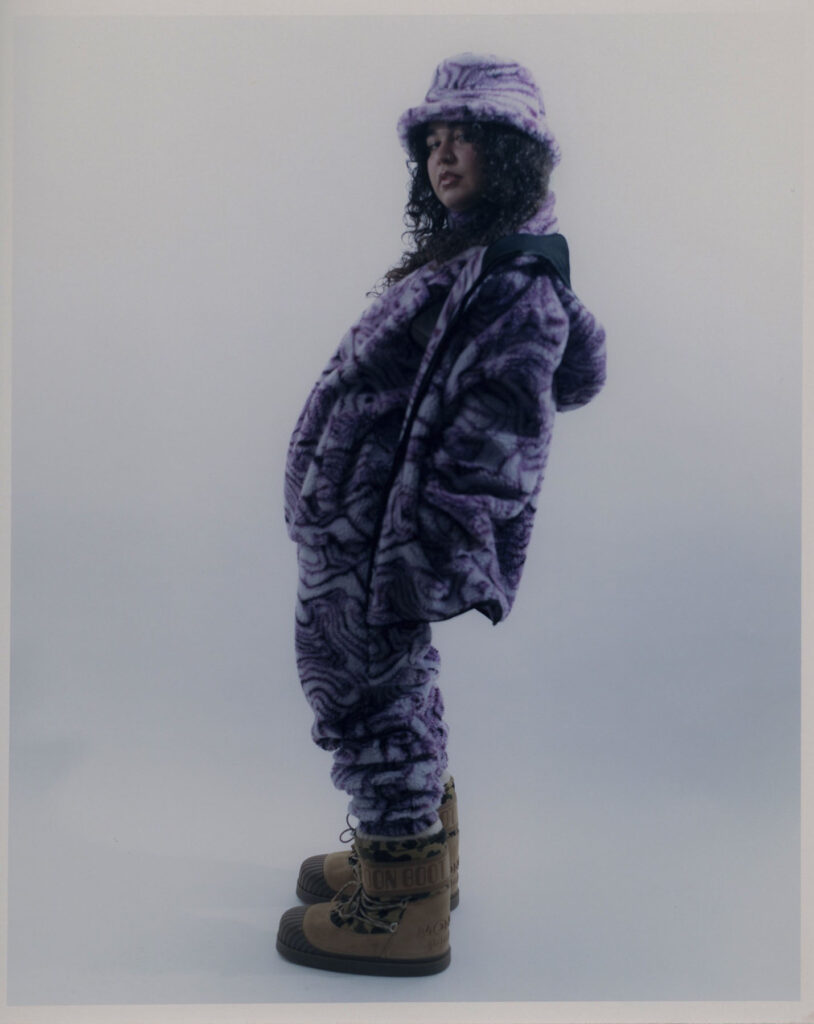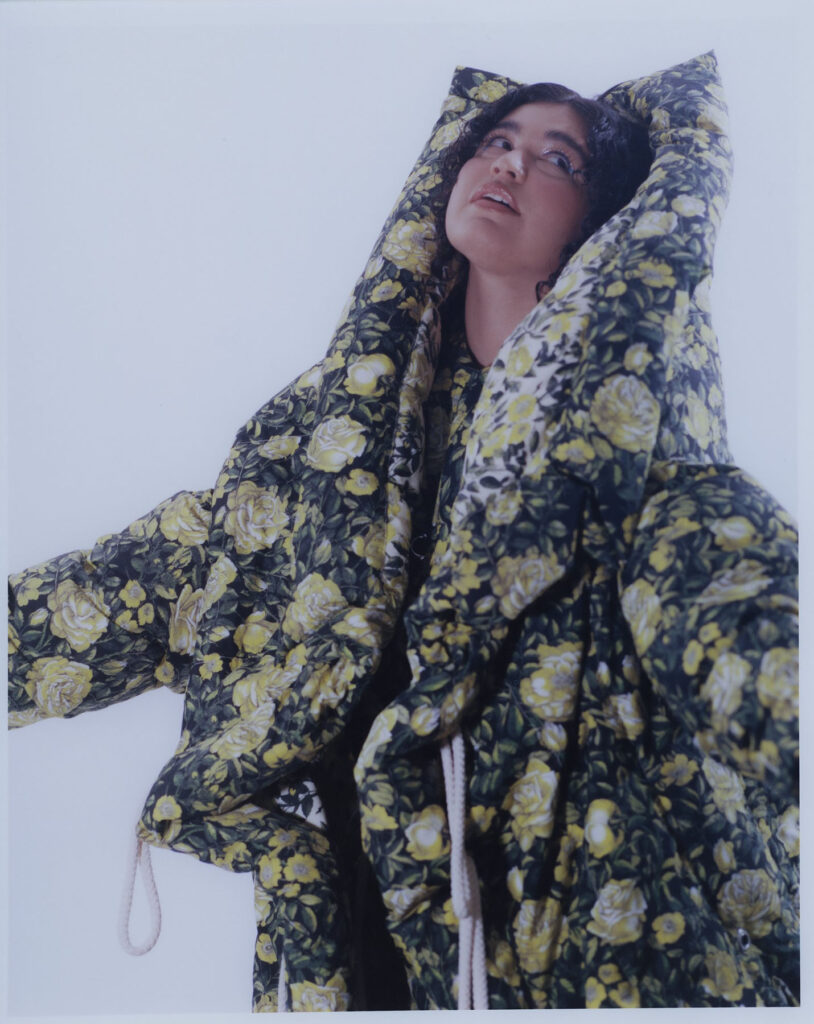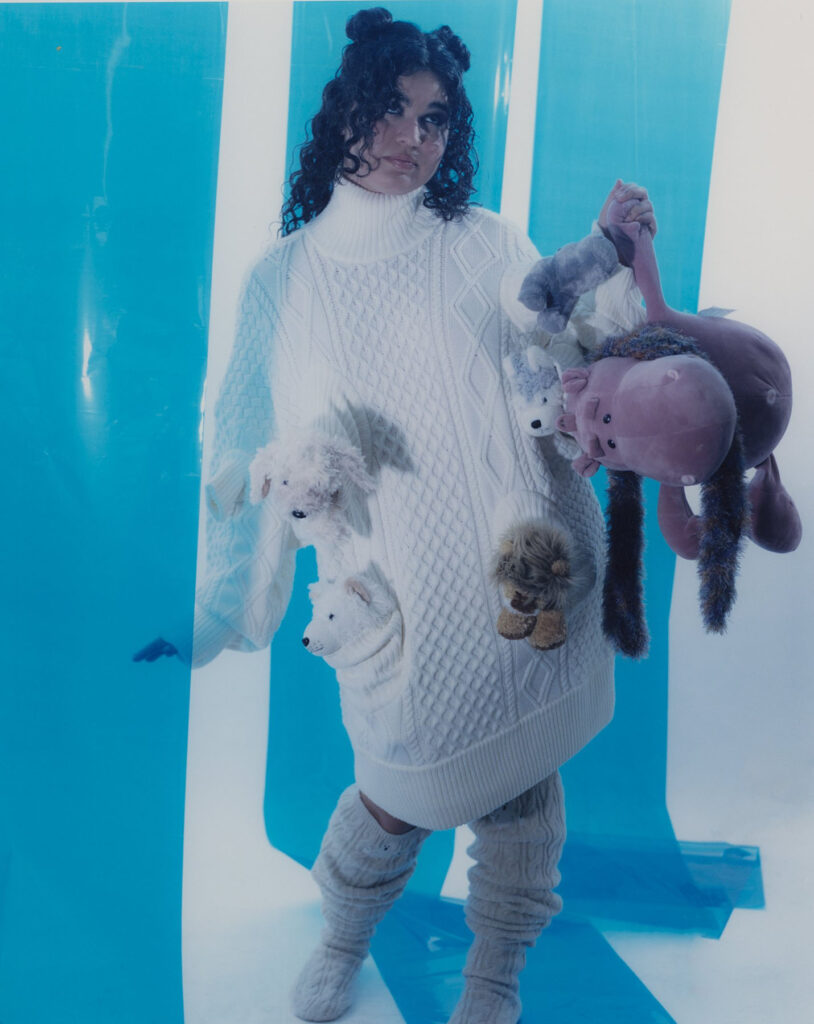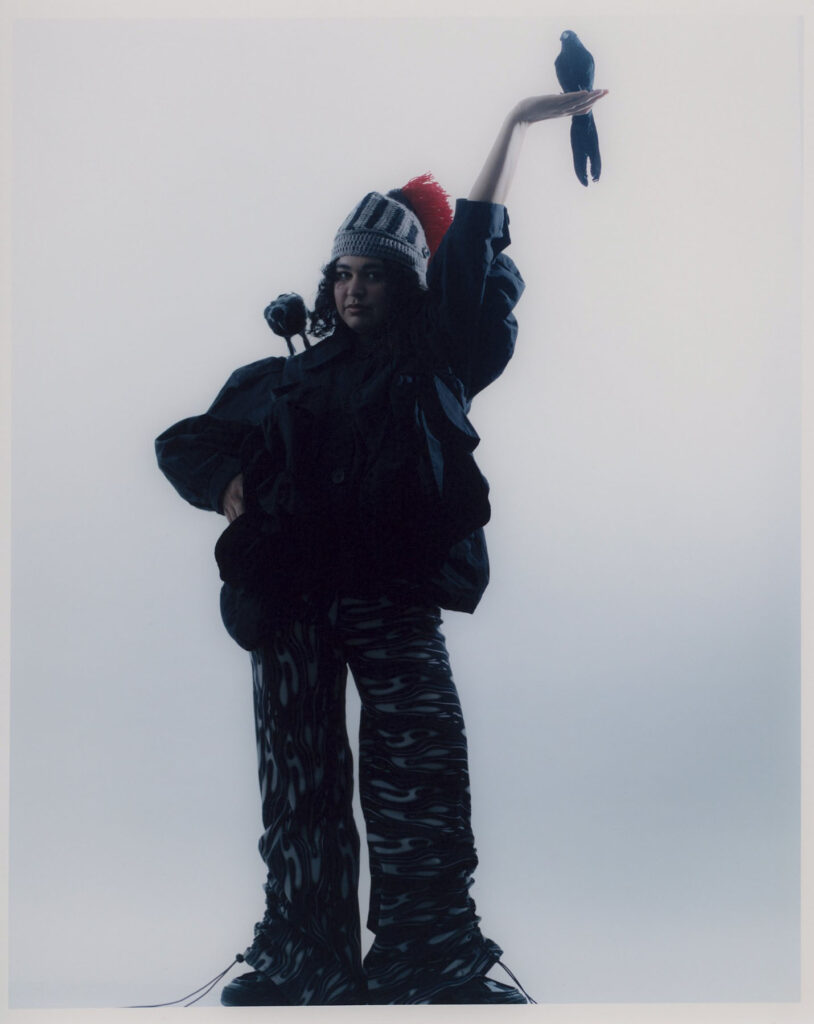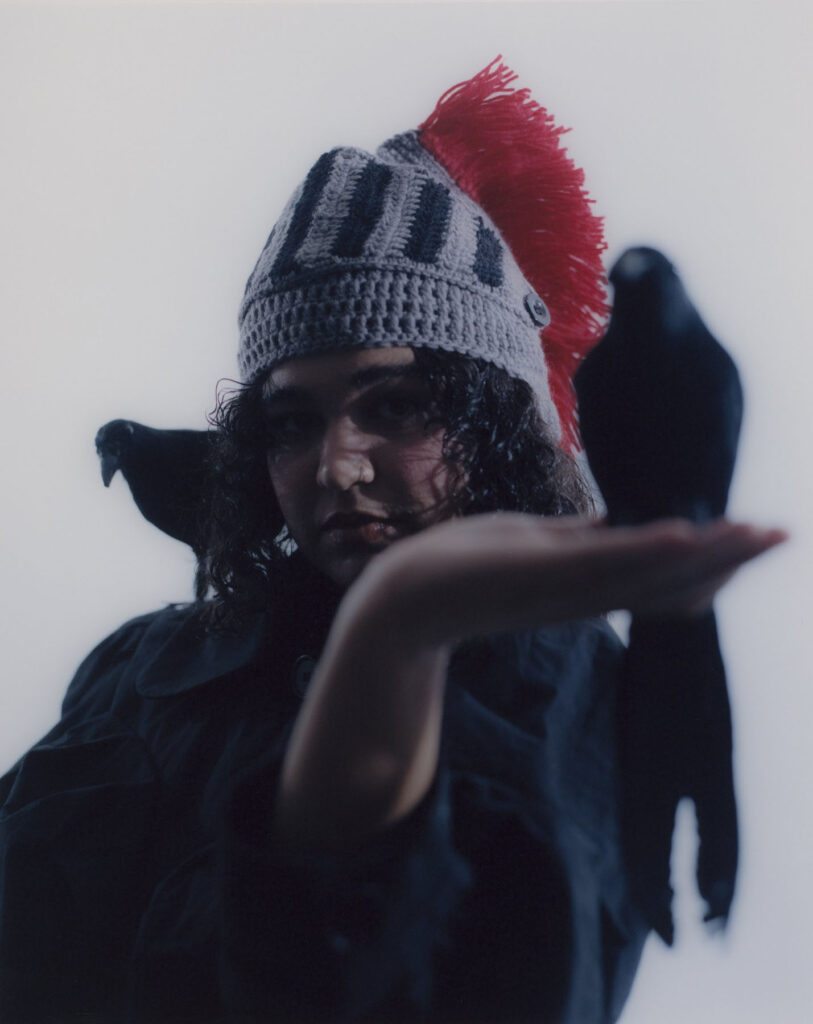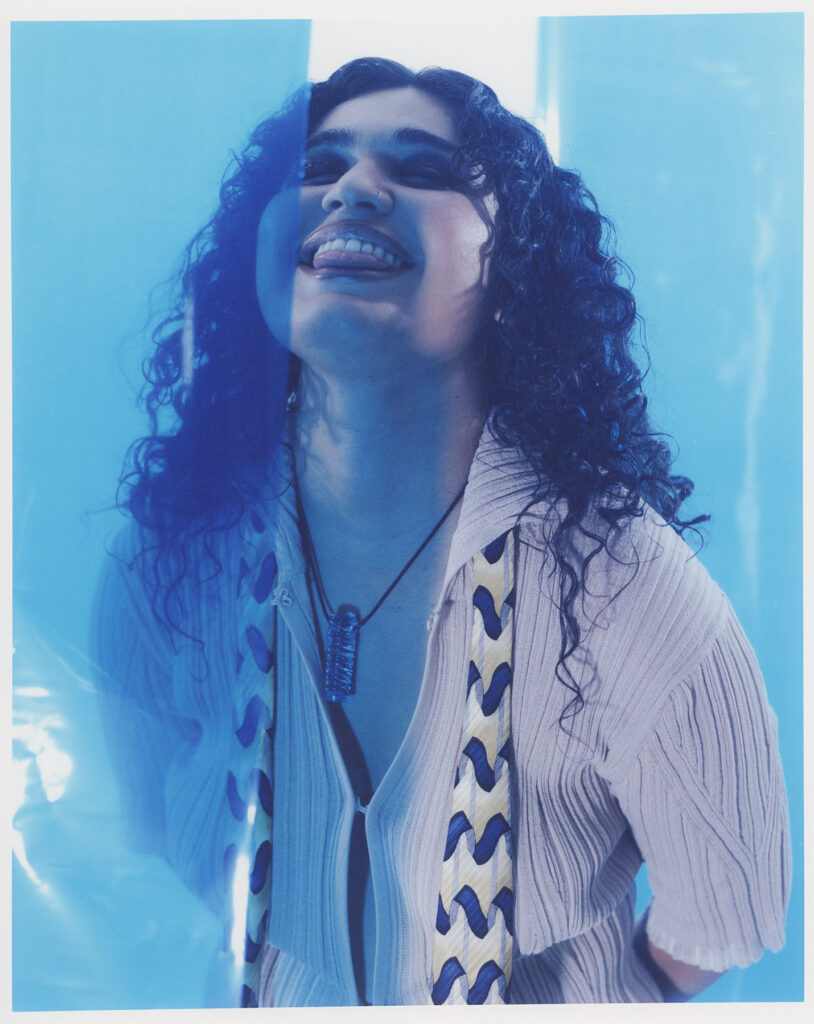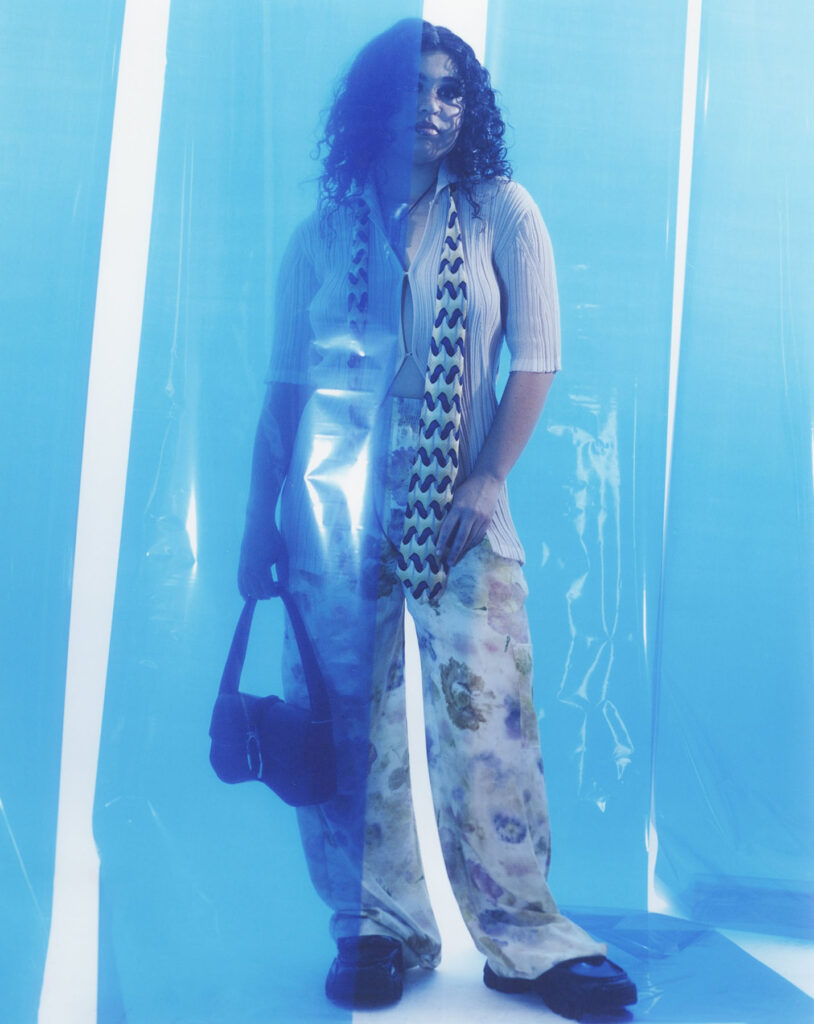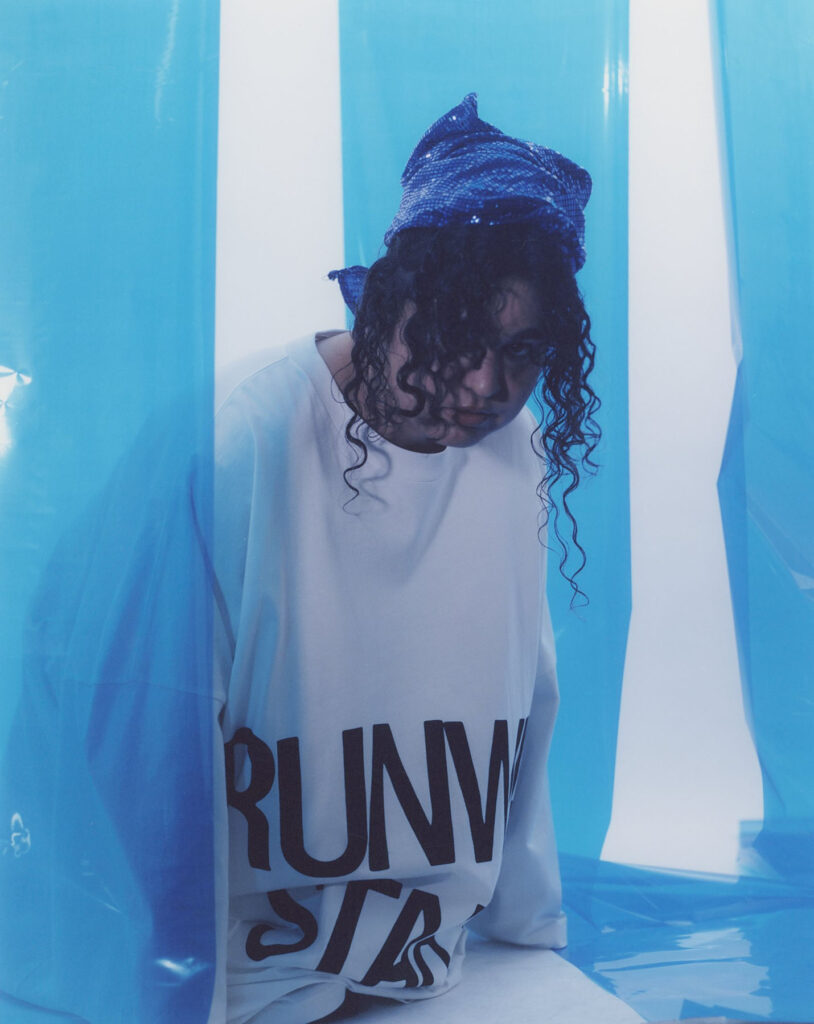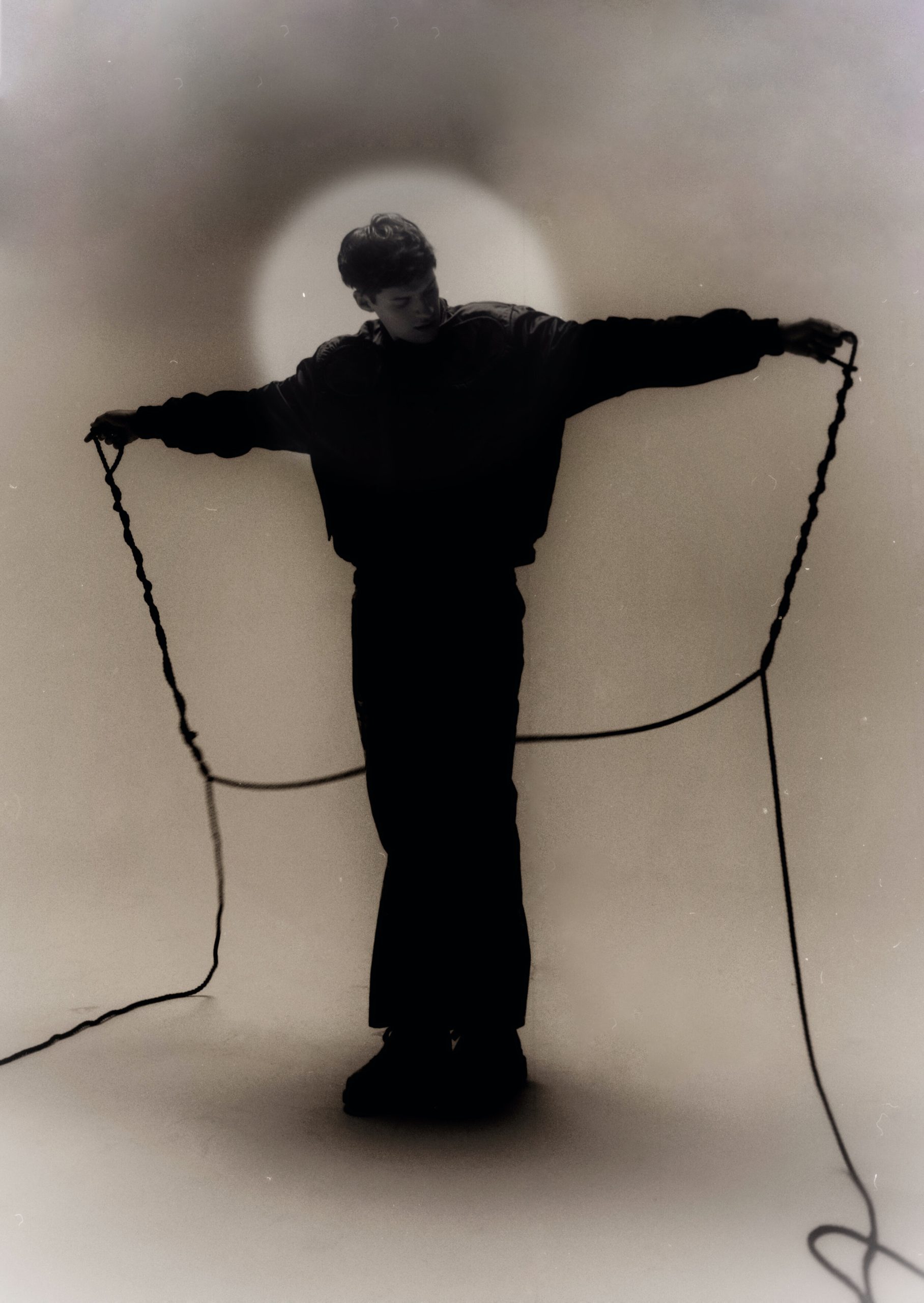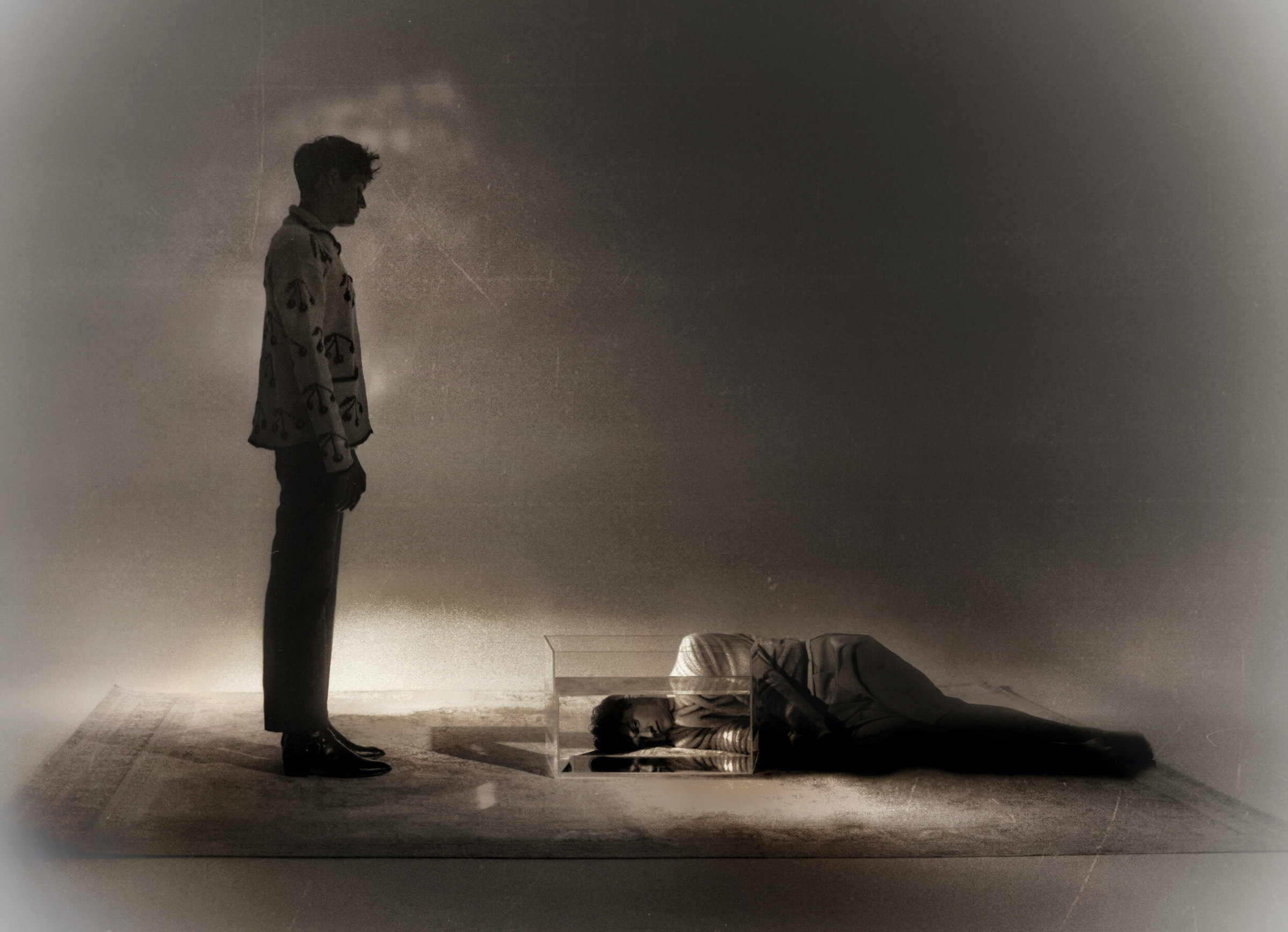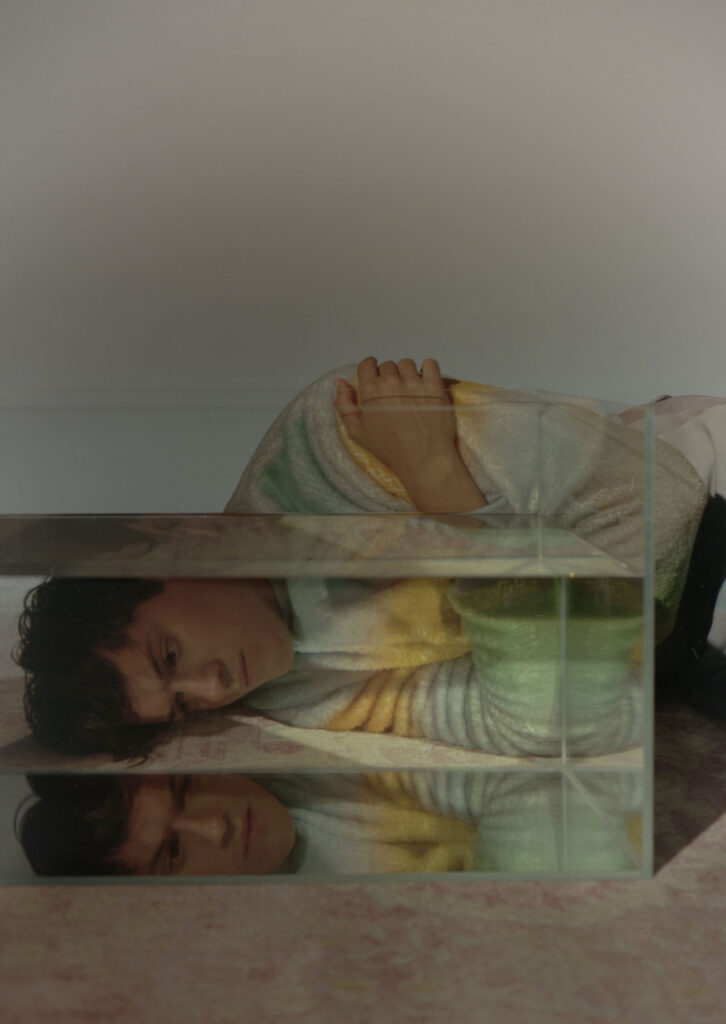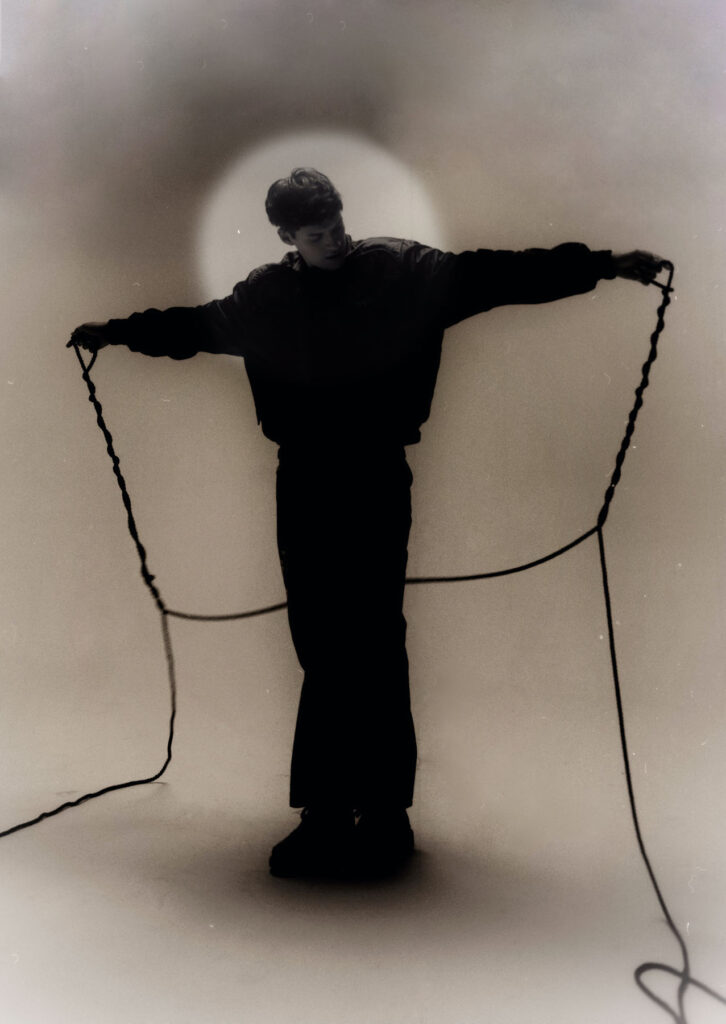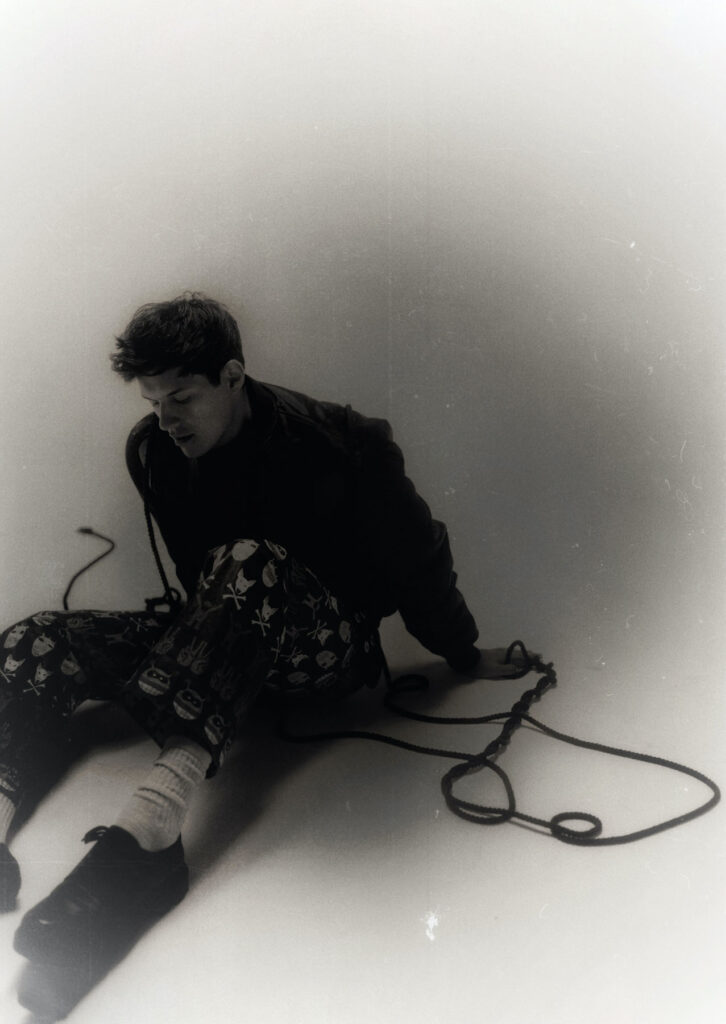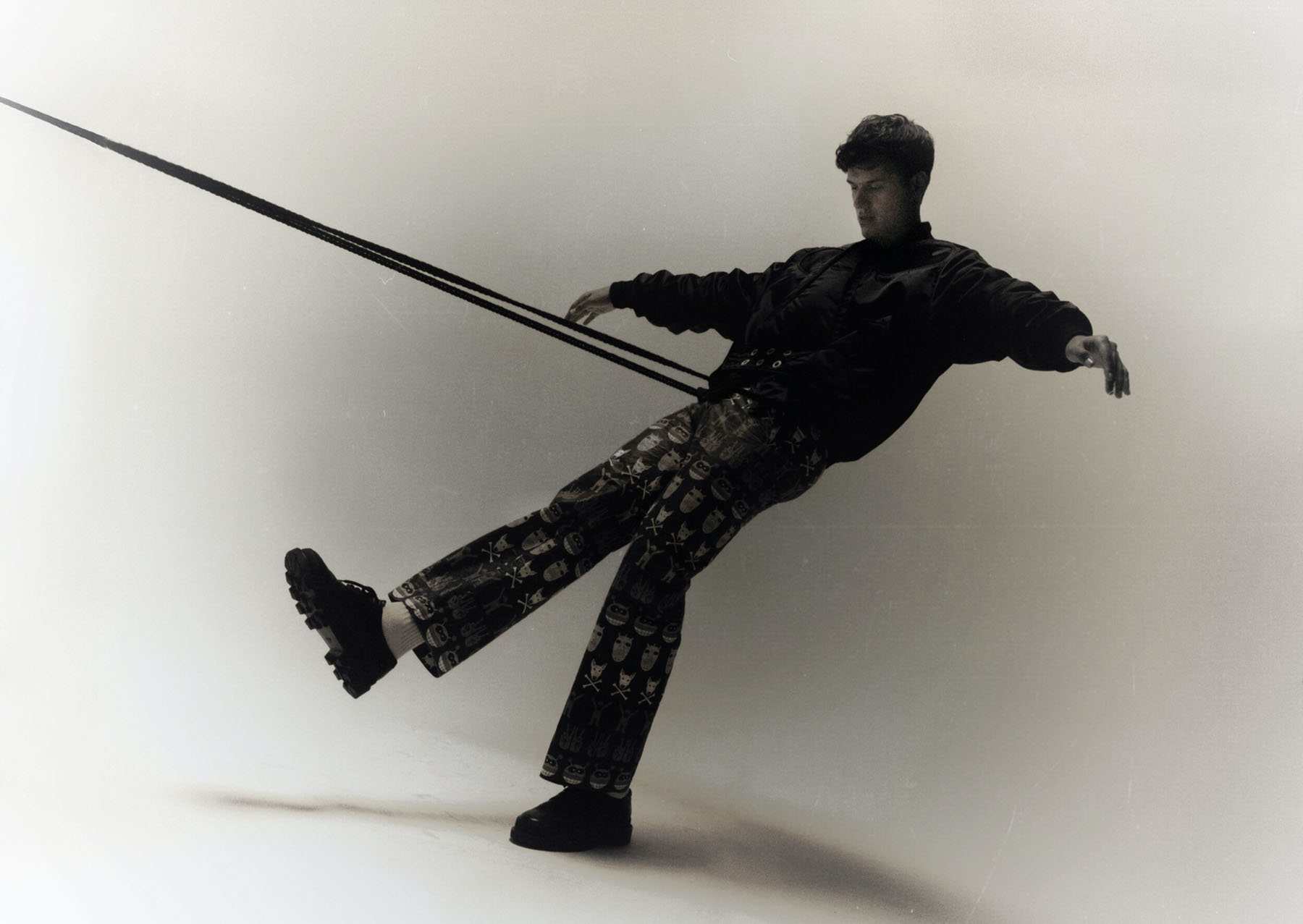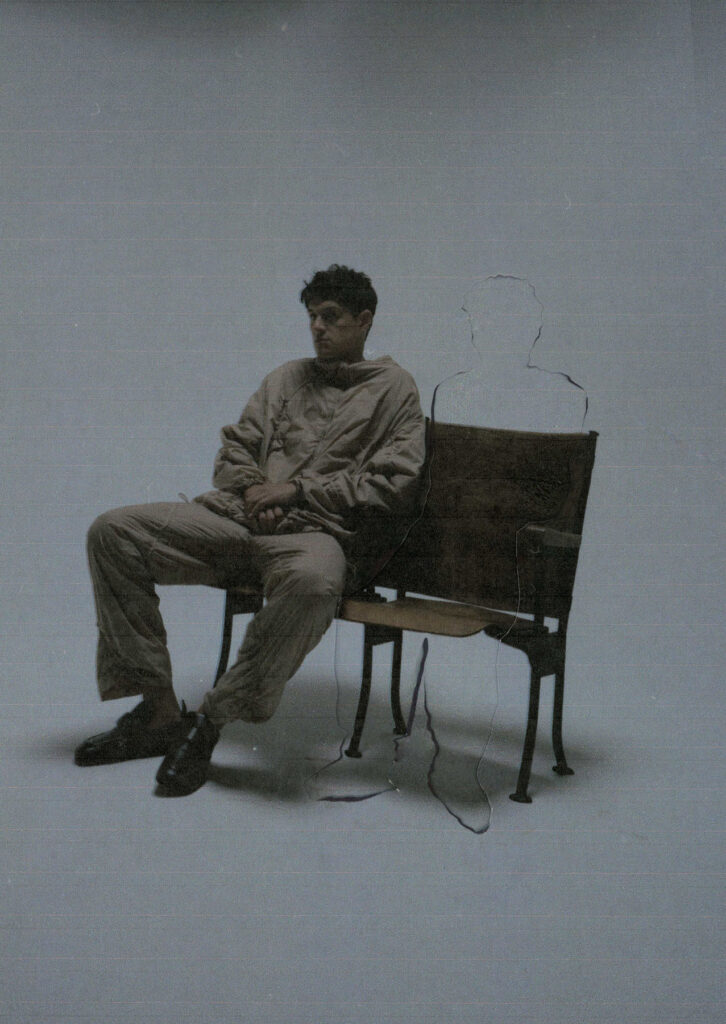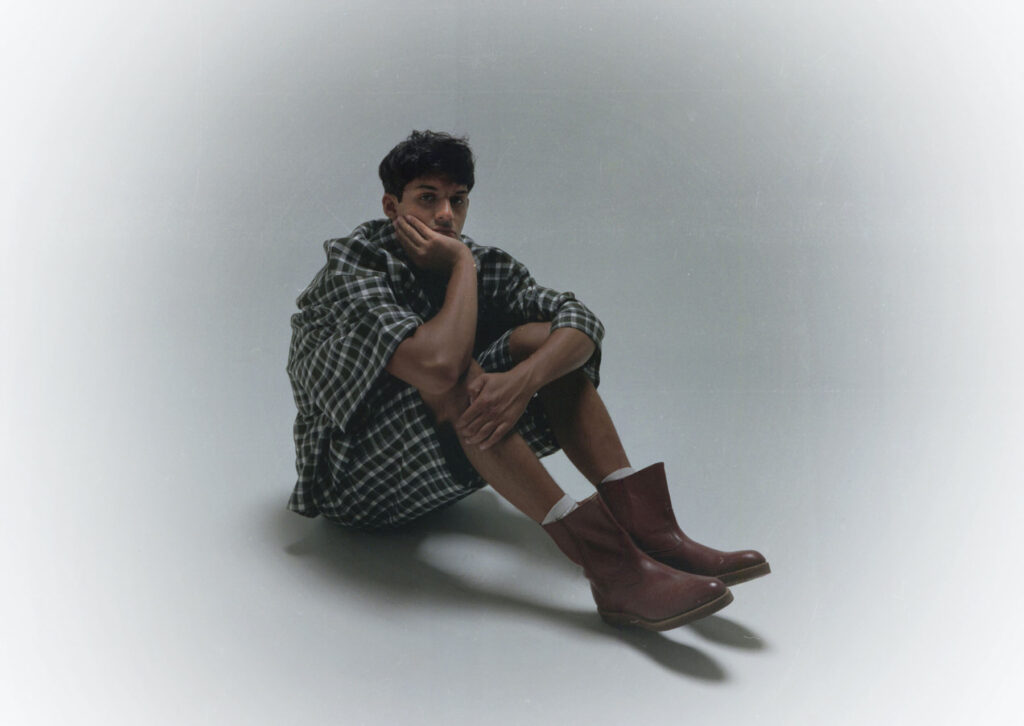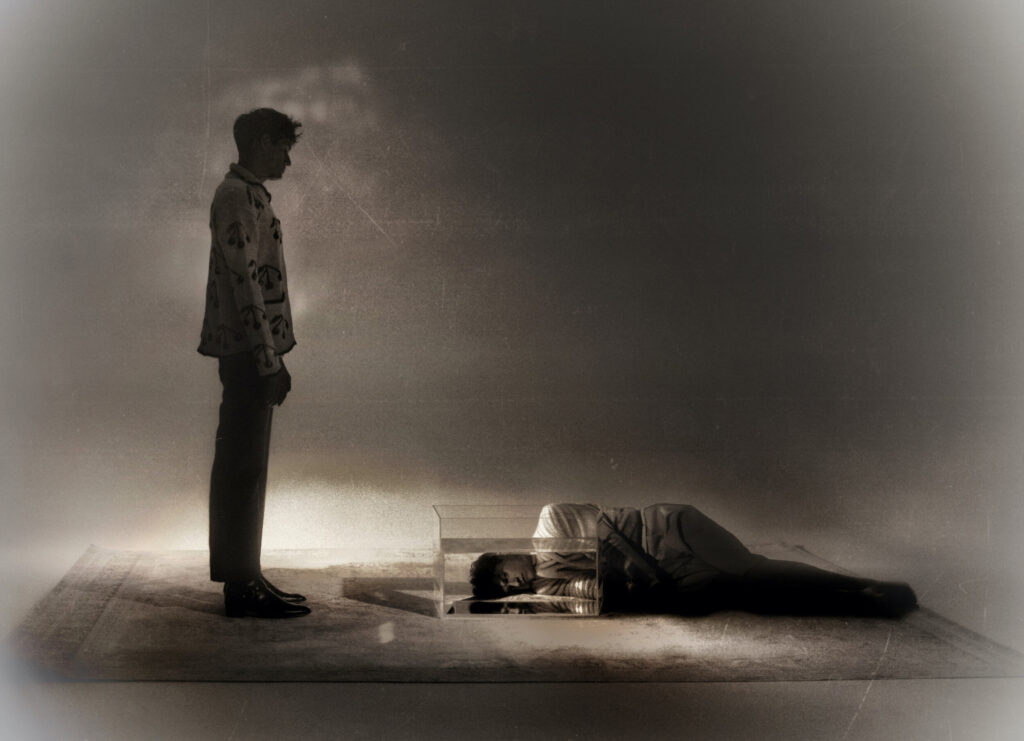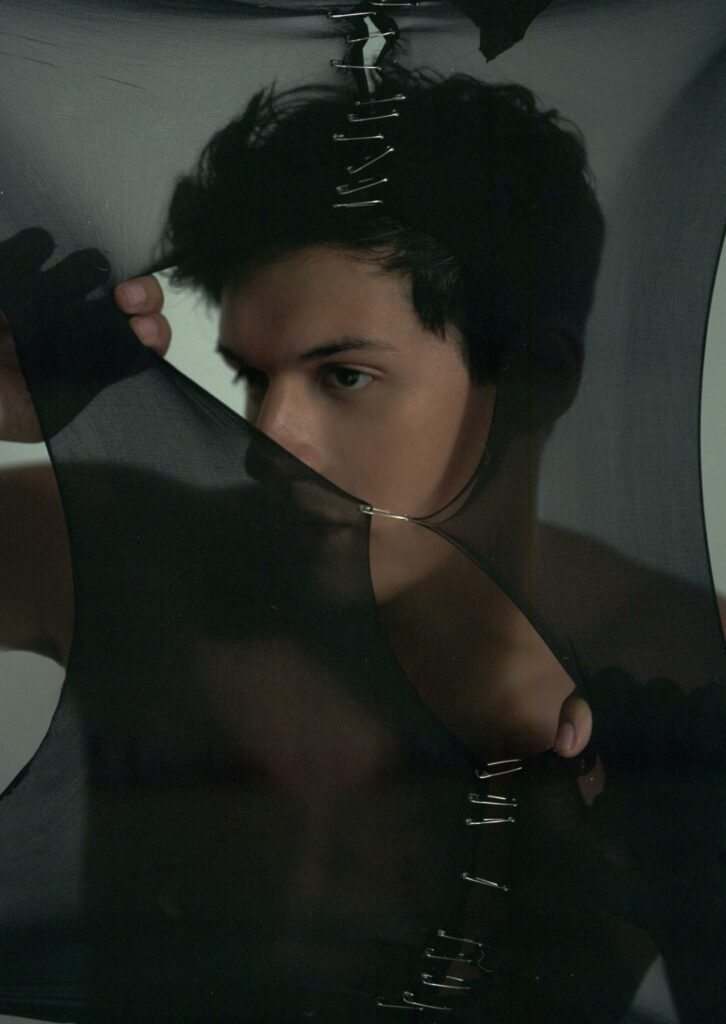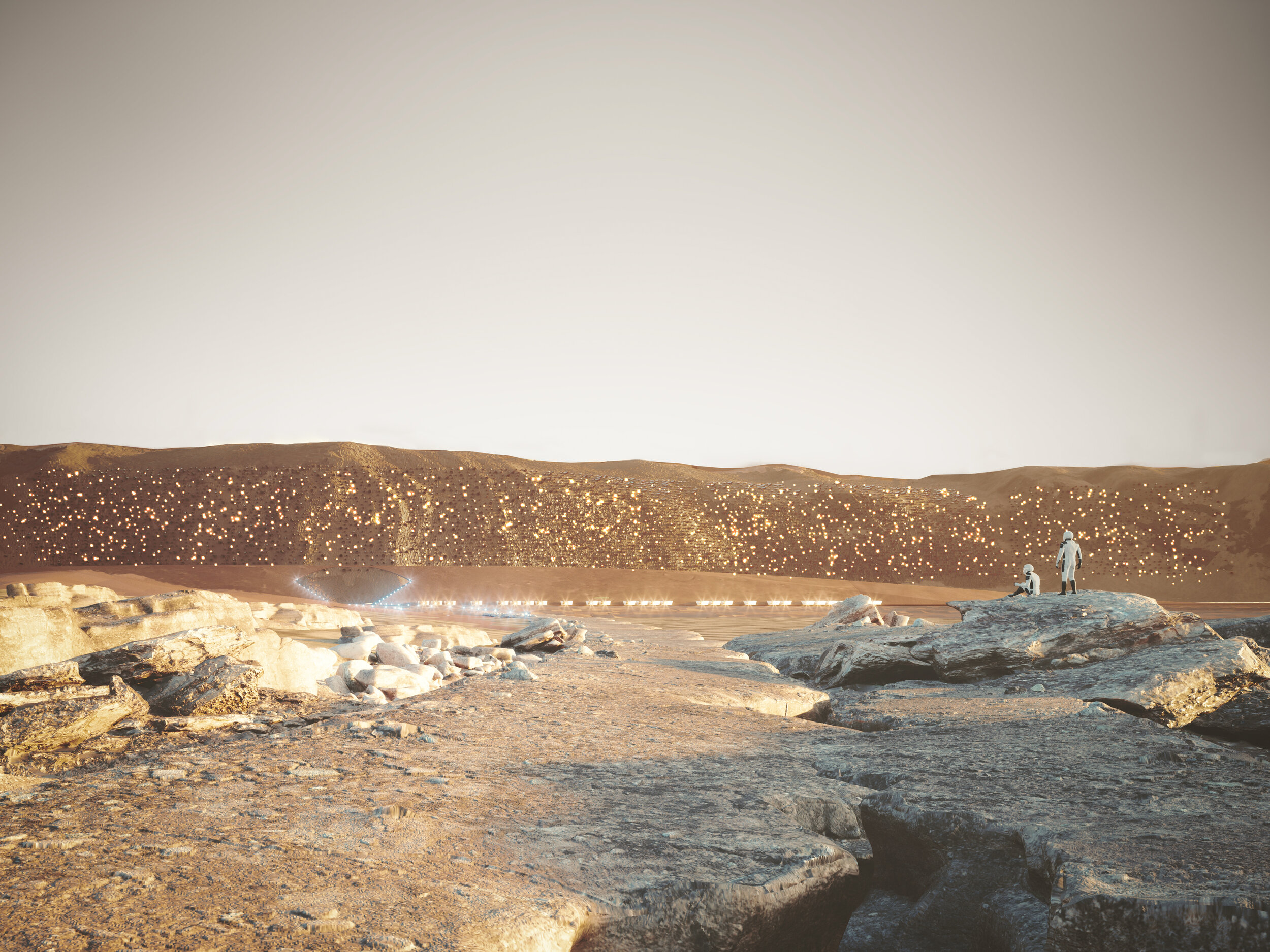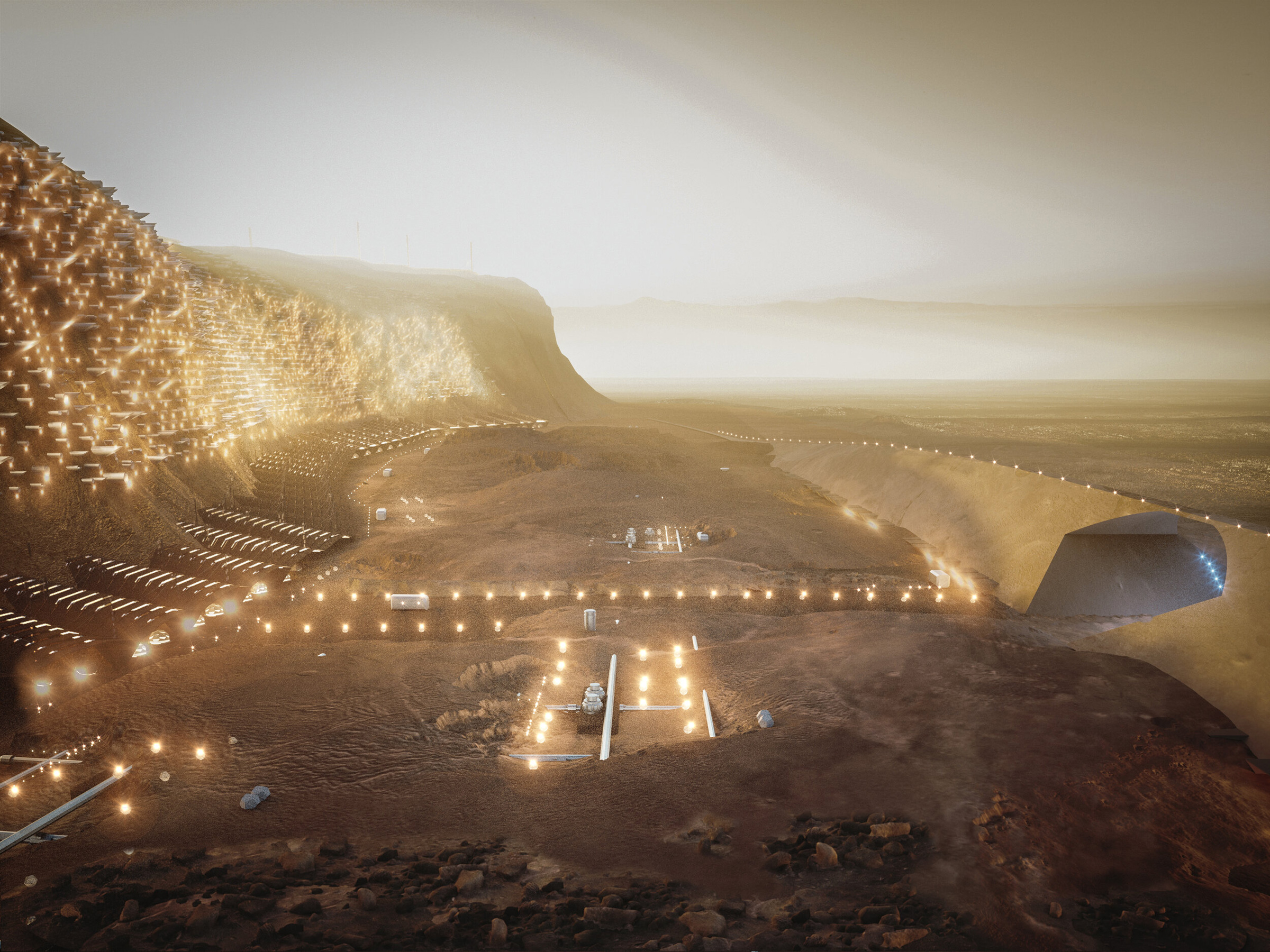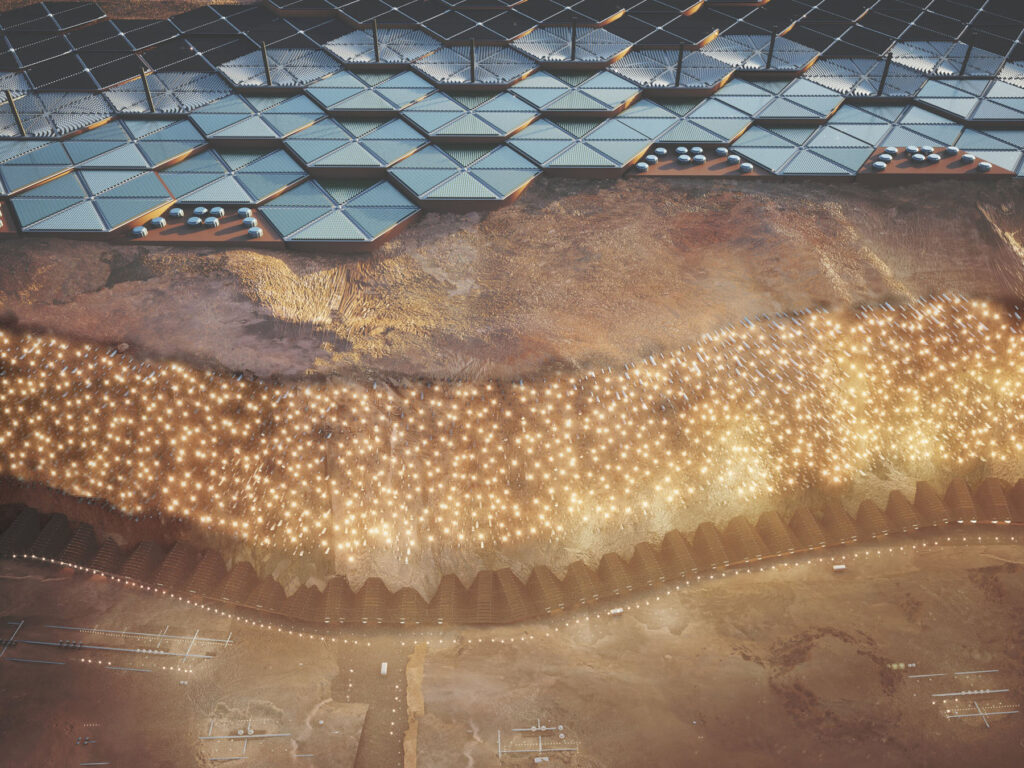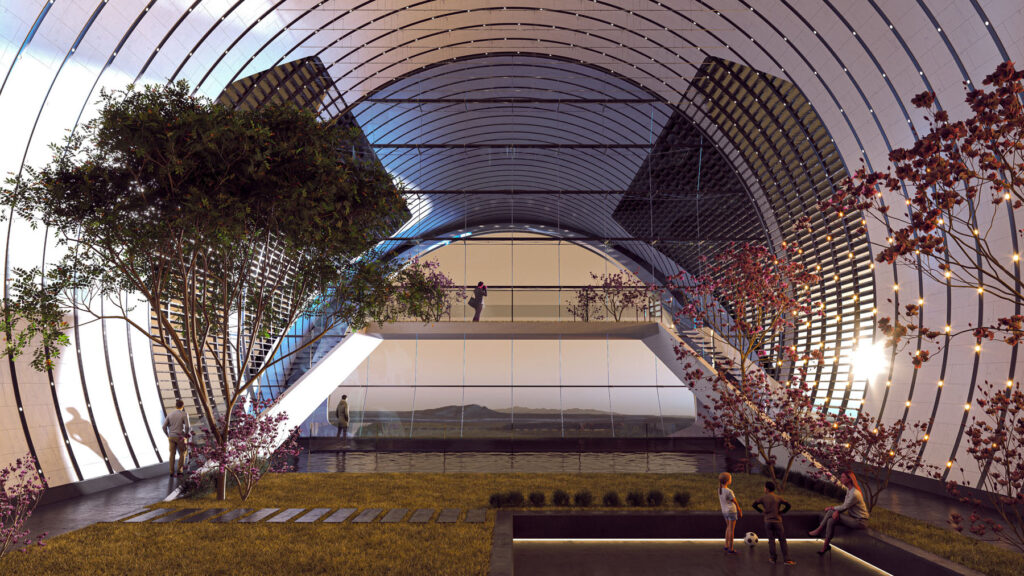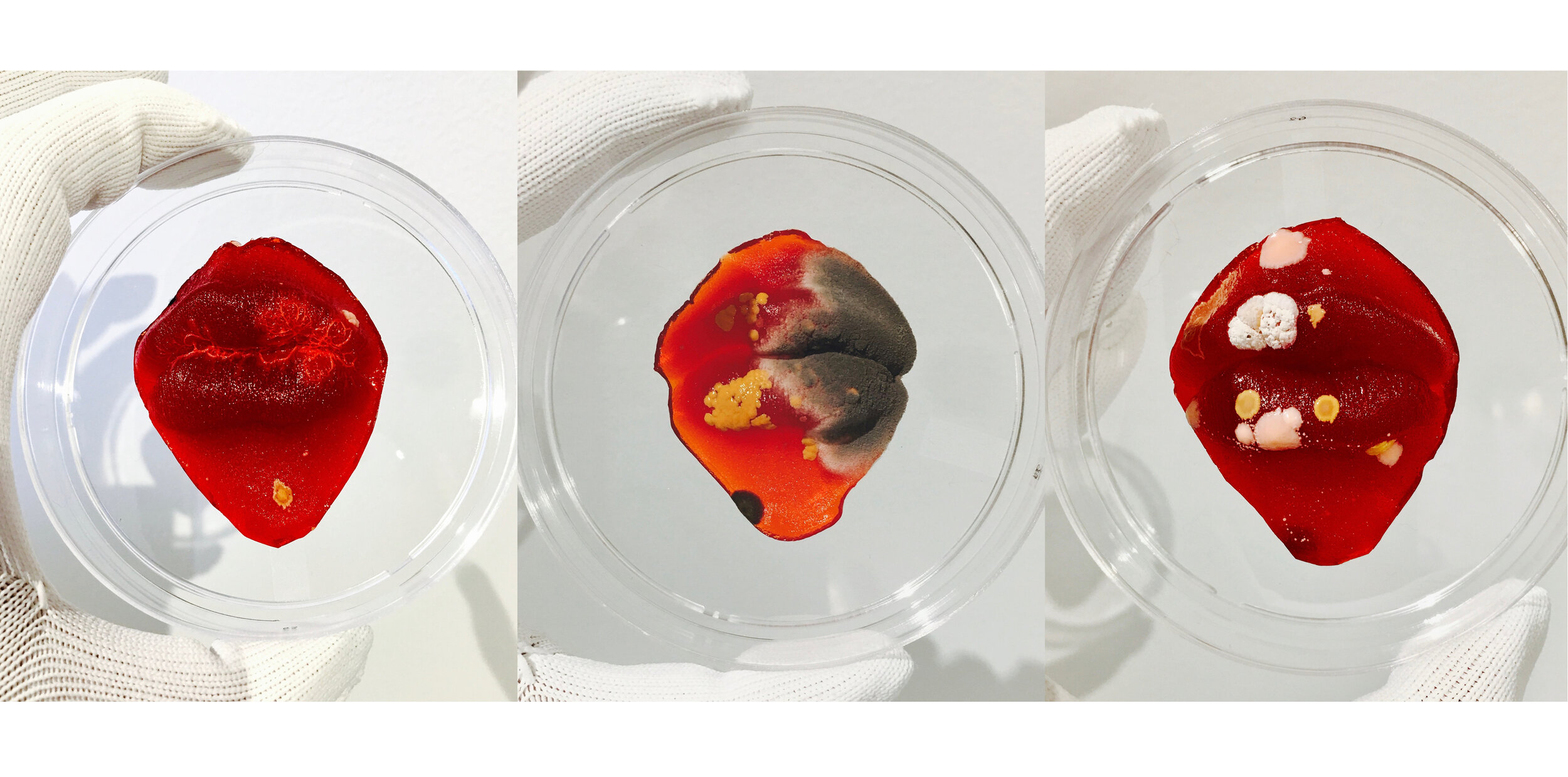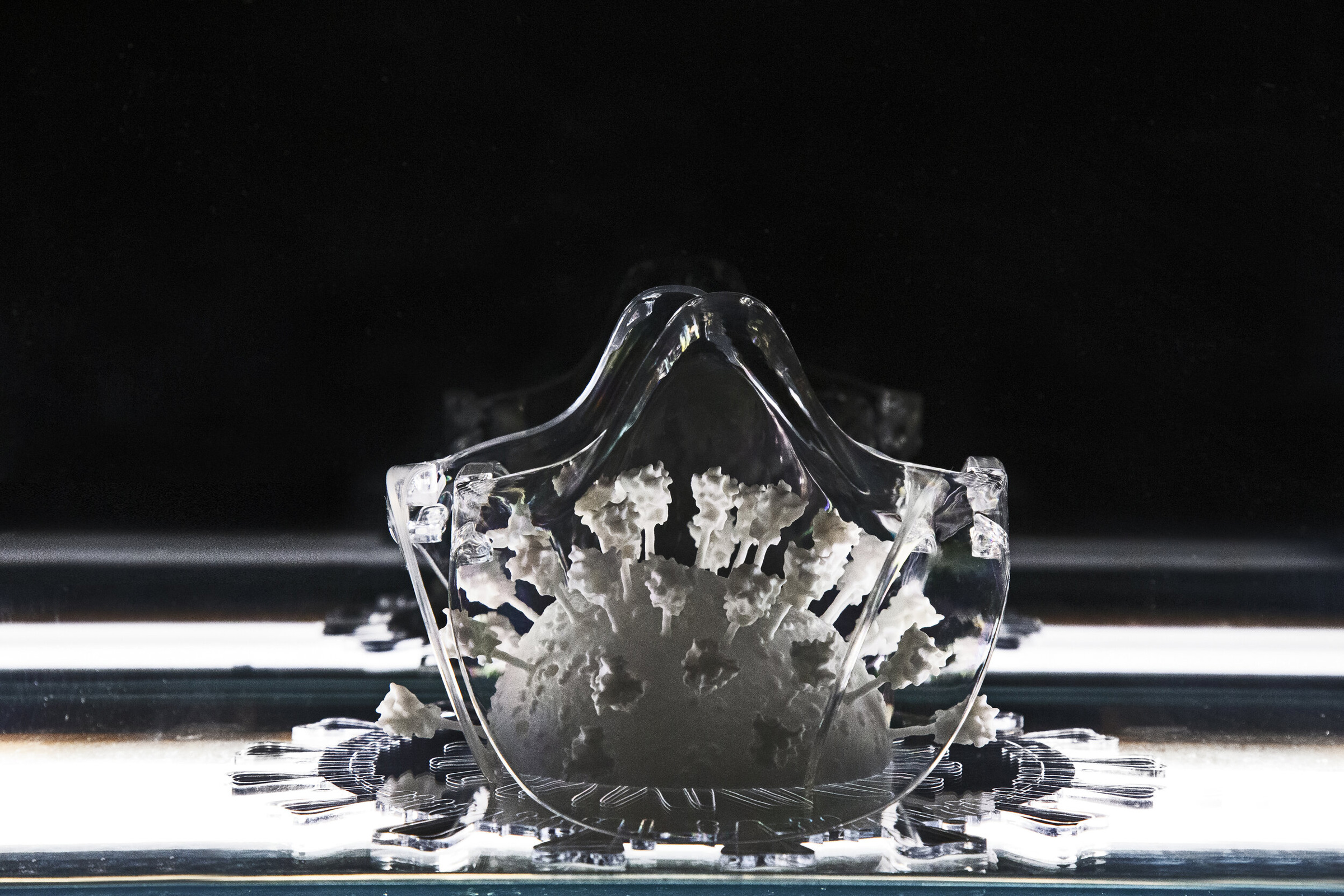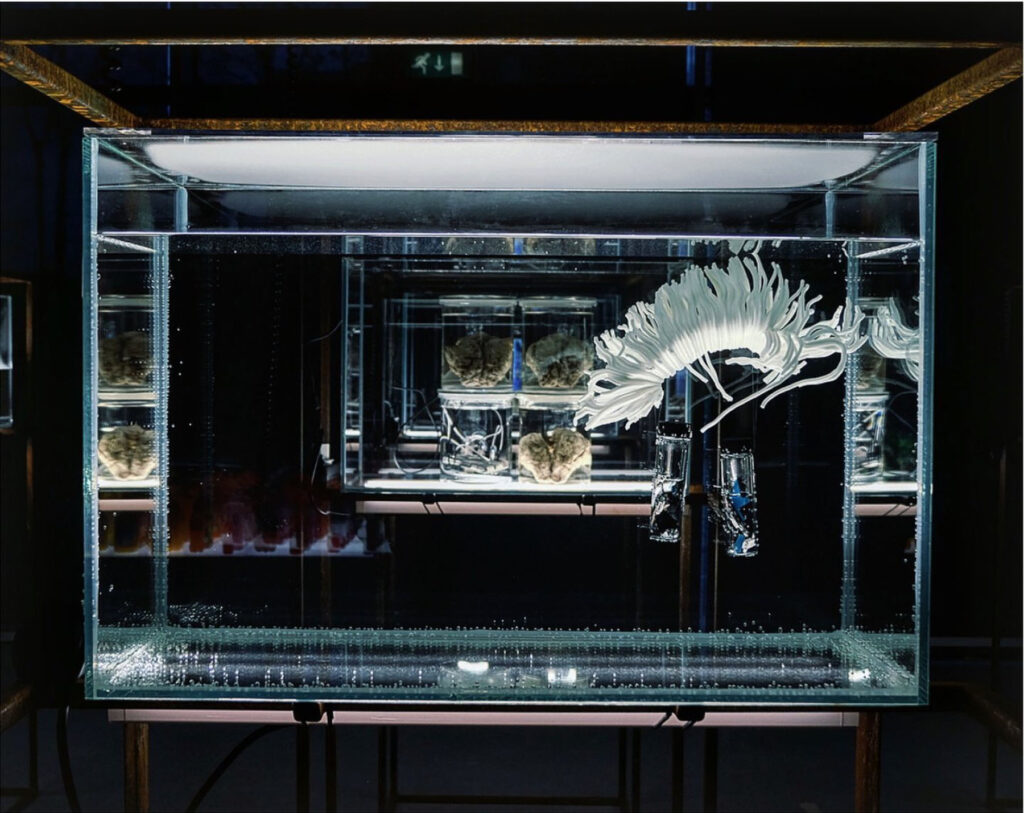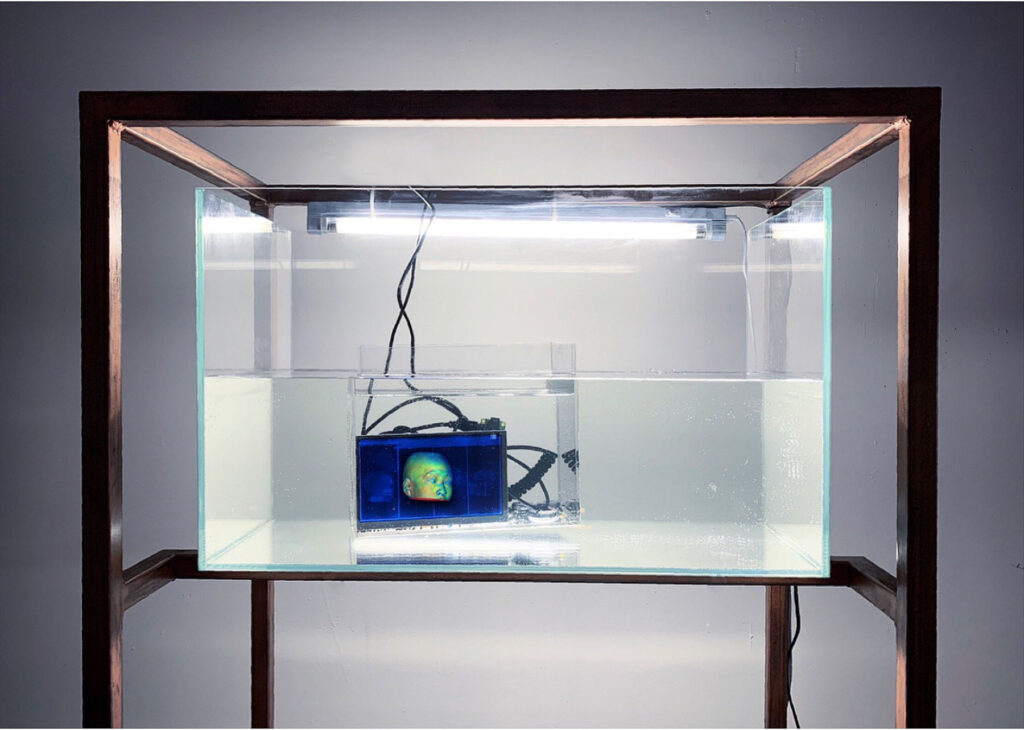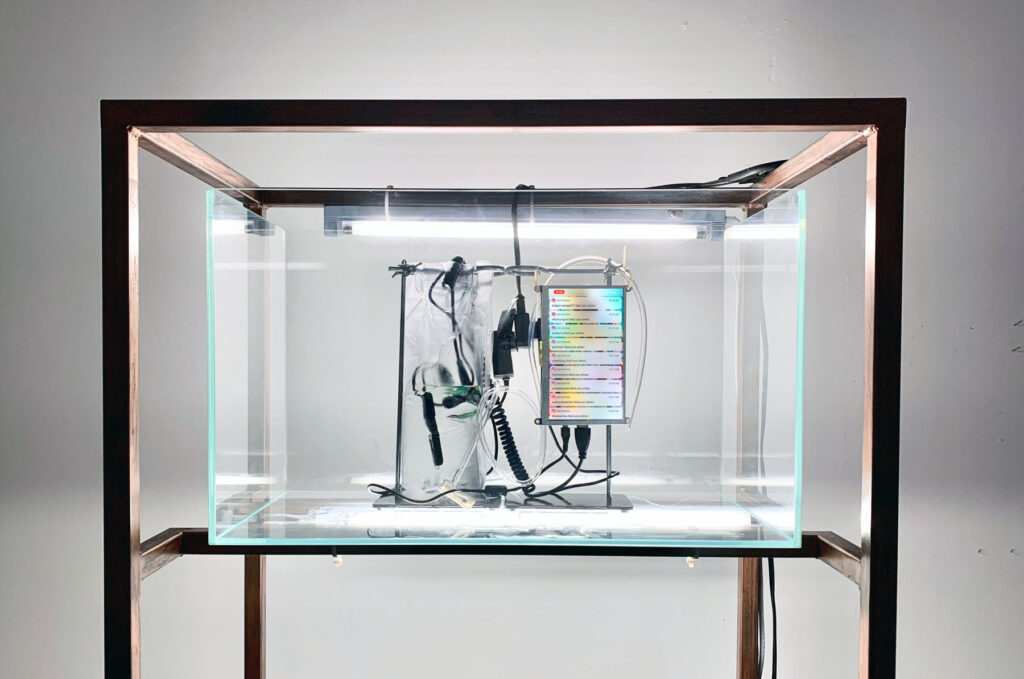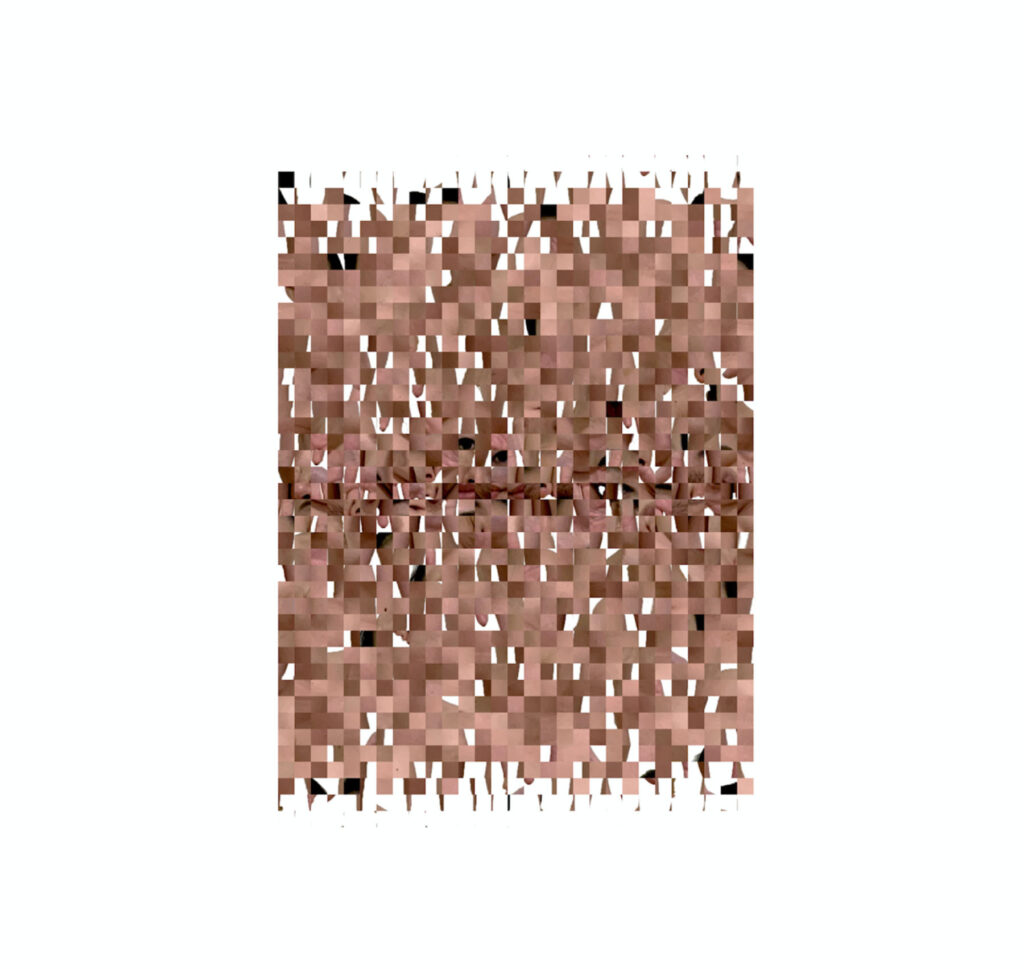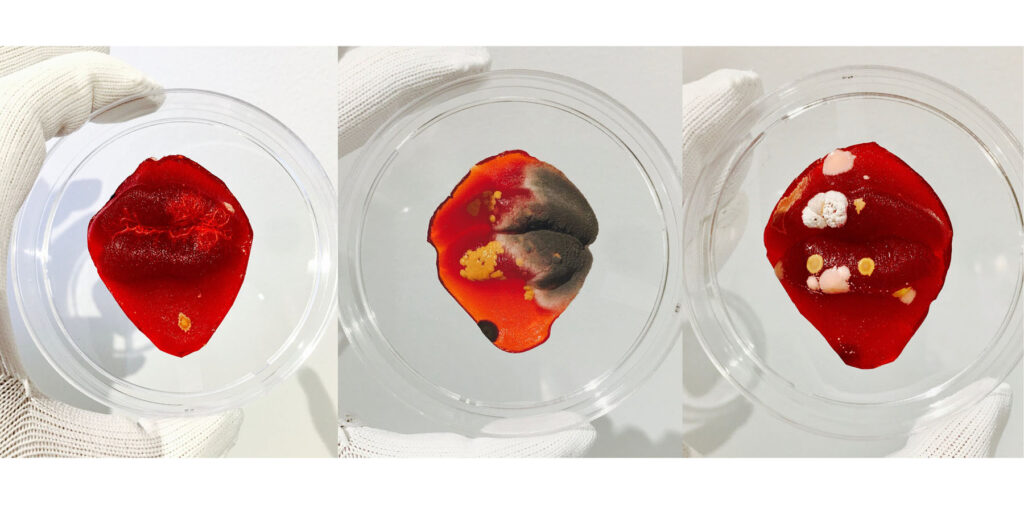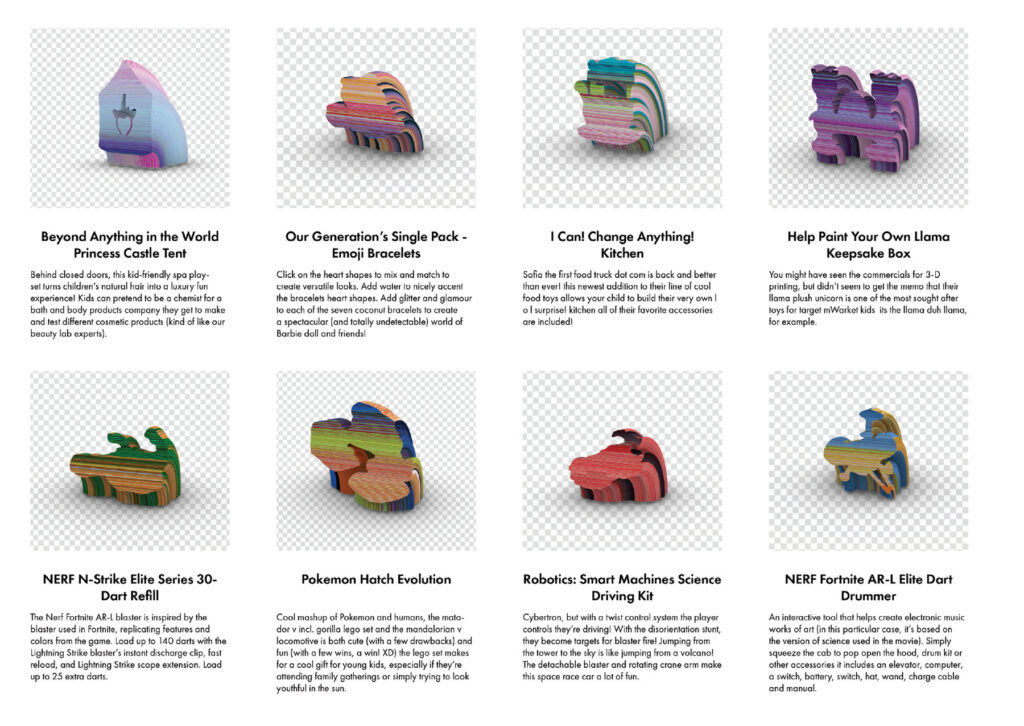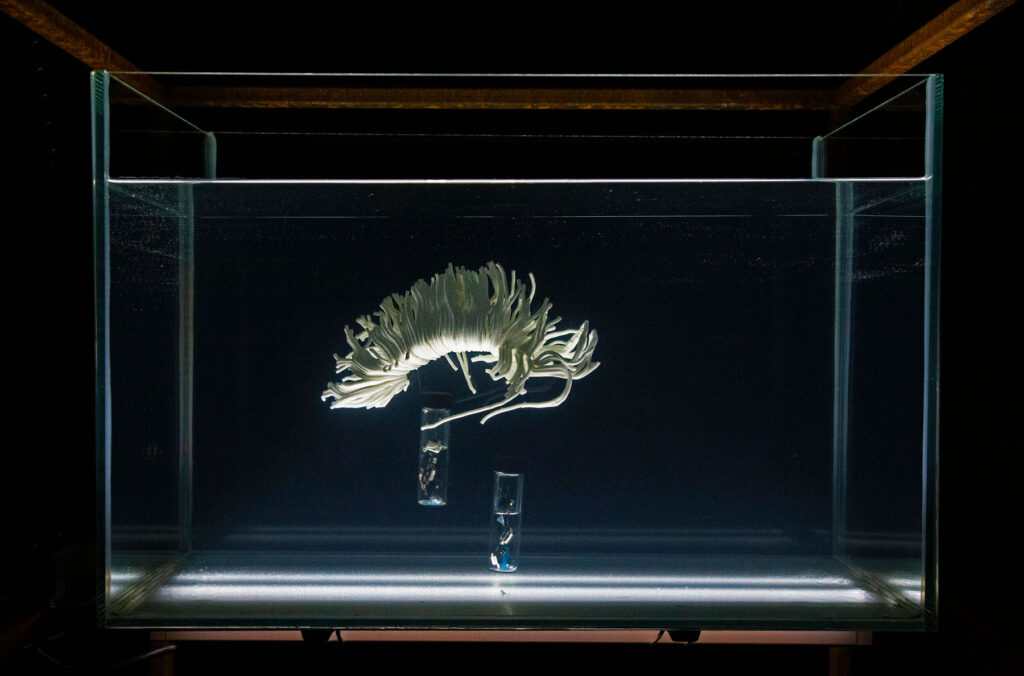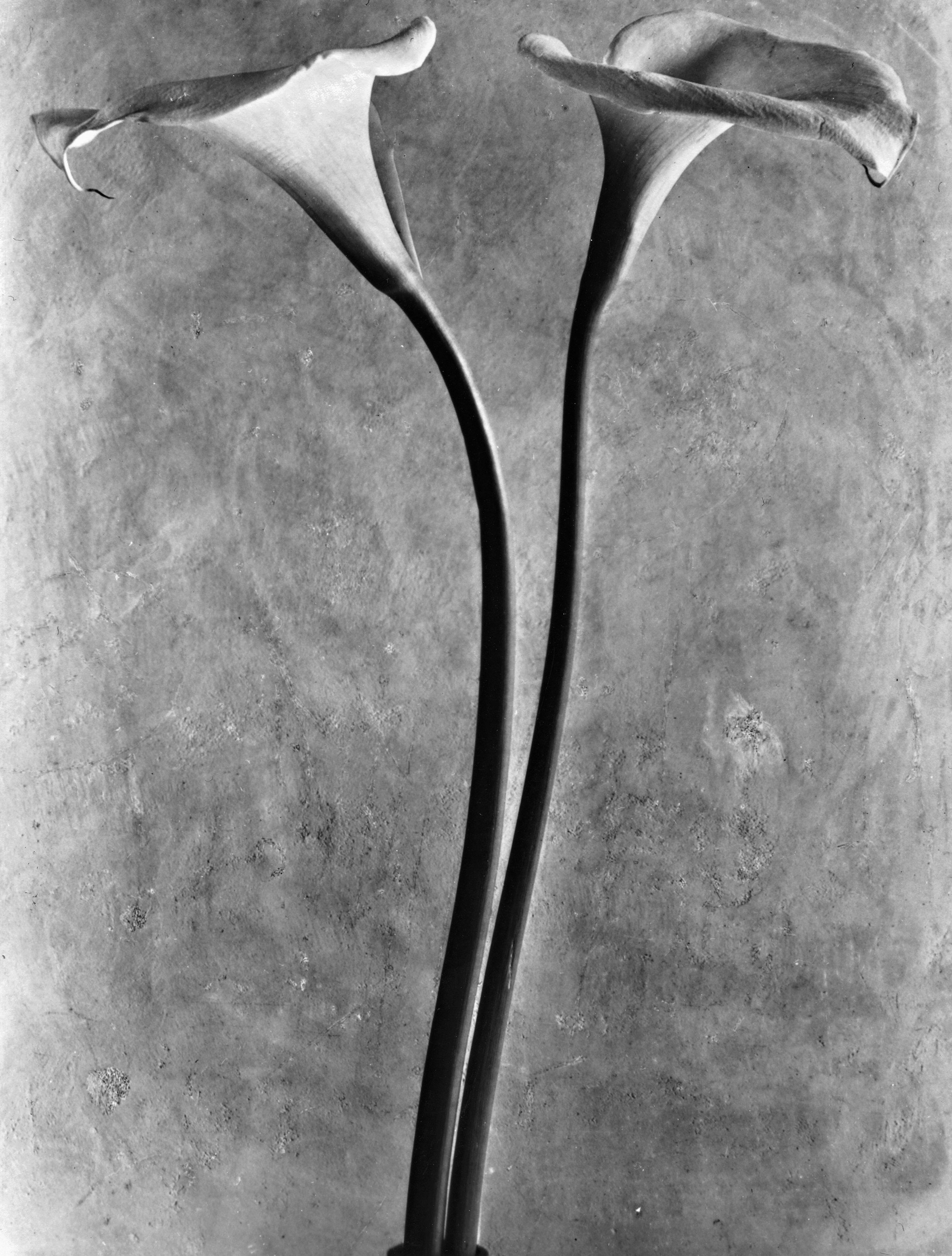
Women, Mexico and Freedom
Held at Museo delle Culture in Milan, Tina Modotti: Women, Mexico, and Freedom showcased the photographs of the Italian photographer, activist, and actress, the testament to the indelible mark she left on the history of contemporary photography. Biba Giacchetti, the exhibition’s curator, remembered Tina as an icon of photography and civil commitment. “During her short lifetime, Tina Modotti fought on the front line for freer and fairer humanity, and to bring aid to the civilian victims of conflicts like the Spanish Civil War. This exhibition illustrates the artistic phase of Tina Modotti’s life, a period that lasted barely a decade, and coincided with a historical era of extraordinary cultural, political, and social ferment. Tina succeeded in measuring up to the greatest artists of her day, and the technical and experimental research she undertook is of great interest. Tina’s activity was closely linked to the currents of Surrealism, whose boundaries it transcended, however, allowing her to steer her art towards new forms of communication. The originality in the way Tina executed her work will forever remain unsurpassed.”
Born in Udine on 16 August 1896, Tina attended the early years of elementary school but dropped out at the age of twelve to work in a spinning mill and help support her family. When her father emigrated to the United States, she joined him in 1913. She sojourned between San Francisco and Los Angeles, came into contact with the vibrant cultures of the cities, and experienced a key moment in her education: she acted in theater and cinema, modeled, painted fabric, became involved with the poet and painter Robo Richey, and met the photographer Edward Weston.
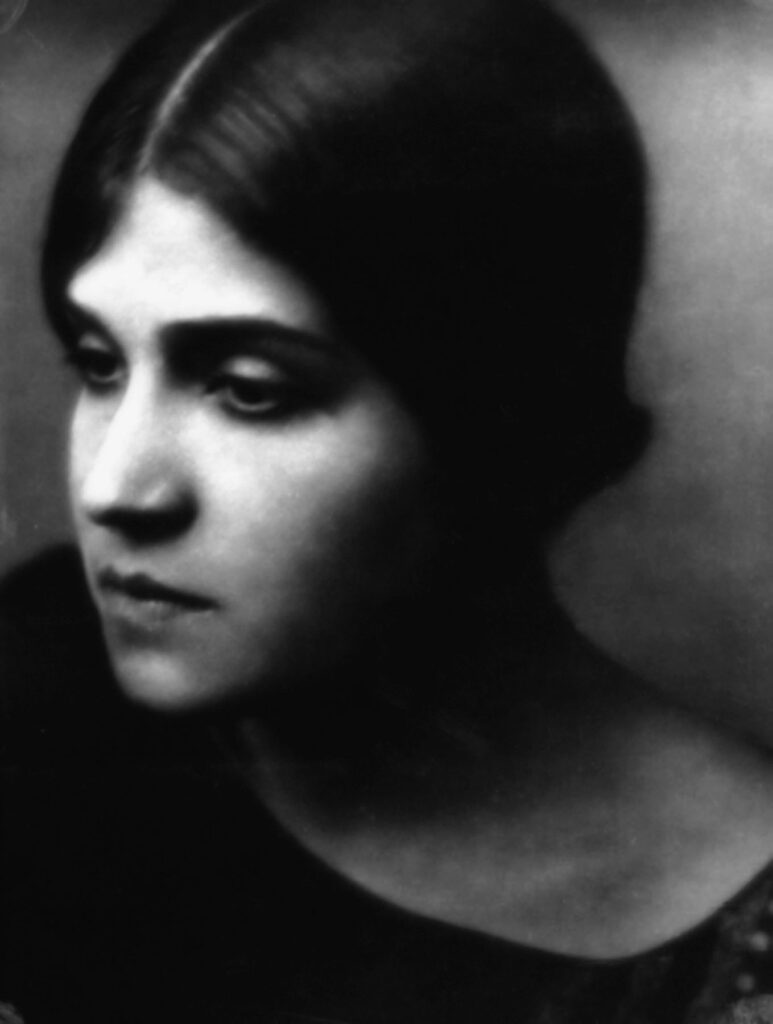
One photograph displayed a scene from a film where Tina’s acted. She was sitting on a low stool perched on hay- and dirt-covered floor and rested her chin over her right fist as she gazed far from the camera’s lens. Her sorrowful eyes and frazzled hair, which only added to her beauty, reflected the distress she felt for the character she was in. Titled The Tiger’s Coat (1920), the scene preluded the dissatisfaction Tina felt in playing roles that were solely based on her Mediterranean beauty, a reason she abandoned her acting career. “We had a good laugh over the villainous character she portrayed. The brains and imaginations of our movie directors cannot picture an Italian girl except with a knife in her teeth and blood in her eye,” from Edward Weston’s Daybooks on March 12, 1924.
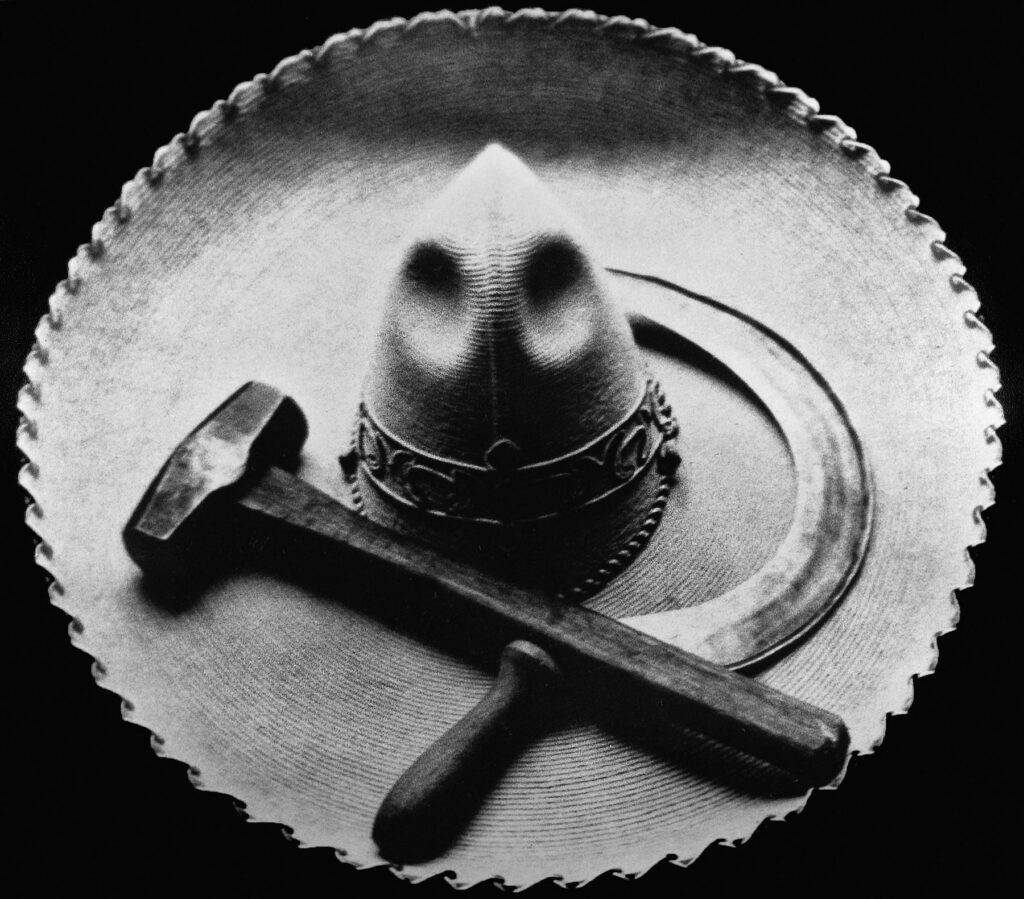
Walking through the exhibit, I found a photograph of Tina and Robo de l’Abrie Richey, her then-partner, during their stay in Los Angeles. The years Tina spent with Robo gravitated her towards a group of bohemian intellectuals who discussed philosophy, psychoanalysis, art, and photography – signals of Robo’s influences over her. Tina would stay in touch with “Vocio,” Robo’s mother, even after her partner’s untimely death. When Walter Frederick Seely captured the couple in 1921, the sense and essence of home permeated the frame: Tina kneeled on a cushioned stool as she attended to a garment while Robo fixated his gaze on his painting, his paintbrush deepening its puncture over the canvas. When Robo passed away, Tina sat by the window of her home in Tacubaya. She leaned an arm on the railing, angled her face sideway, and let the sun caress her skin. Her somber look may not have only been due to grief, but also nostalgia as one may feel from her letter to Edward Weston, the person who took the photograph, in 1922: “Oh! The beauty of it all! Wine – books – pictures – music – candlelight – eyes to look into – and then darkness, kisses.”
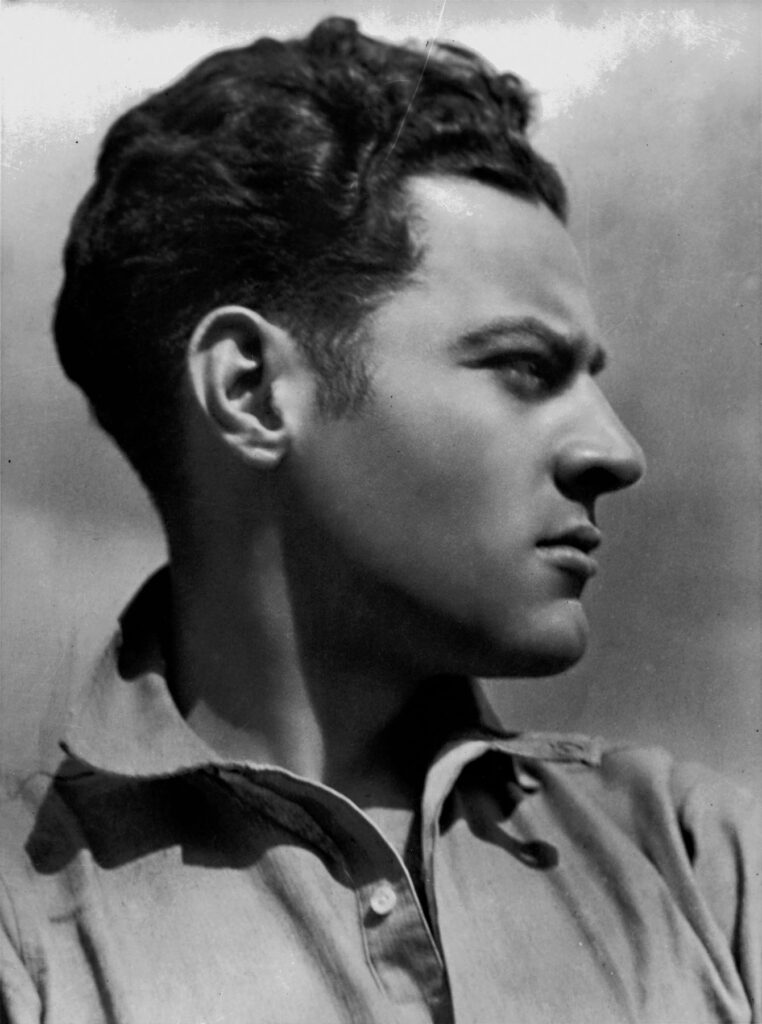
Tina and Edward’s relationship deepened. Tina on the Azotea, a series of nude pictures taken by Edward, explored the commonalities they shared. He photographed Tina sunbathing on the floor while her eyes closed, her serene expression oblivious to Edward’s lingering gaze. In his description of Tina during the shoot: “My eyes and thoughts were heavenward indeed — until, glancing down, I saw Tina lying naked on the Azotea taking a sun-bath. My cloud ‘sitting’ was ended, my camera turned toward a more earthly theme, and a series of interesting negatives were obtained. Having just examined them again I am enthusiastic and feel that this is the best series of nudes I have done of Tina,” from Edward Weston’s Daybooks on July 9, 1924.
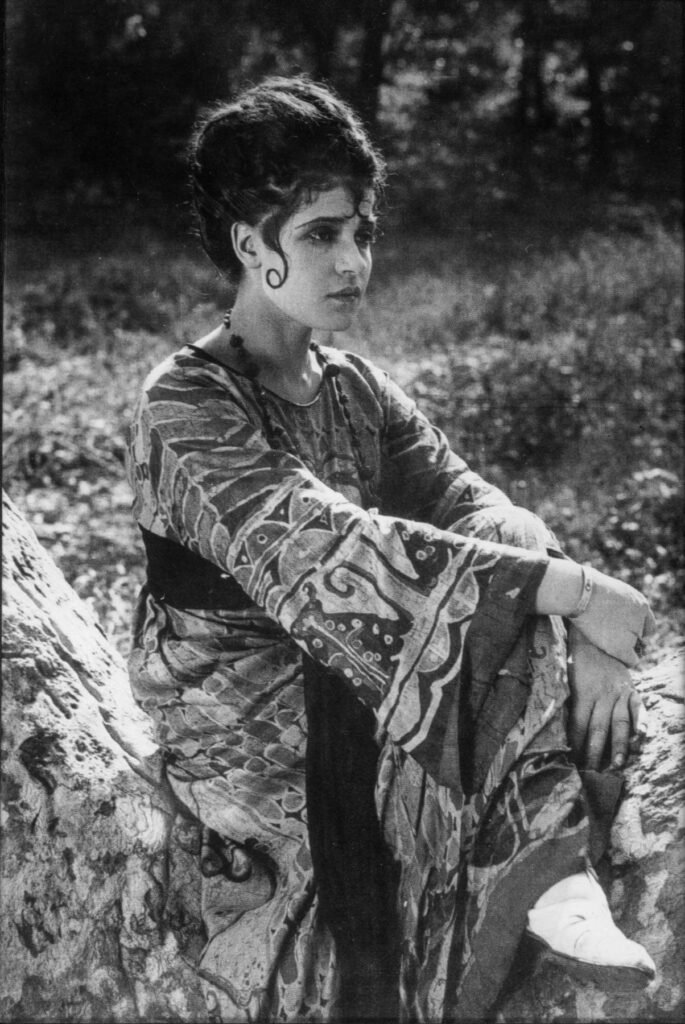
In 1923, Tina moved to Mexico with Edward and was acquainted with the artists of the Mexican Renaissance including Frida Kahlo and Diego Rivera. For seven years she devoted herself to photography, developing her own personal process, and becoming one of the avant-garde exponents of “social photography”. Tina’s political engagement focused on supporting the freedom of the oppressed against oligarchies and the opposition to the United States’ major influence in Central America. On another front, she worked to oppose international fascism. In 1927, she joined the Mexican Communist Party, where she came into contact and became involved with Xavier Guerrero. During her time in Mexico, Tina collaborated with the magazine El Machete, which brought together artists who shared the same views and ushered Tina to introduce Frida Kahlo to Diego. In a photograph taken in 1929, Tina, Diego, and Frida were seen participating in the 1929 May Day Parade, the revolutionary spirit of Tina blossoming.
From 1926 onwards, Tina stayed in Mexico, earning her living from photography and becoming more entangled in politics. While her photography took a propagandistic turn, Tina’s lens never wavered in highlighting people, disseminating emotions, philosophies, and messages to her viewers regardless of their social class. In two photographs, In the Streets of Mexico City (1929) and Elegance and Poverty (1928), Tina’s empathetic gaze towards mankind unraveled. She found an elderly man on the street in freezing weather and spent the night trying to find a place for him to stay, leaving his side only when someone offered a home for him to stay and sleep in. Her experience fueled her political voice to take a stance for the weak through photography and social engagement.
All her life, Tina missed her family, whom she often could not visit because of the political persecution she suffered. In 1936, Tina learned that her mother, Assunta Mondini Modotti, had died after returning to Italy with one of her sisters. In a letter she wrote to her sister Mercedes, she expressed: “Having you close by would have made my immense sorrow more bearable, it would have filled the great and horrible void that our blessed mother has left behind…”
She turned her attention to photography with her still life images and portraits helming her modernist aesthetics and her political creed. In Hands of a Washerwoman (1928), the way she spotlighted the frailty of the hands insinuated the dignity of the work, a contrast to Hands of a Puppeteer (1929) where it personified power. She also captured sombrero, hammer, sickle, corn cob, guitar, and cartridge belt, symbols of life she lived while in Mexico. She exhibited them with pride and determination in her last show in Mexico City, before being forced to leave the country.
In the show’s narration: “In 1930, accused of an unsubstantiated ‘plot’, Tina was expelled from the country, and after a short period of time spent in Berlin, she joined Vittorio Vidali in Moscow, where she worked for international Red Aid. She then moved to Paris, and in 1934 and 1935, she conducted clandestine missions to Austria and Spain. During the Spanish Civil War, Tina was involved in the organization of military health, assistance for orphaned children, and bringing aid to the civilian population. She met artists, writers, and poets like Pablo Neruda and Antonio Machado, intellectuals and photographers who had gone to Spain to offer their support to the Republic, including Robert Cape and Gerda Taro. Severely affected by the defeat of the Republic, Tina Modotti returned to Mexico in 1939, where she died of a heart attack on 6 January 194Z after having dinner at the home of the former director of the Bauhaus, Hennes Meyer. Straight after her death, the violent attacks of the right-wing Mexican press ceased only following the publication of Pablo Neruda’s poem Tina Modotti ha muerto.”
As I walked towards the exit, I looked to my left and found a red wall with the poem Pablo Neruda dedicated to Tina Modotti. Reading it under the glare of the spotlight, the stanzas reminisce the Tina visitors would never meet in this lifetime:
Tina Modotti, o sister of mine, you do not sleep, no, you do not sleep,
perhaps your heart can hear yesterday’s rose grow,
yesterday’s last rose, the new rose.
Rest gently. o sister of mine.
Yours is the new rose, yours is the new land:
you wear a new dress made of deeply sown seeds
and your gracious silence is covered in roots.
You will never sleep in vain, o sister of mine.
Pure is your name, pure is your fragile life
bee, shadow, fire, snow, silence, foam;
steel, line, pollen make up your
slender, iron frame.
…
One day they will come by your small tomb,
before yesterday’s roses wilt,
those from the past will come to see, tomorrow,
where your silence burms.
…
They are yours, o sister of mine: those who today speak your name:
we who from every place, from the waters end from the land,
stay in silence and say other names with your name.
For the fire dies not.
